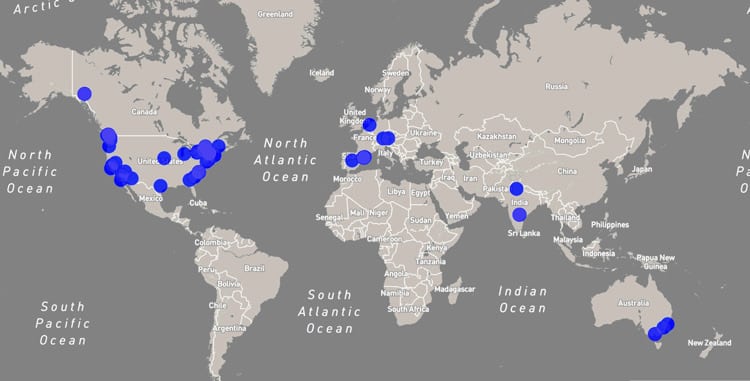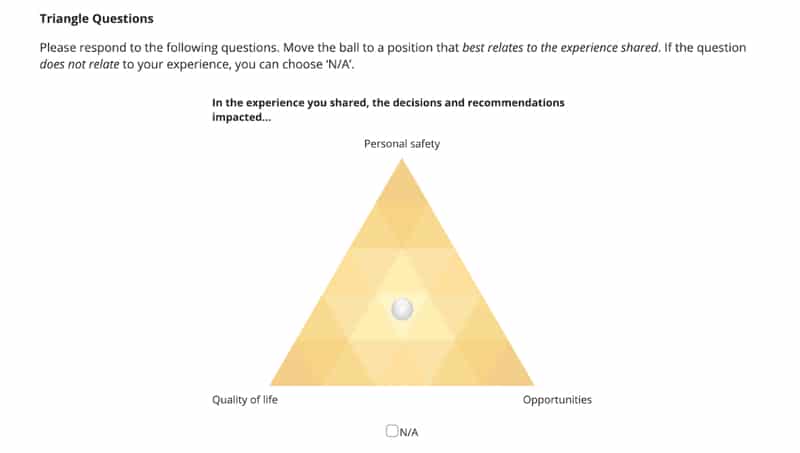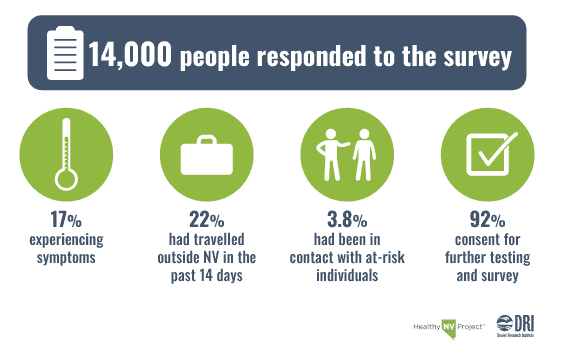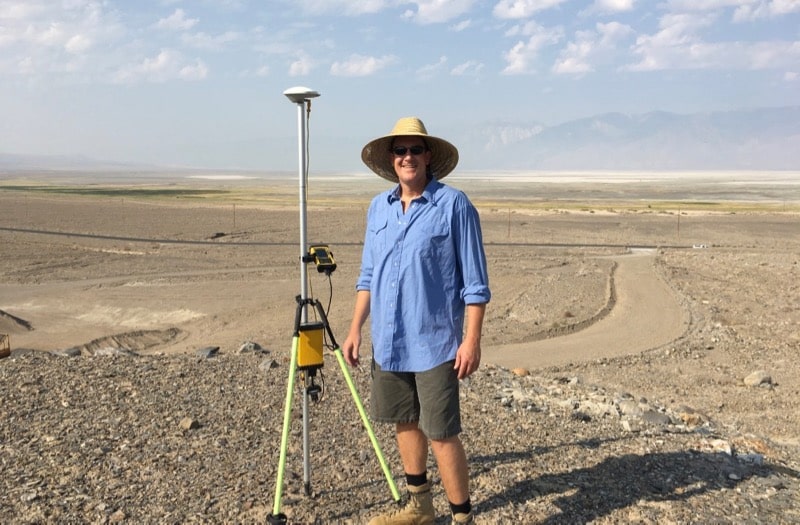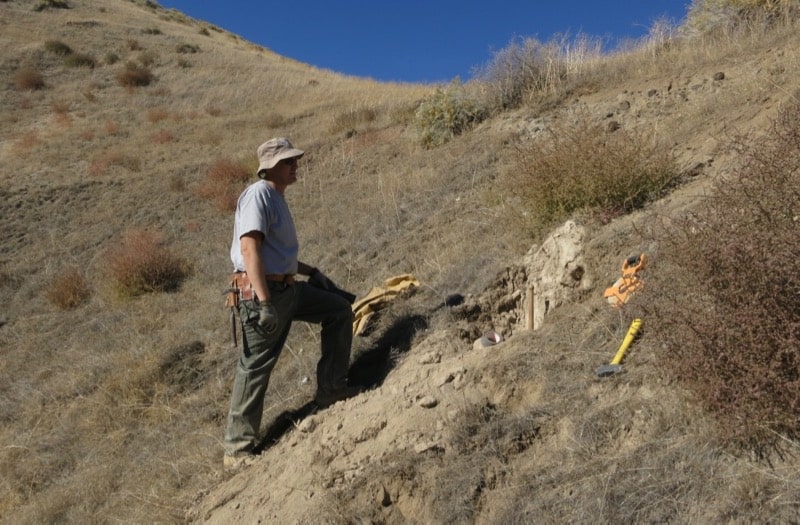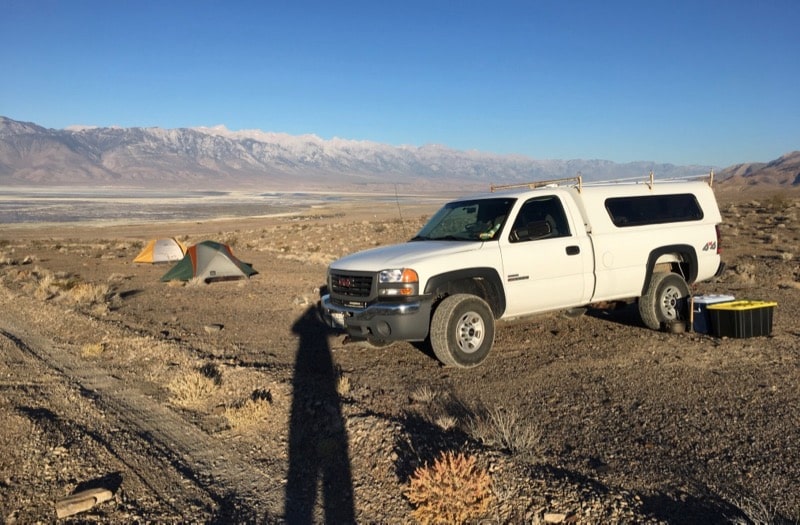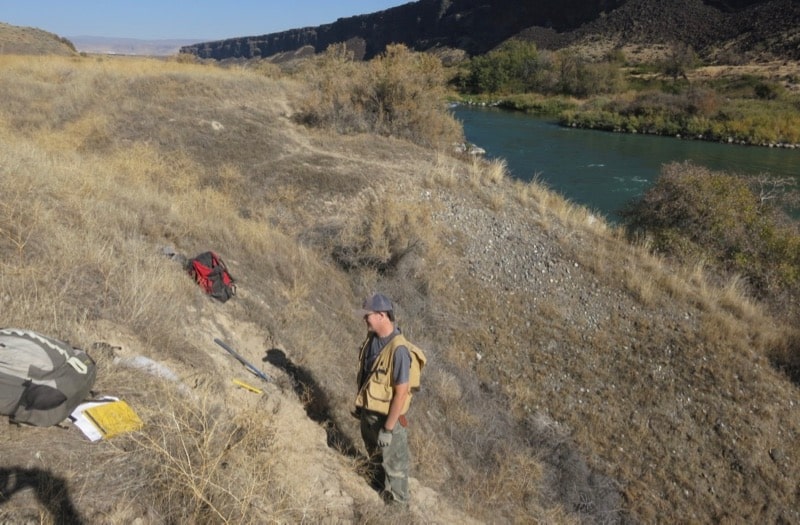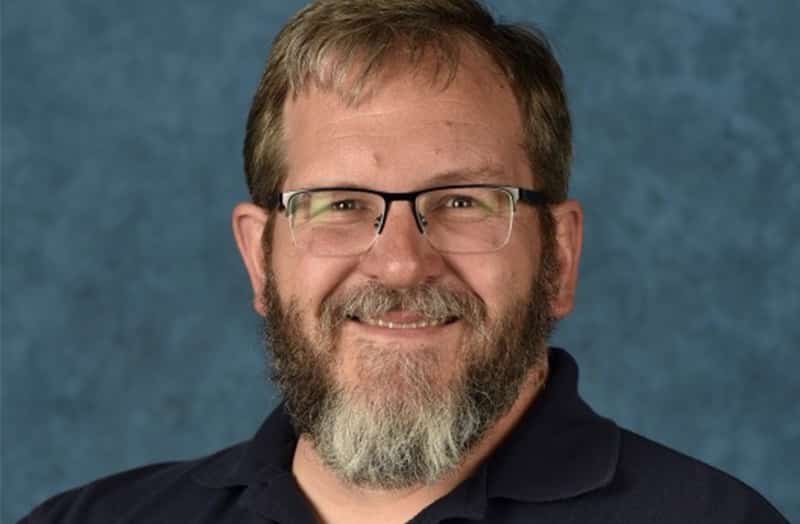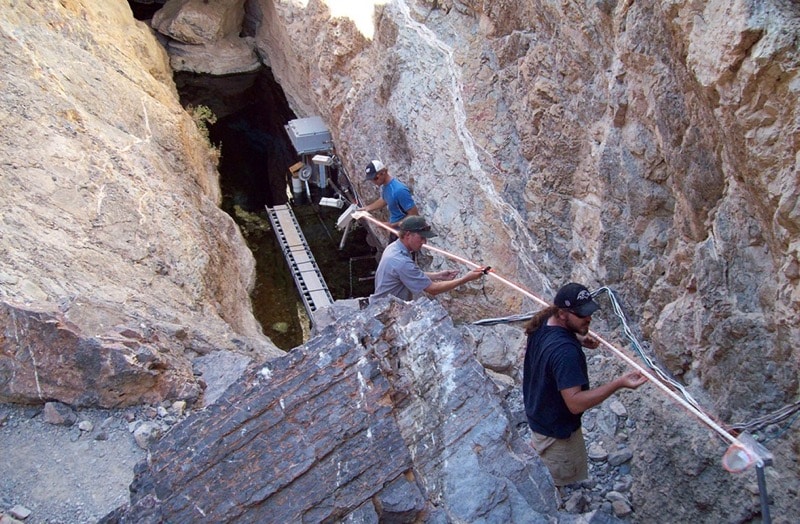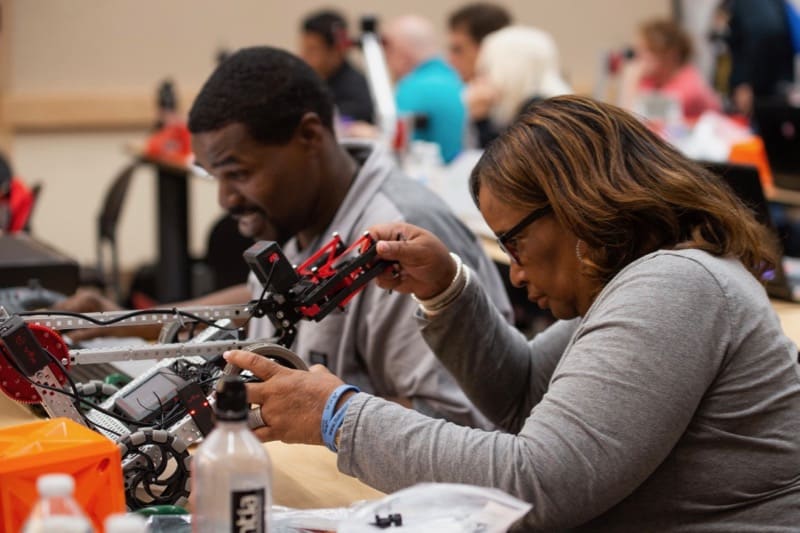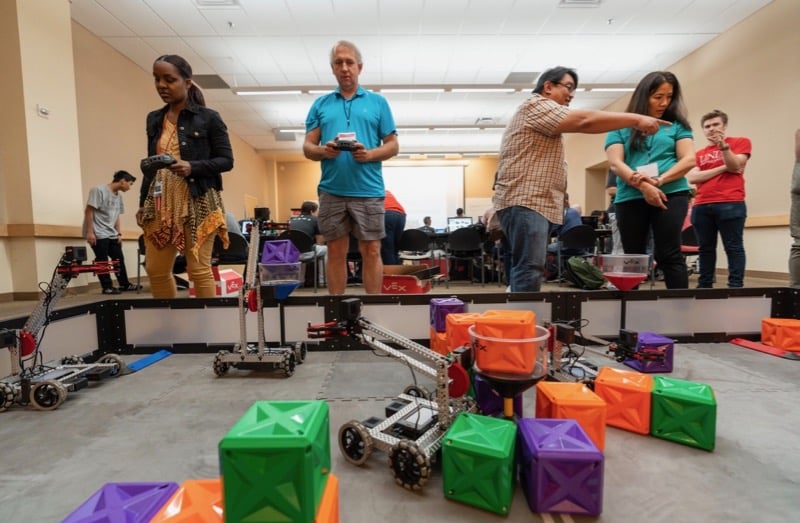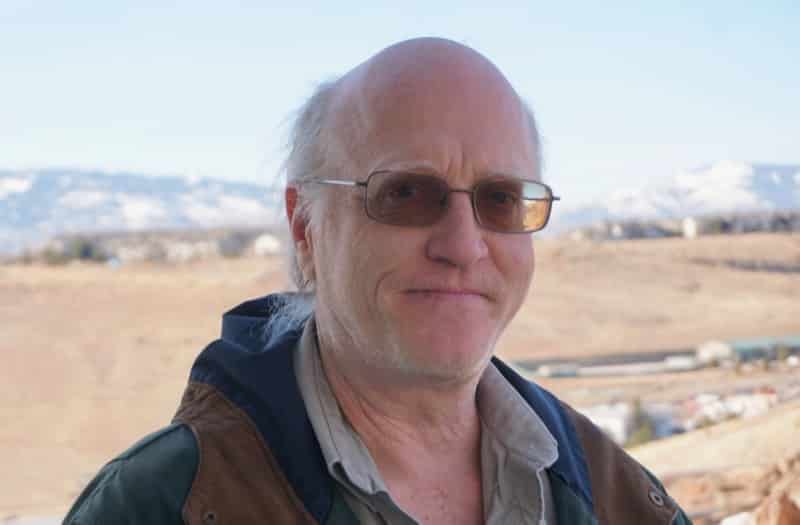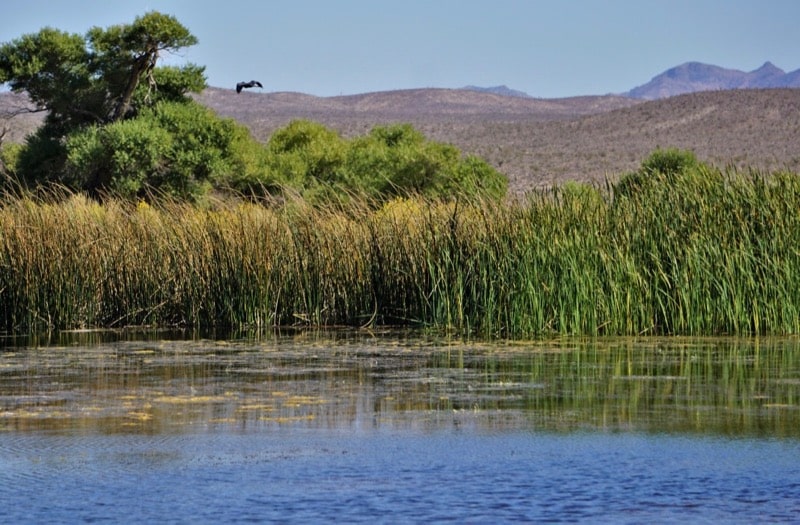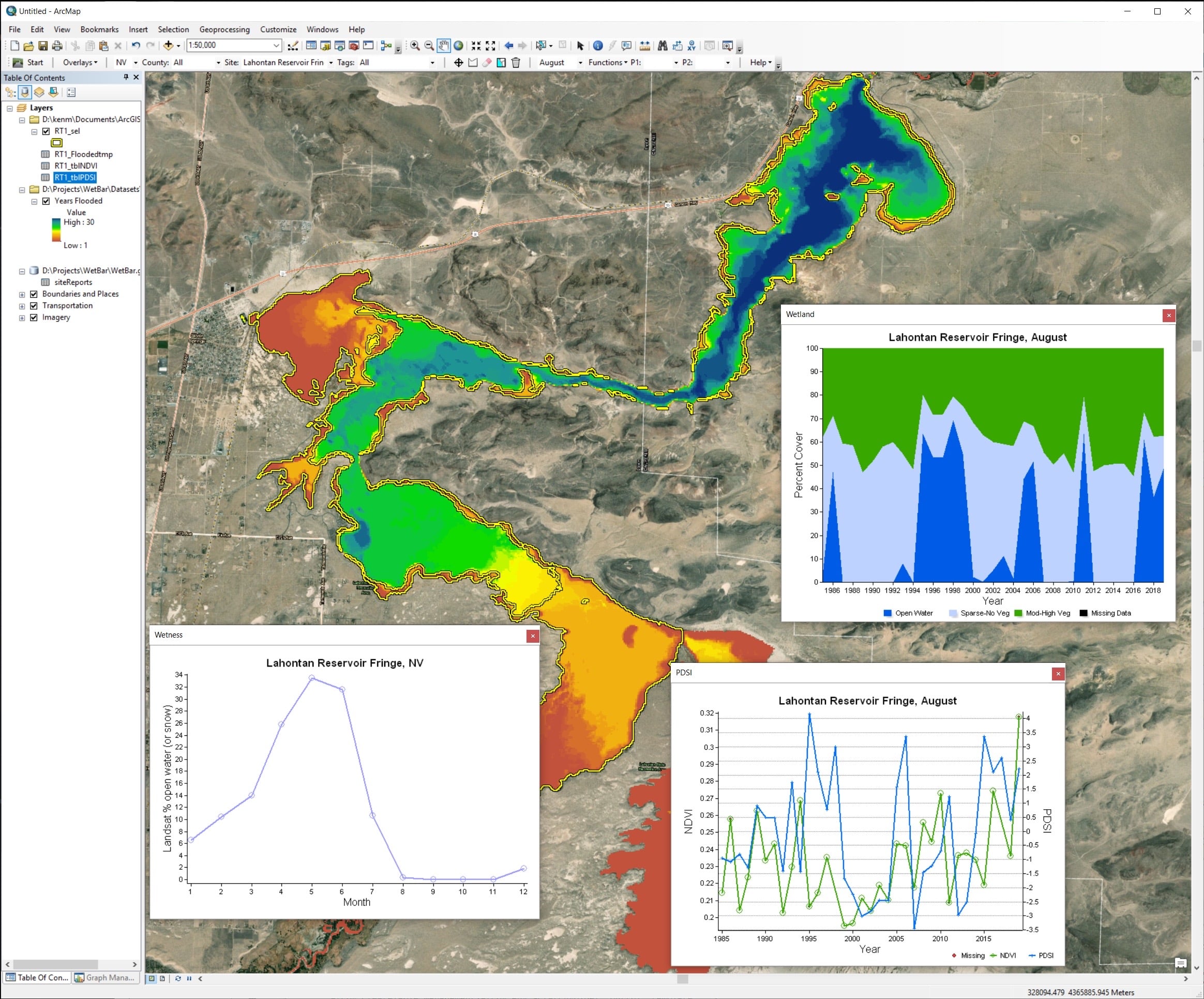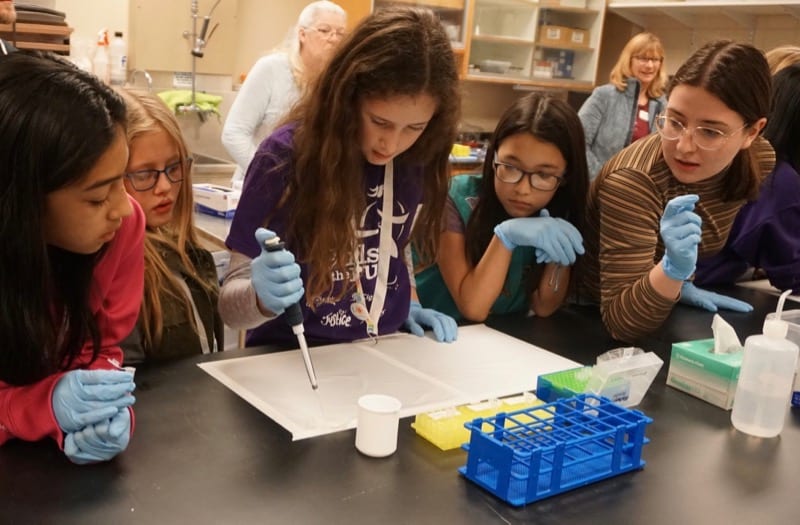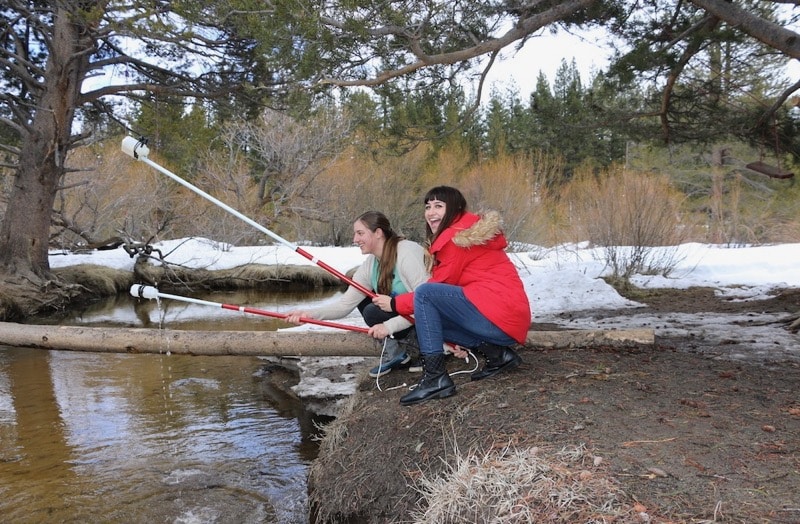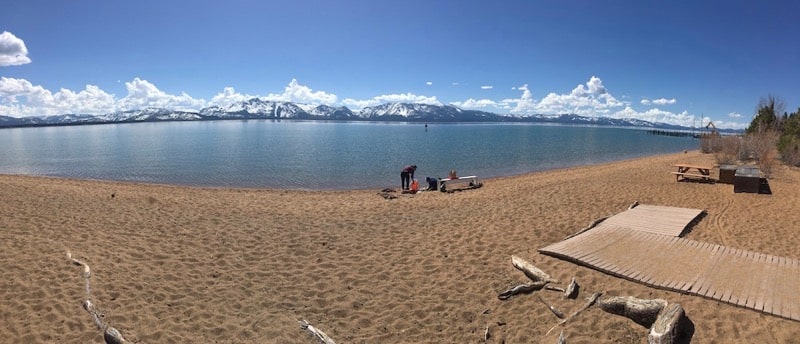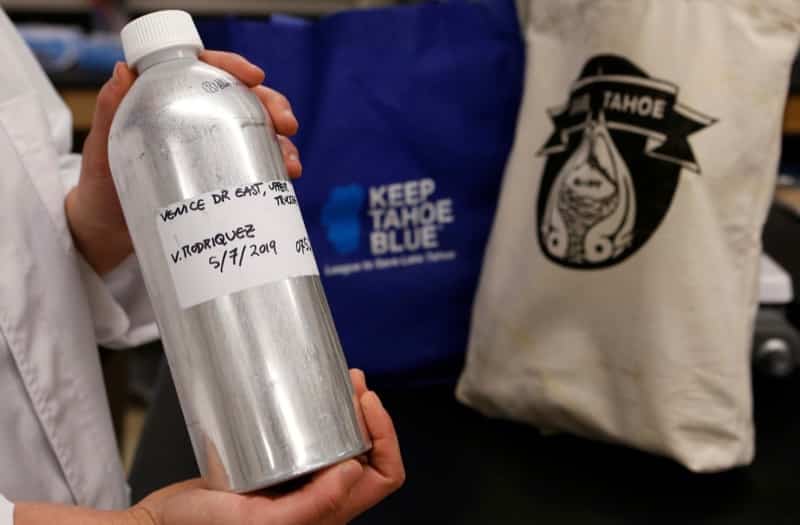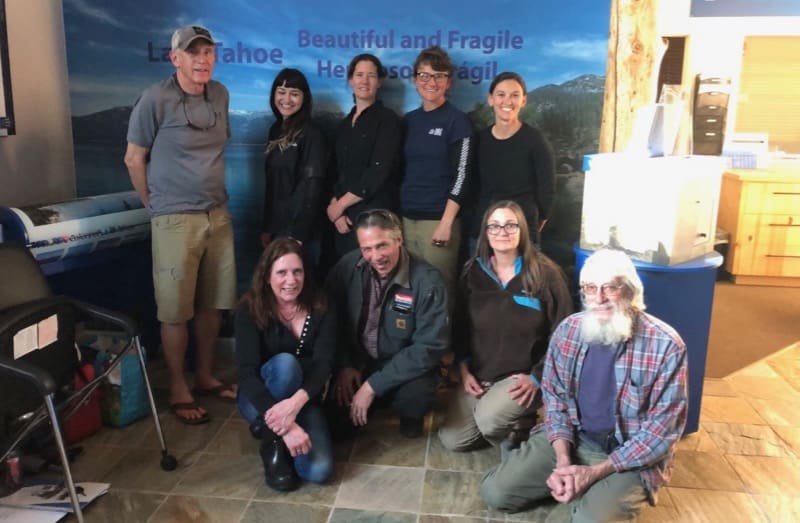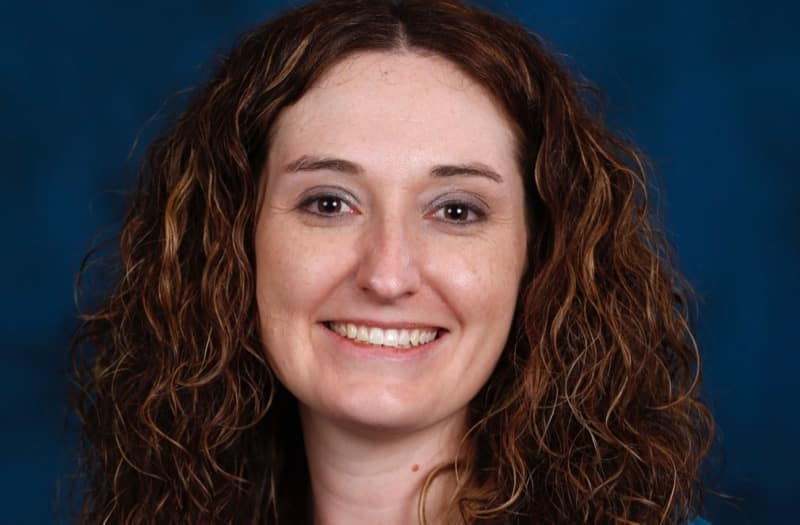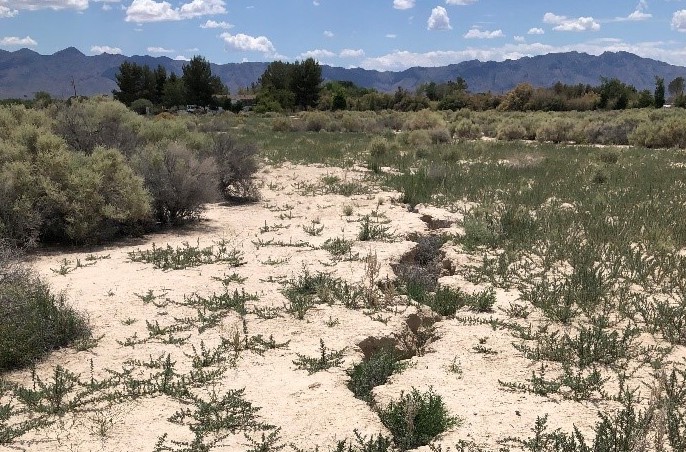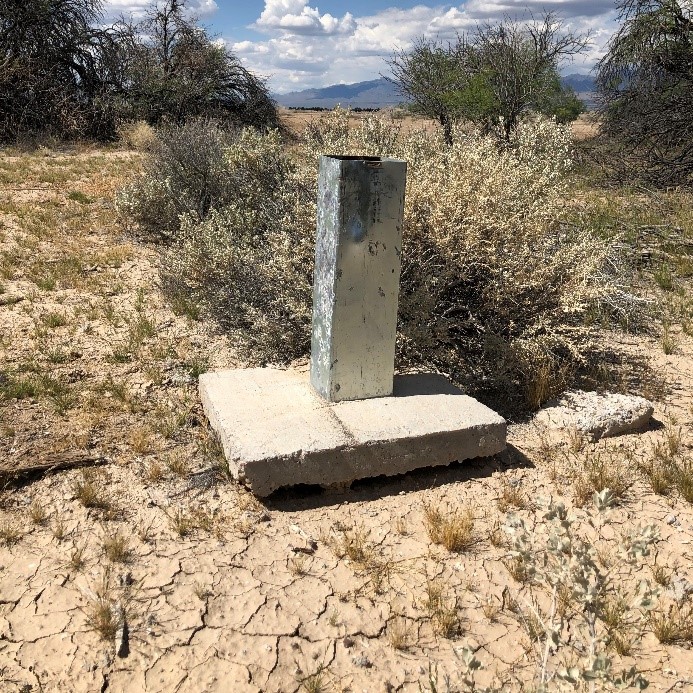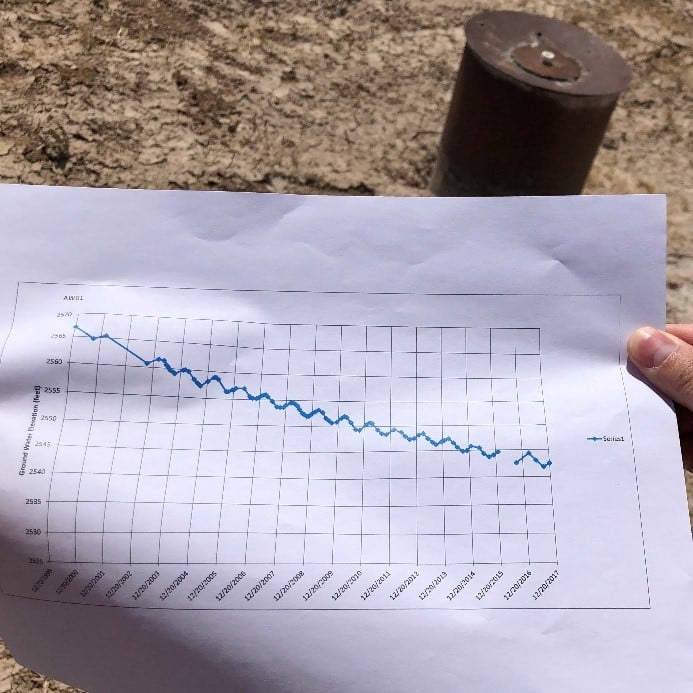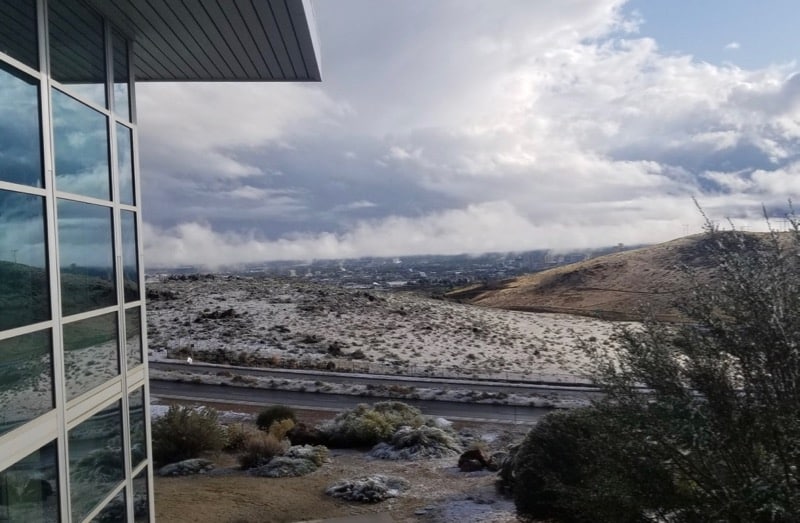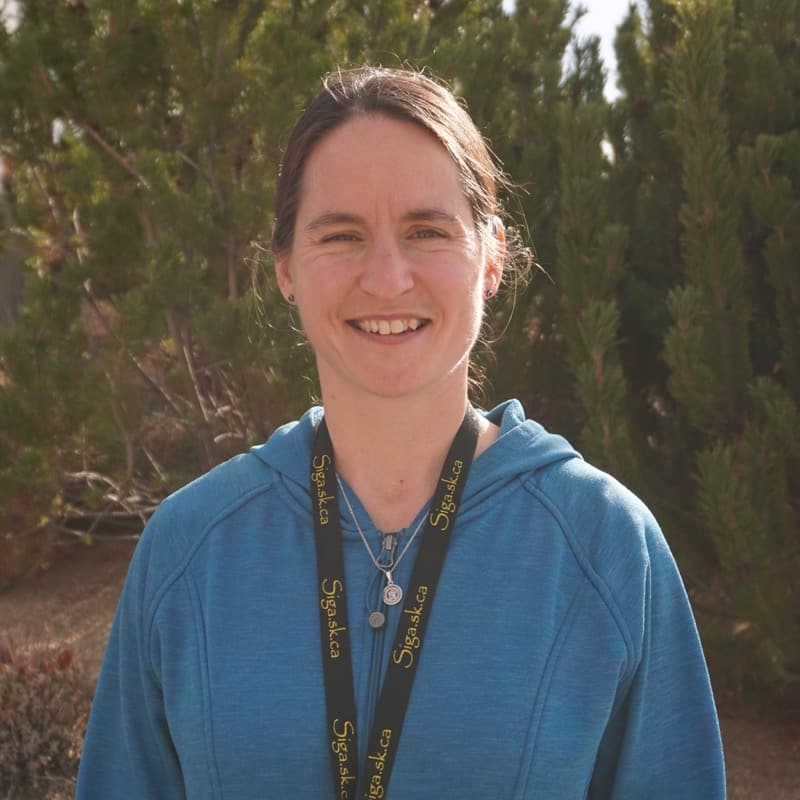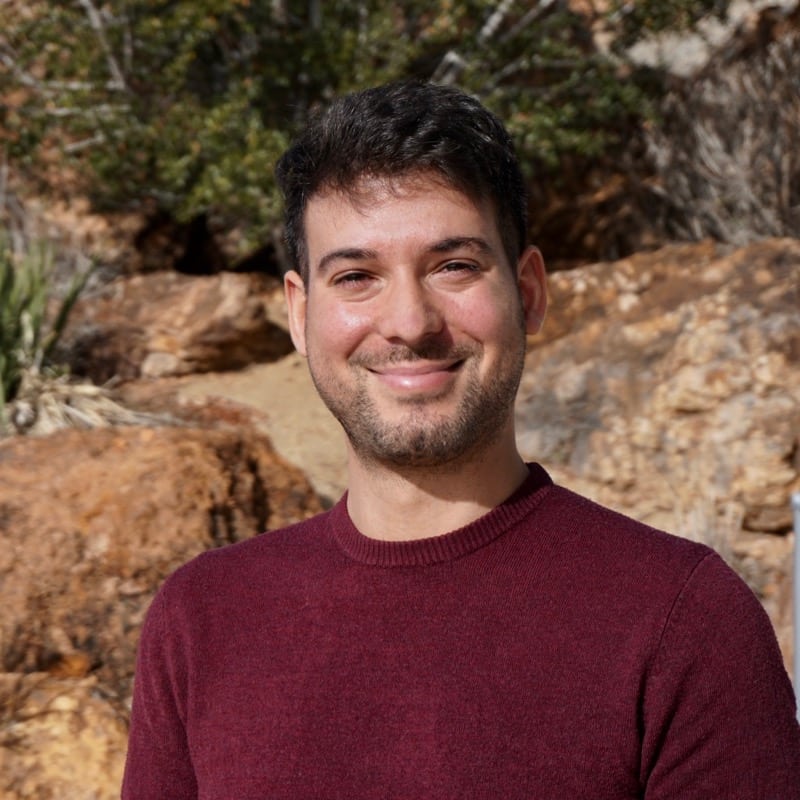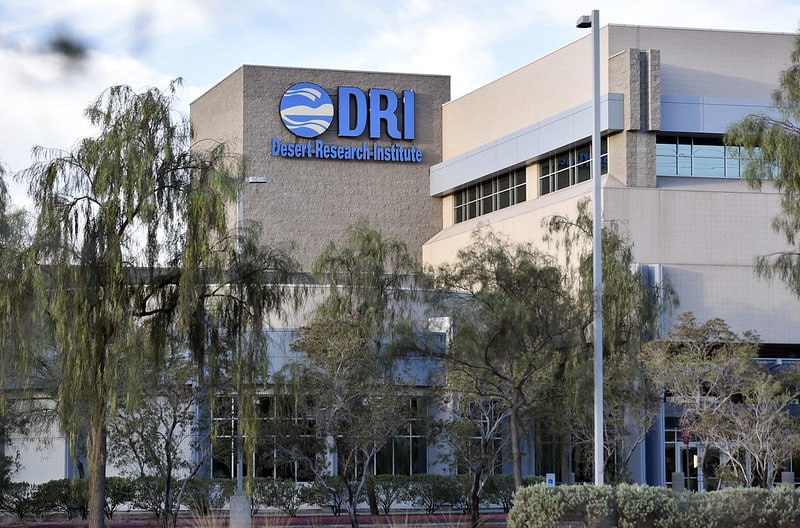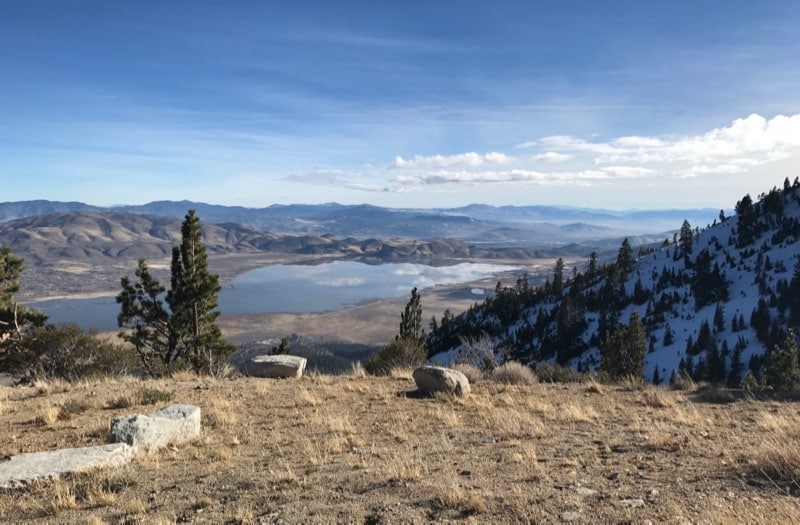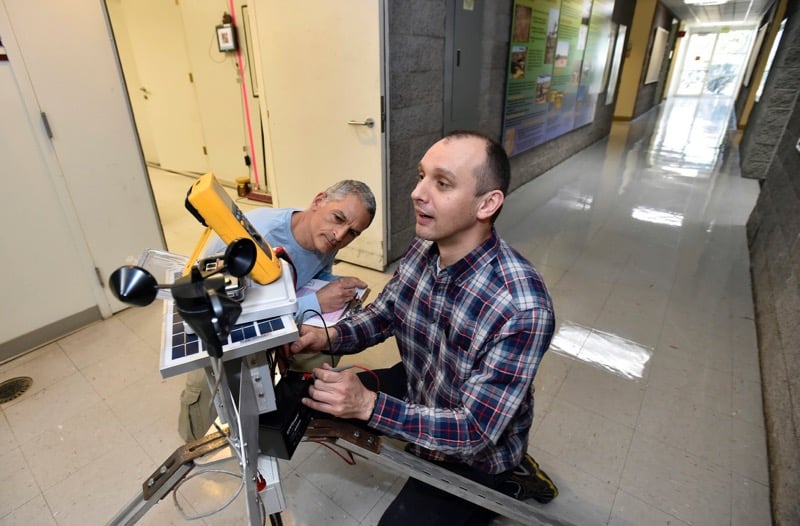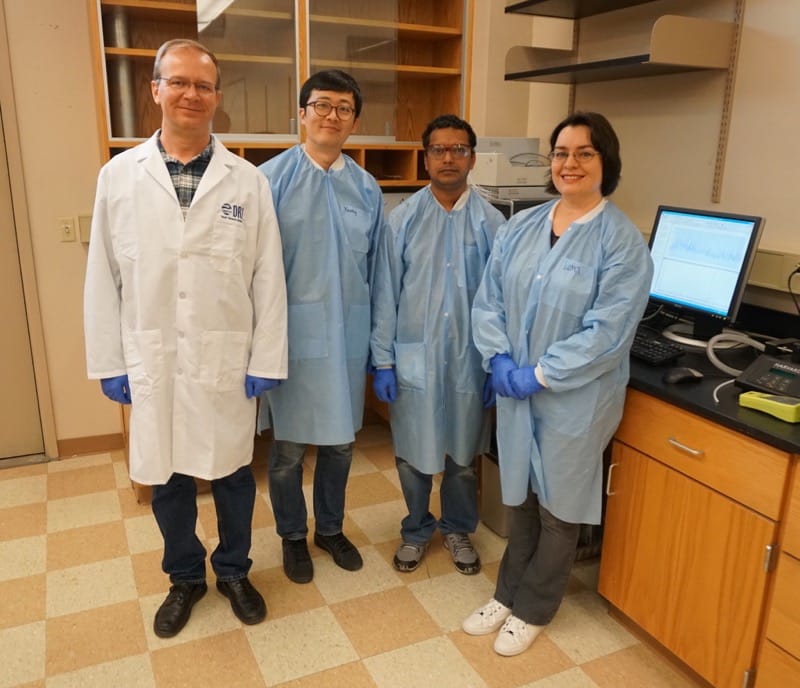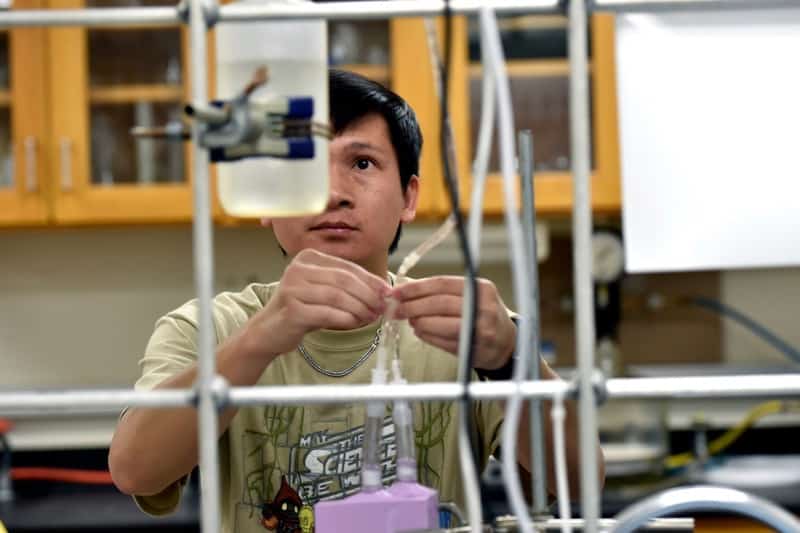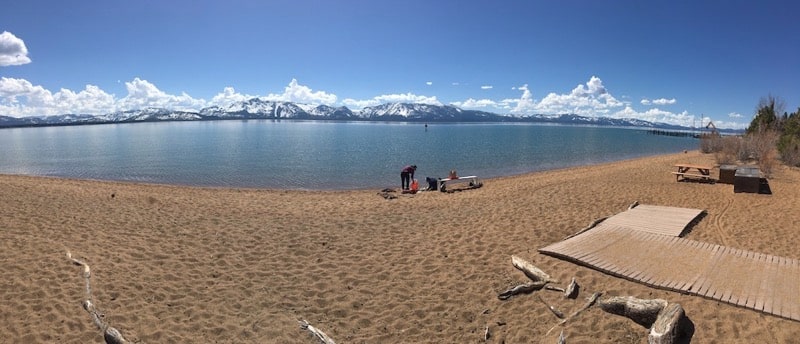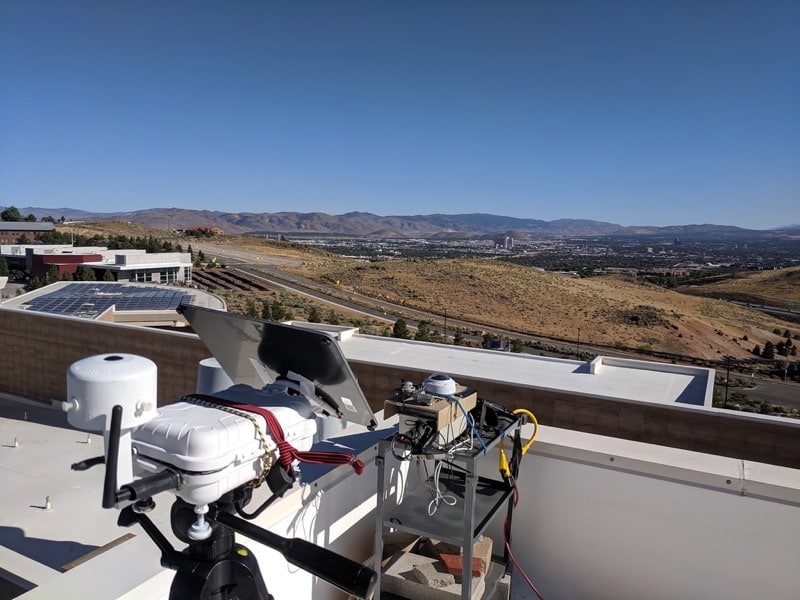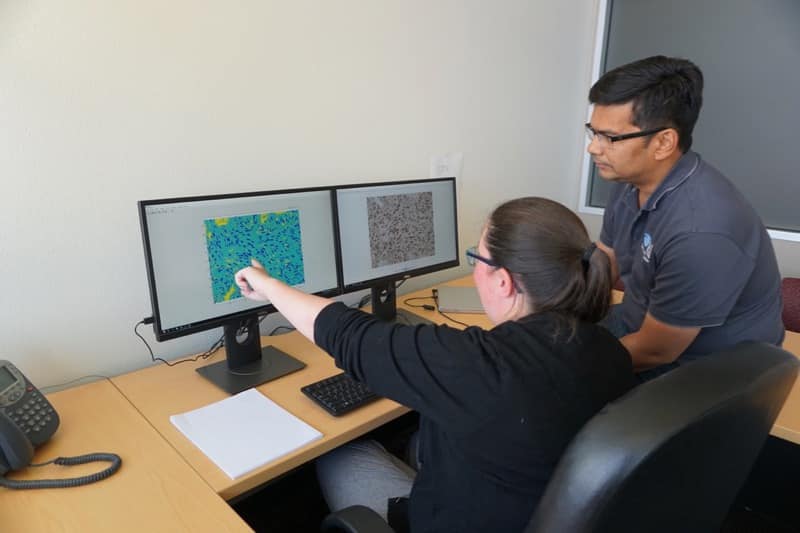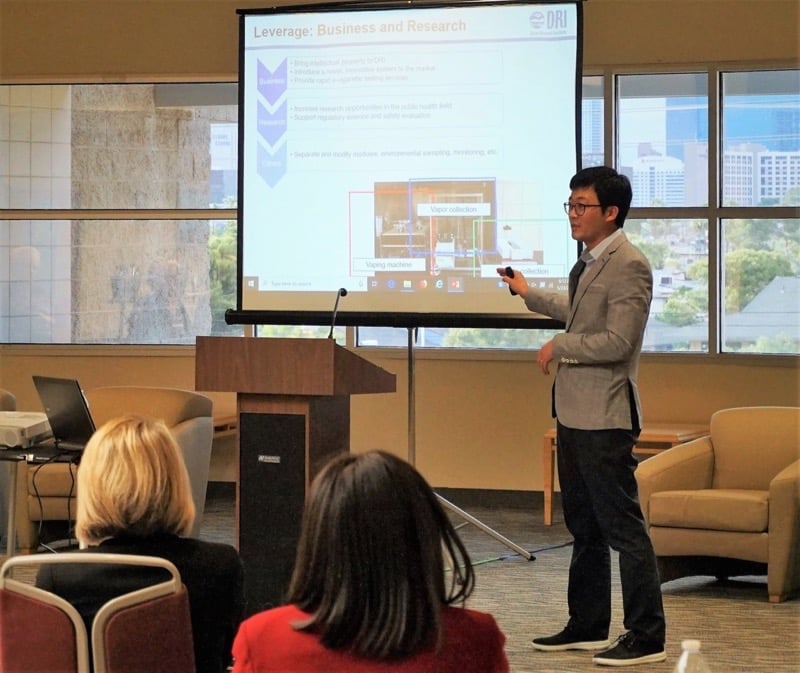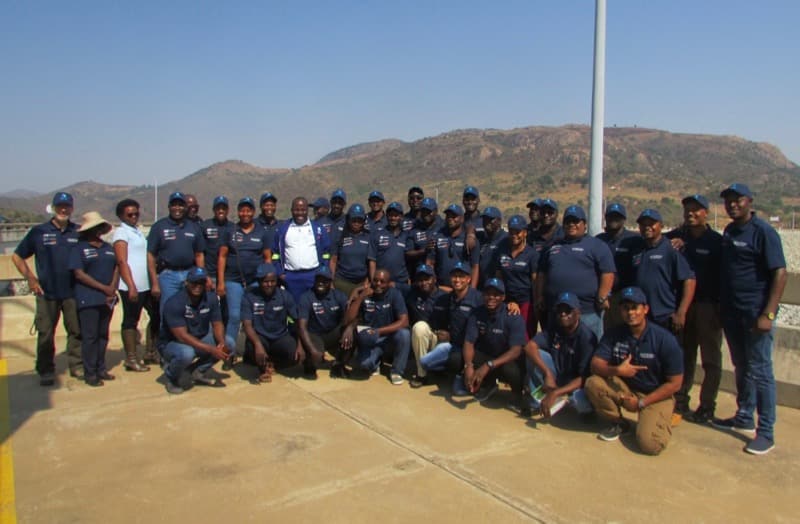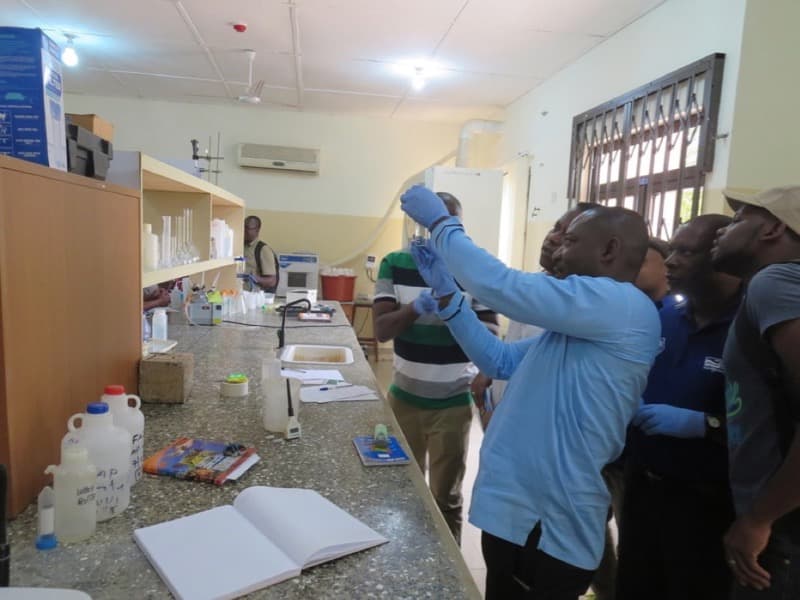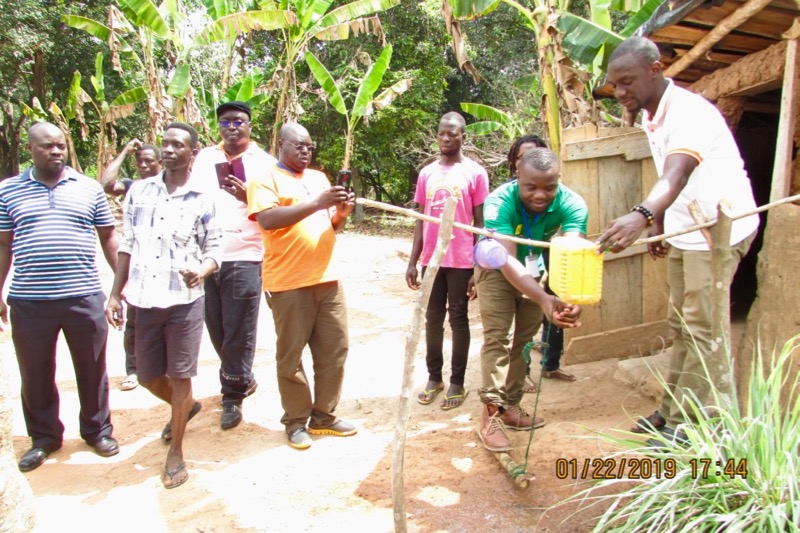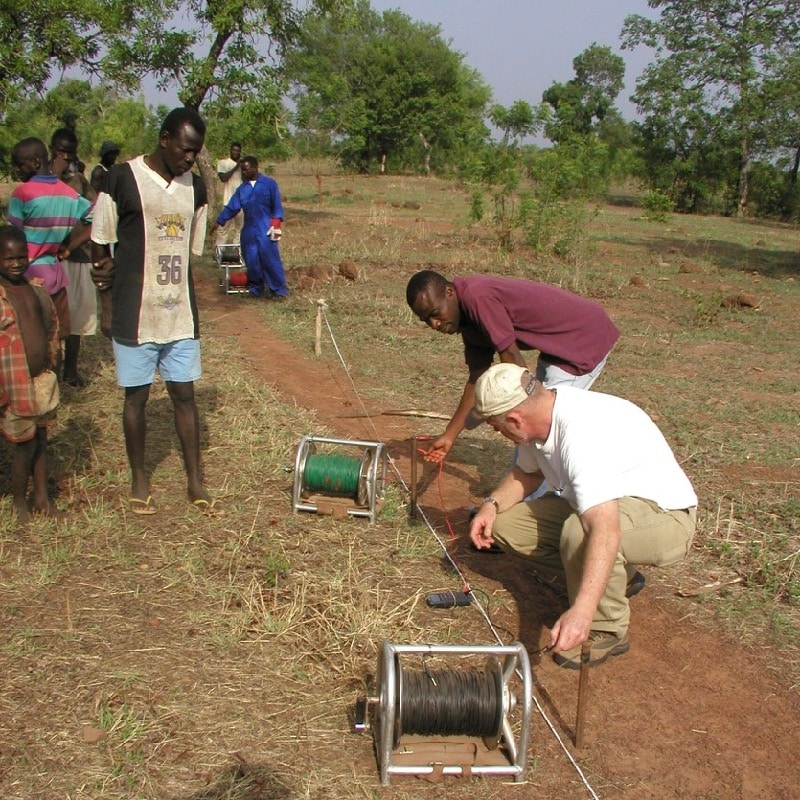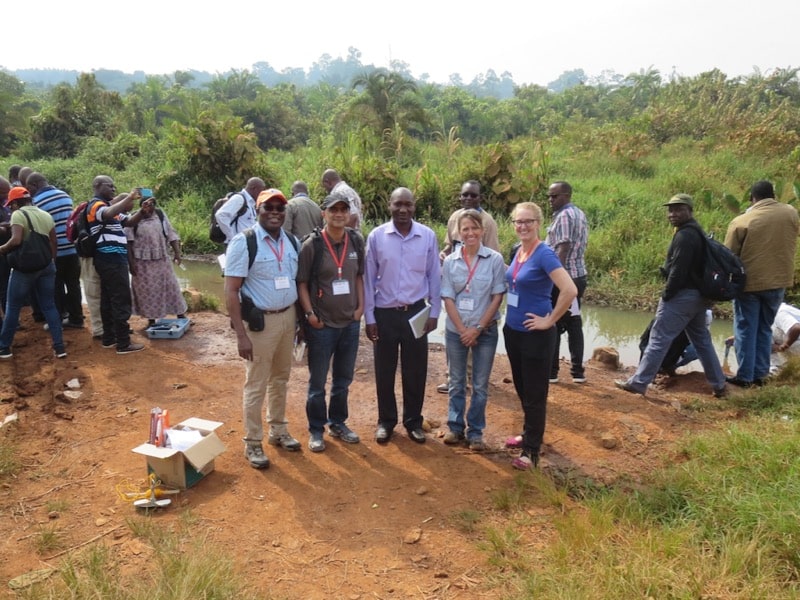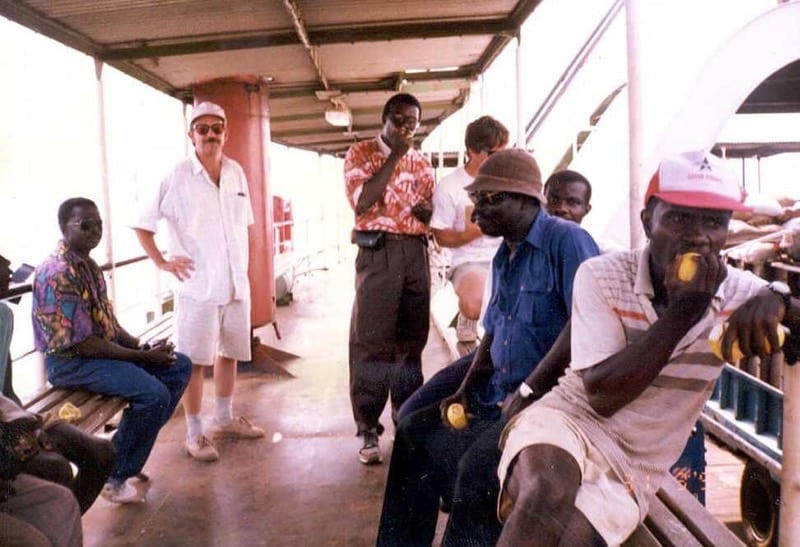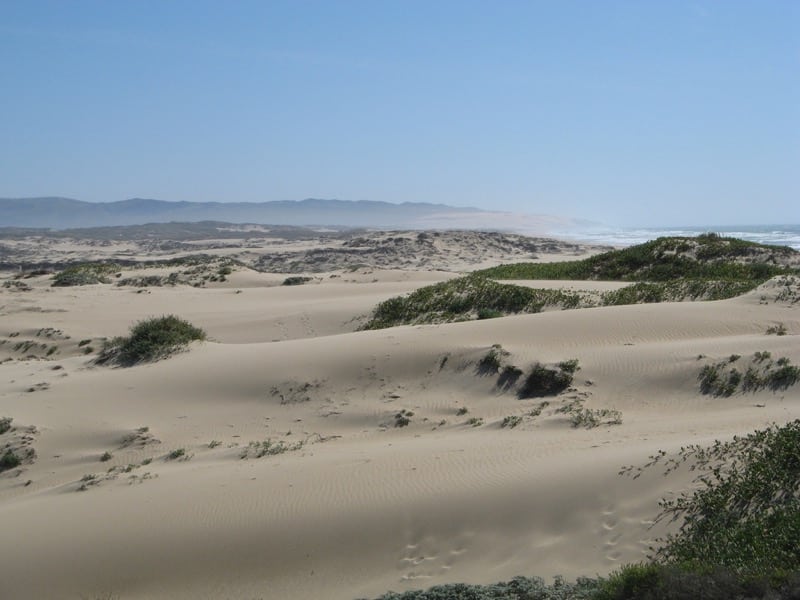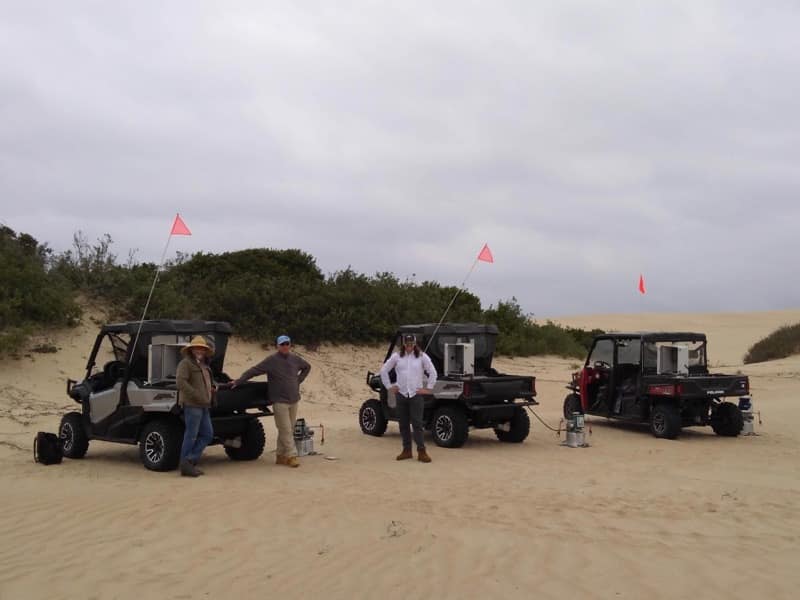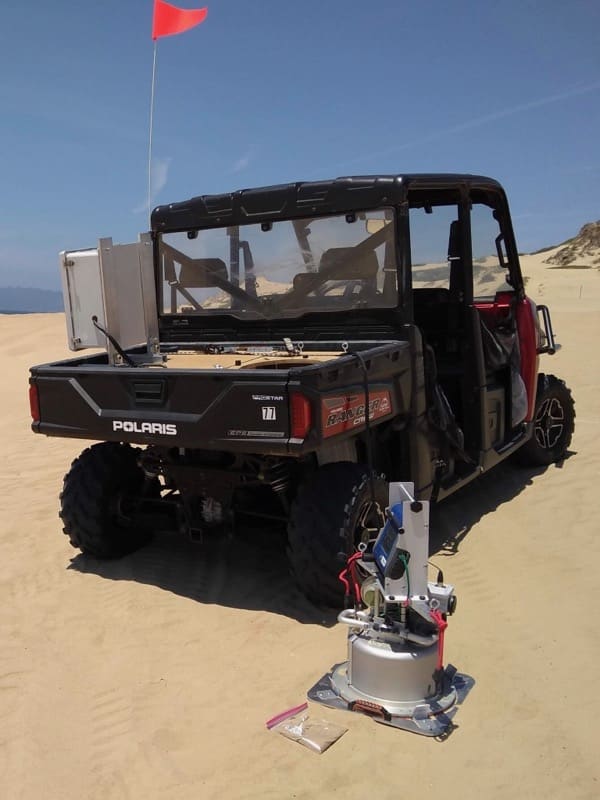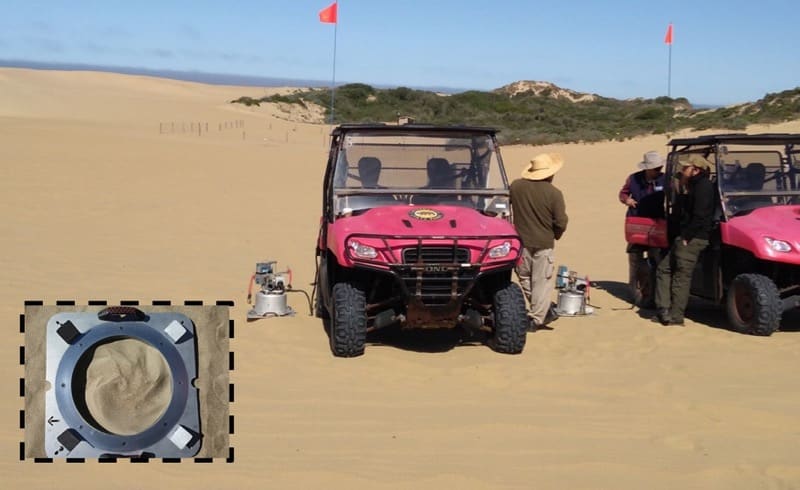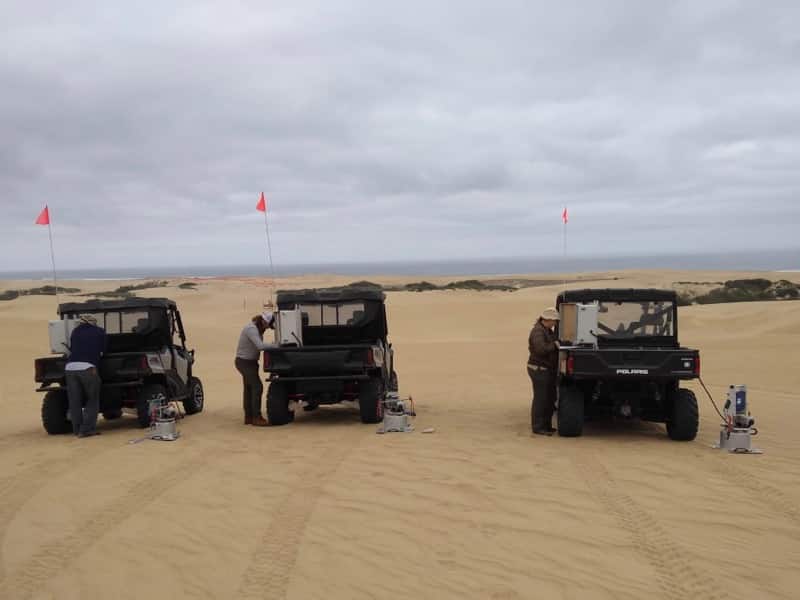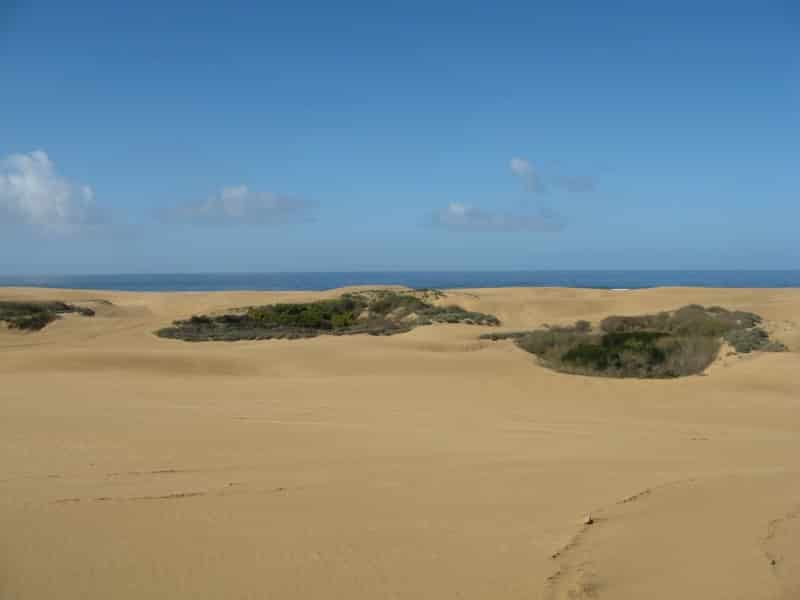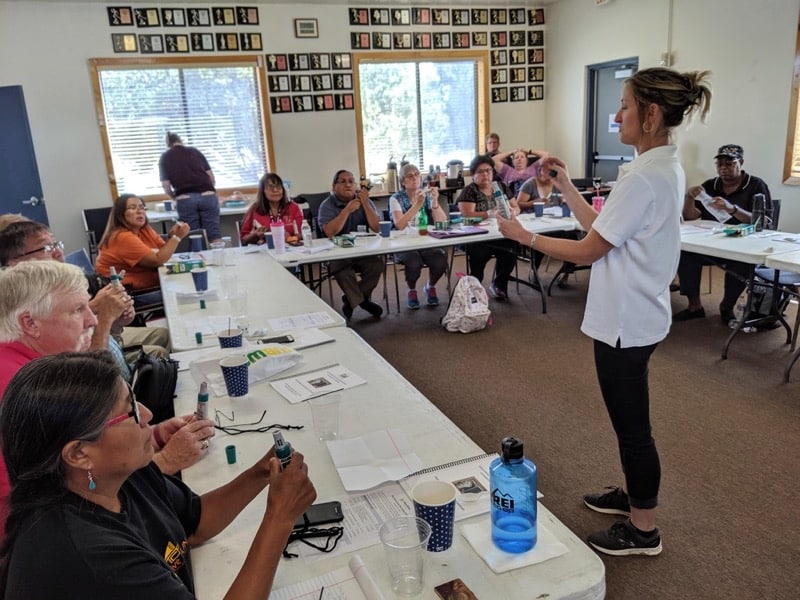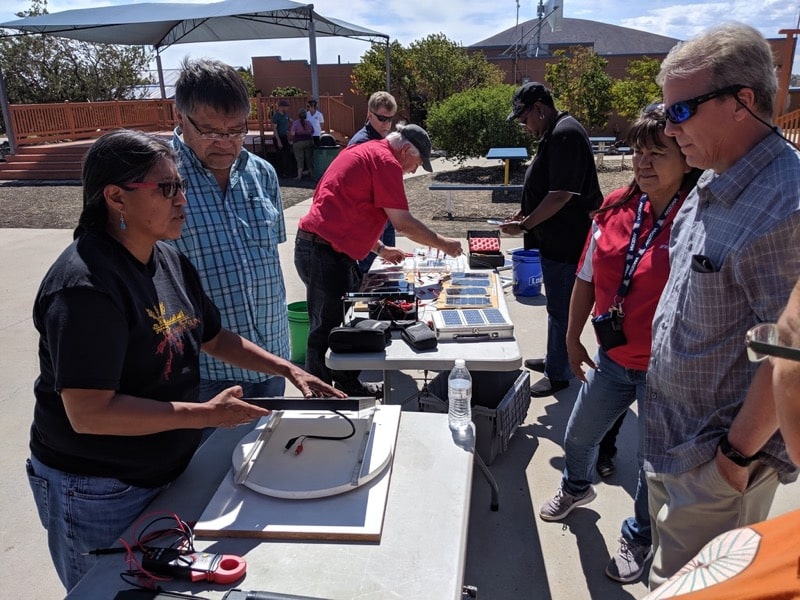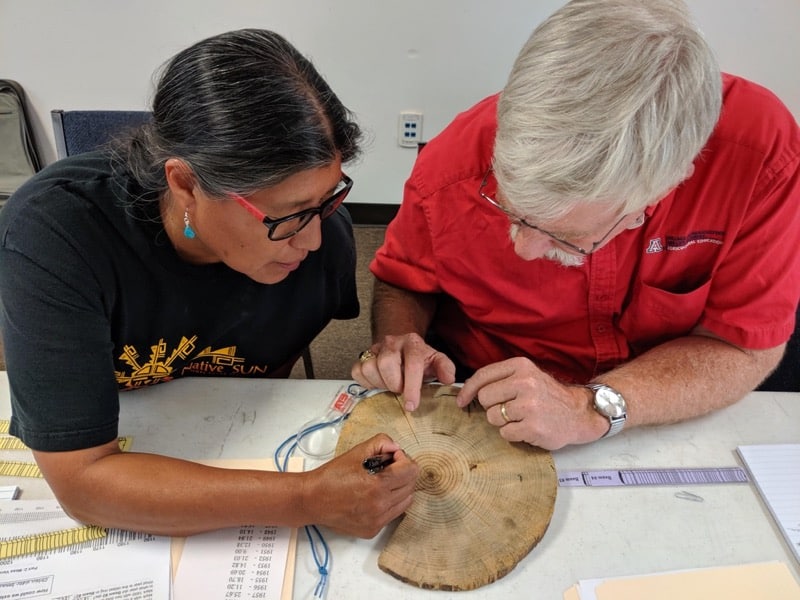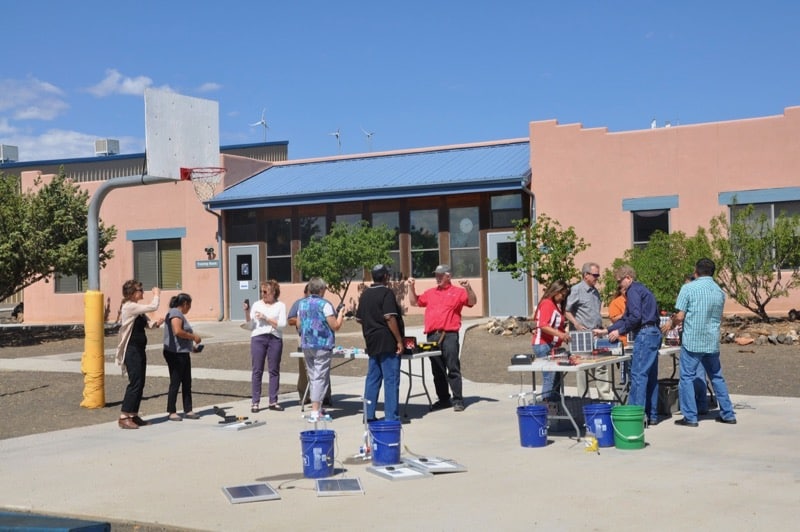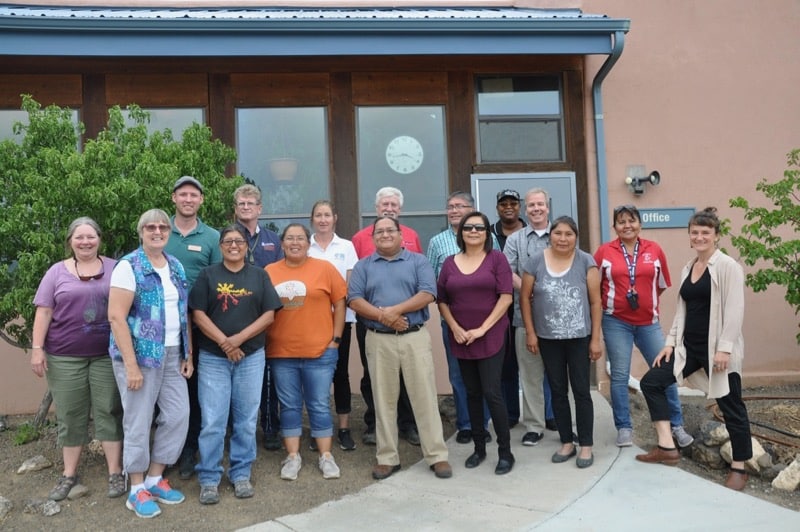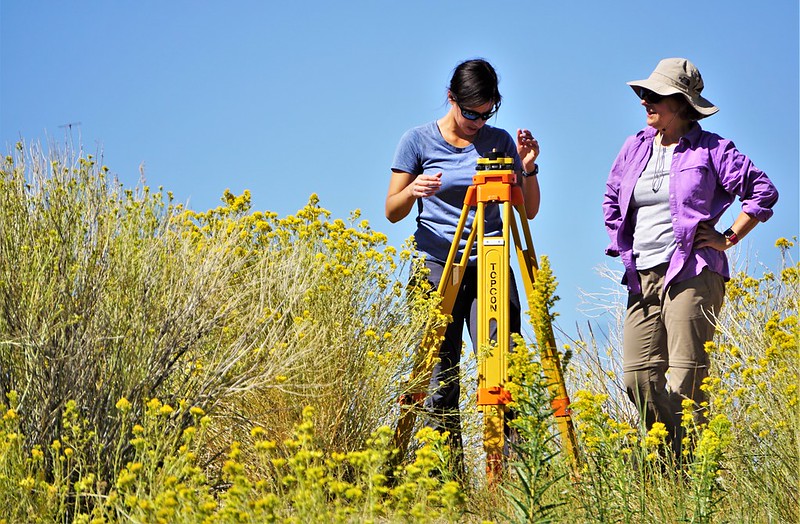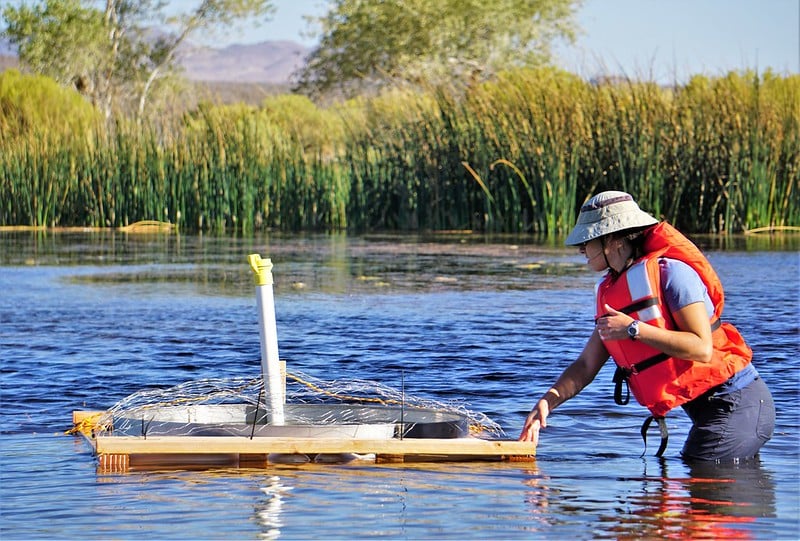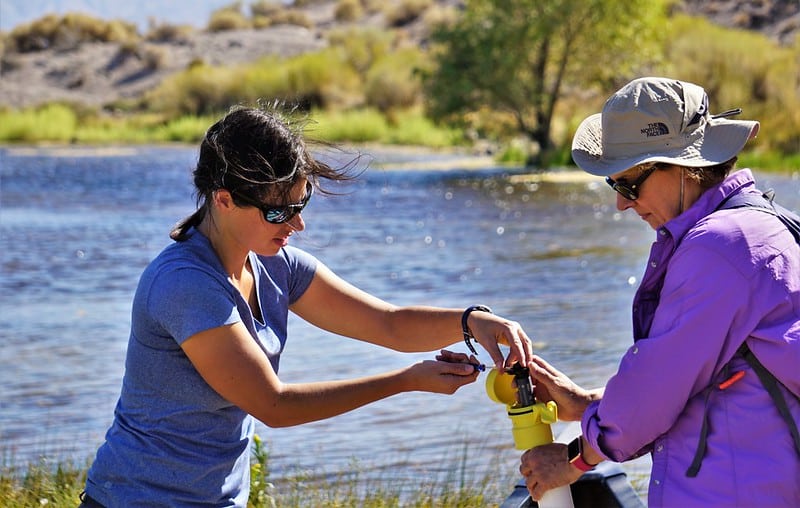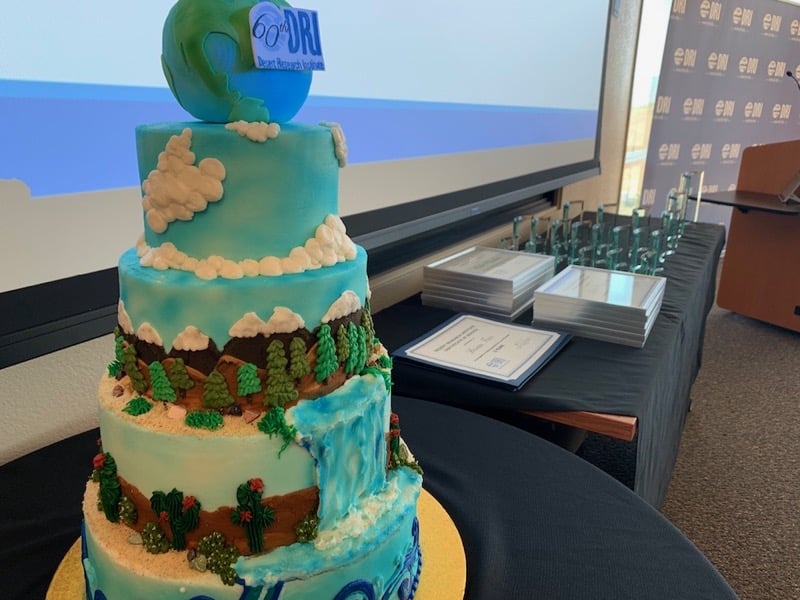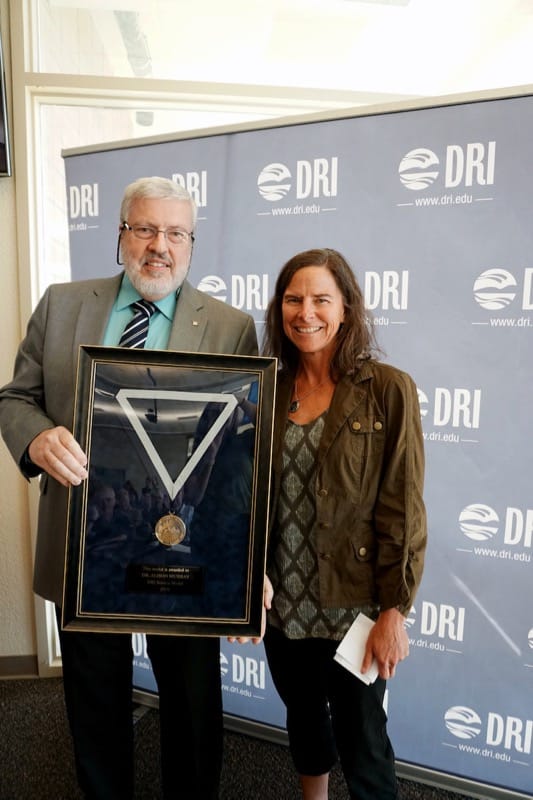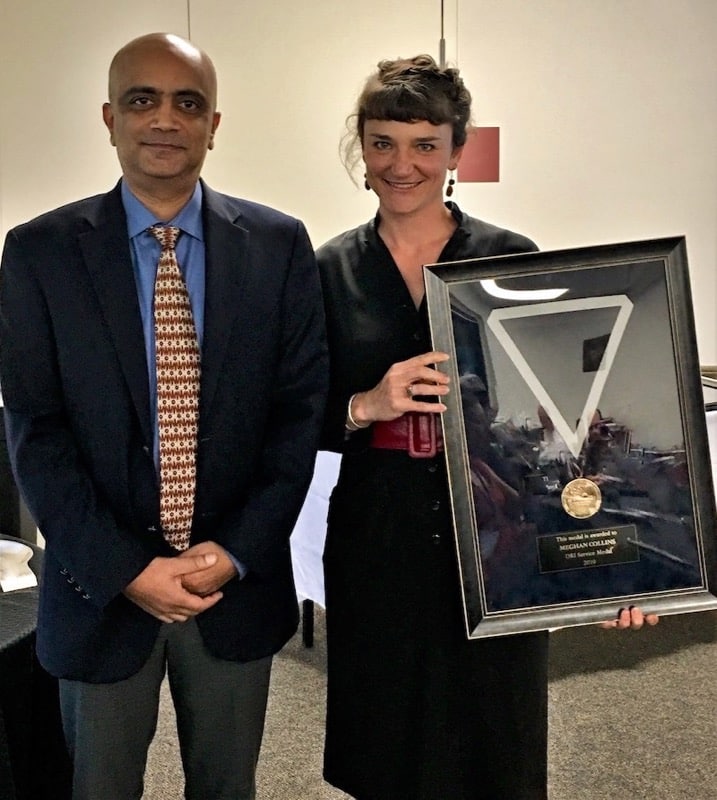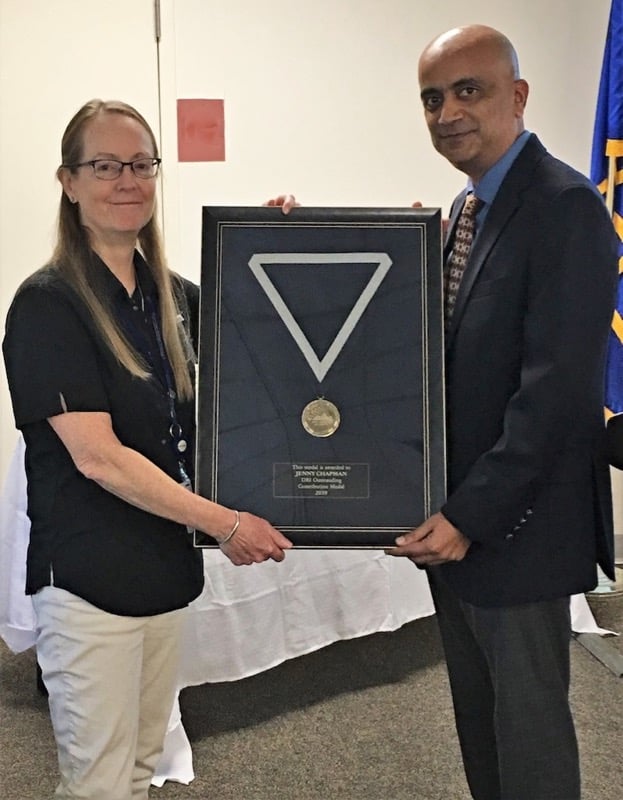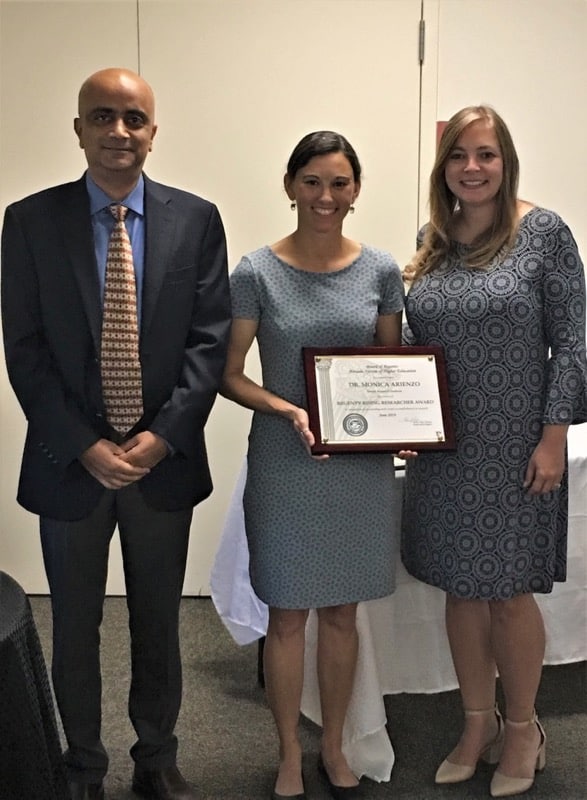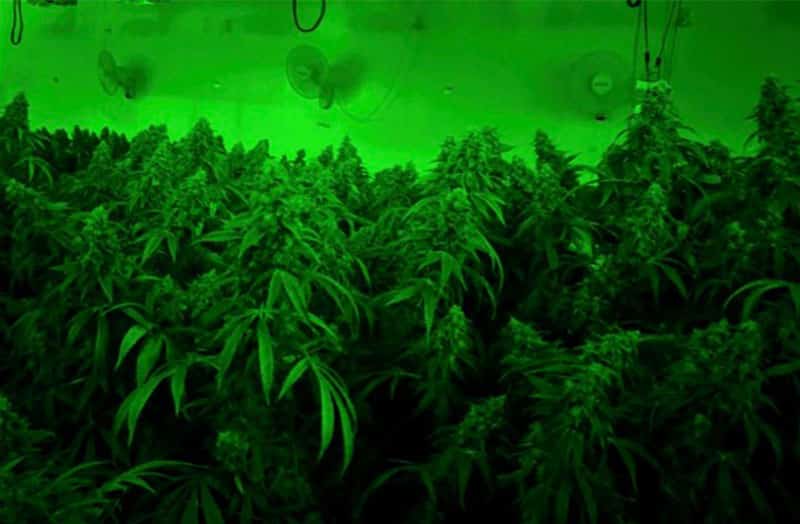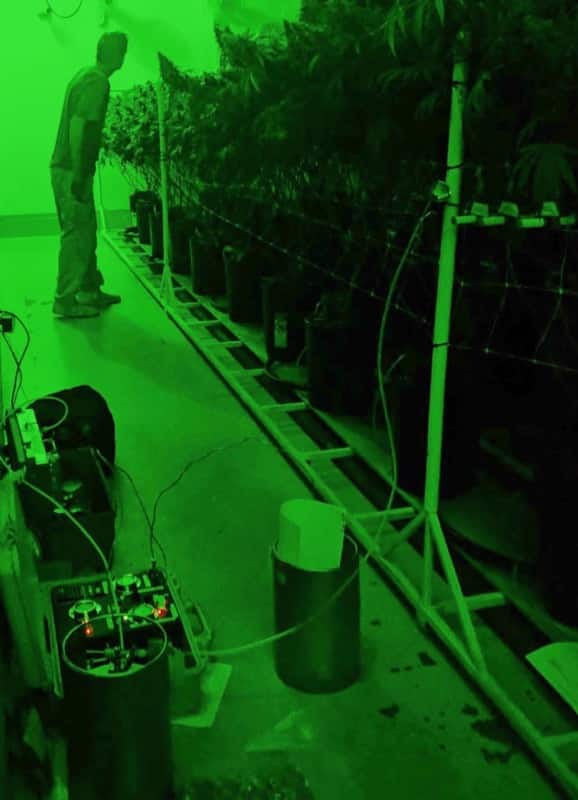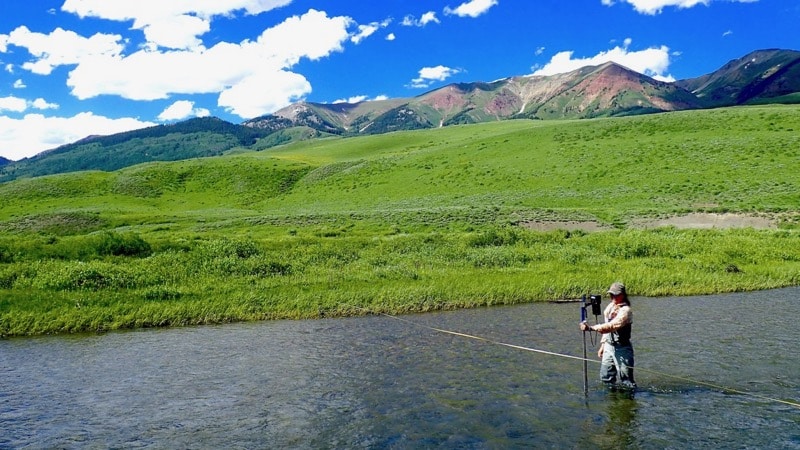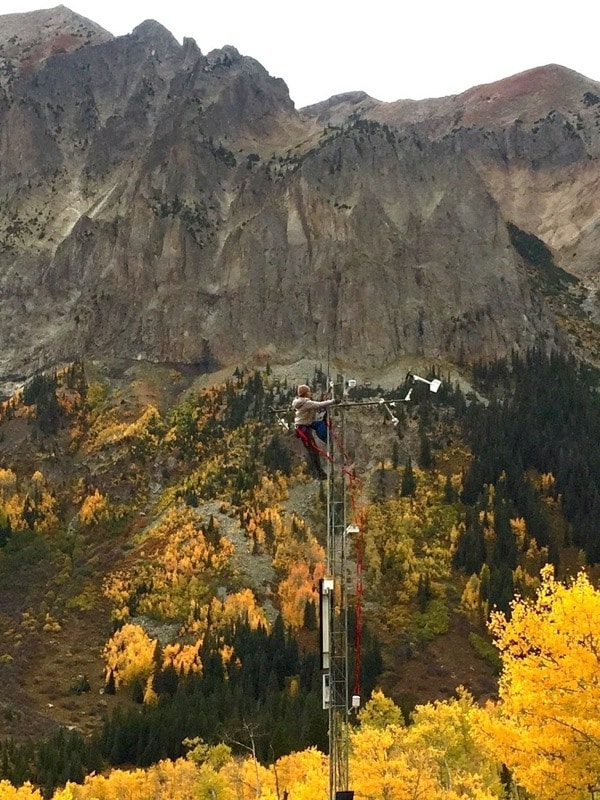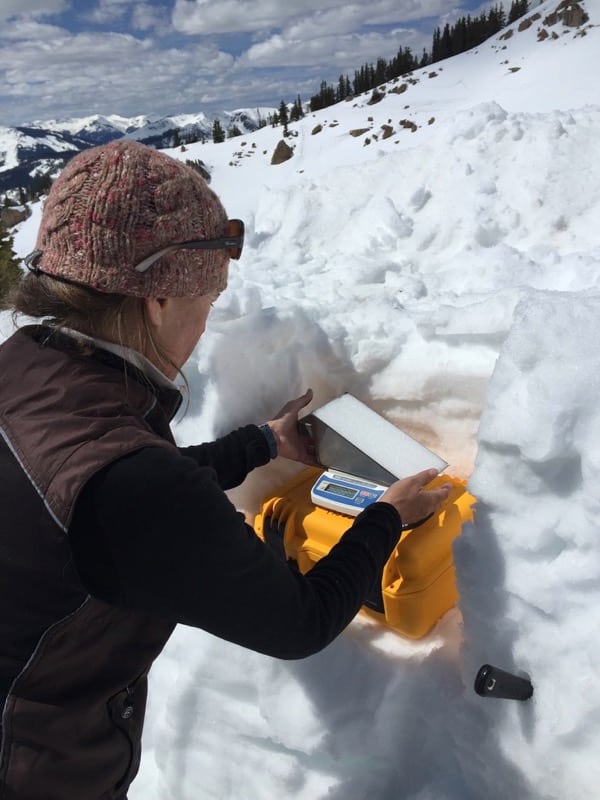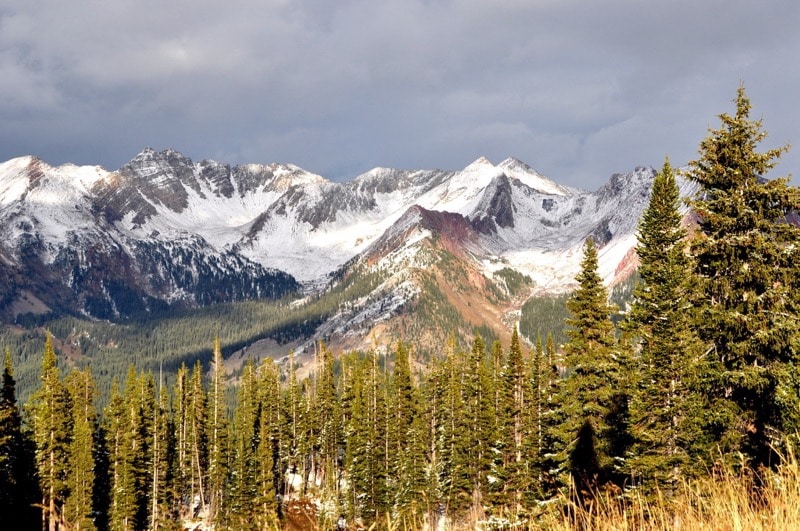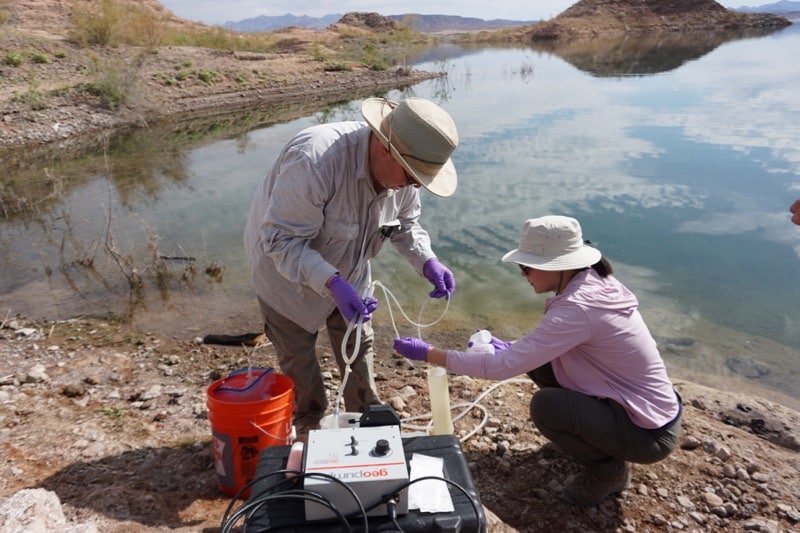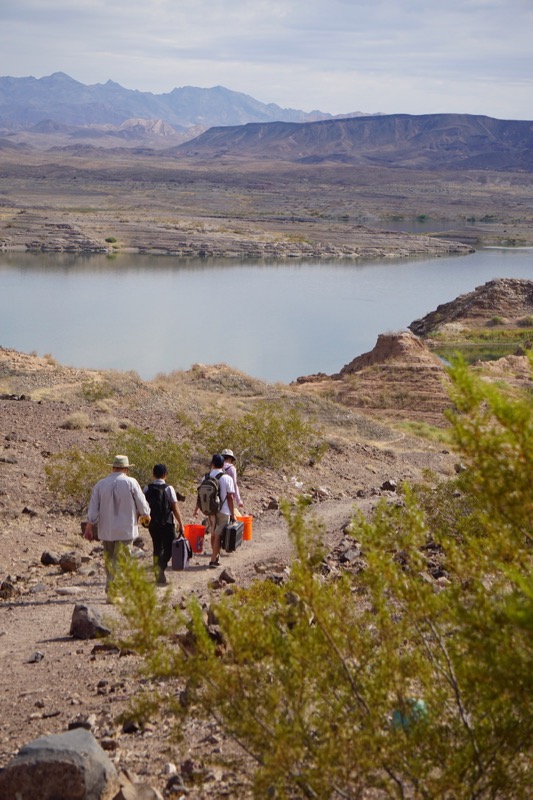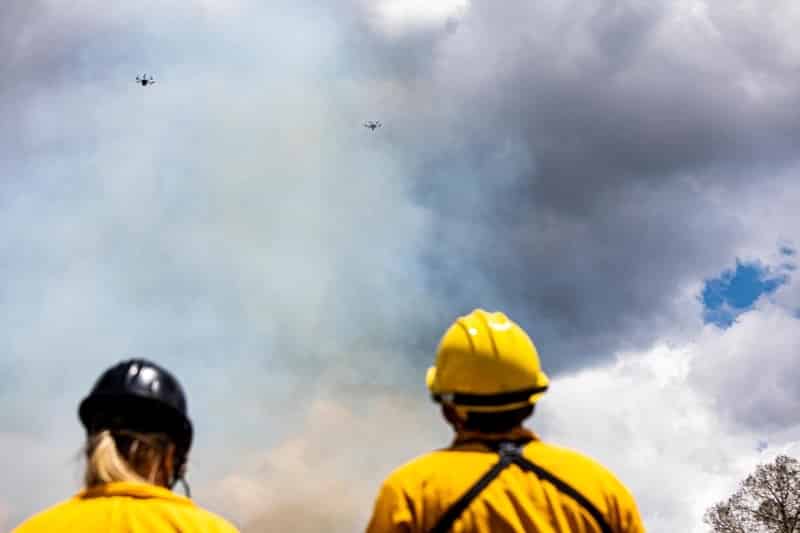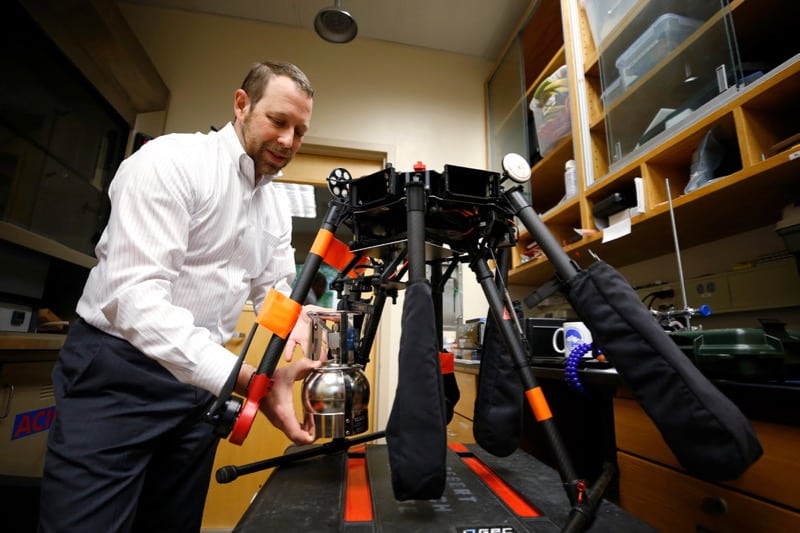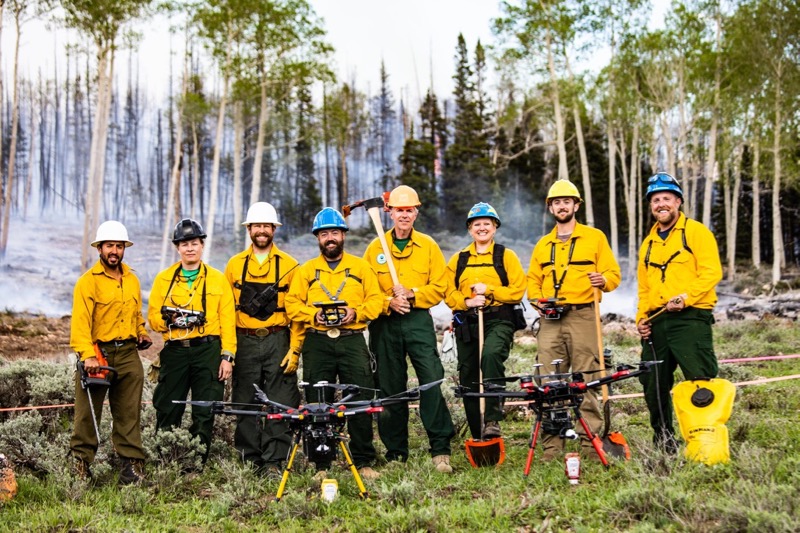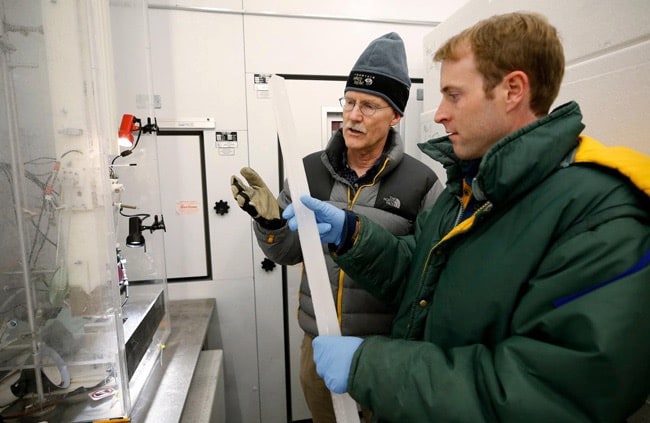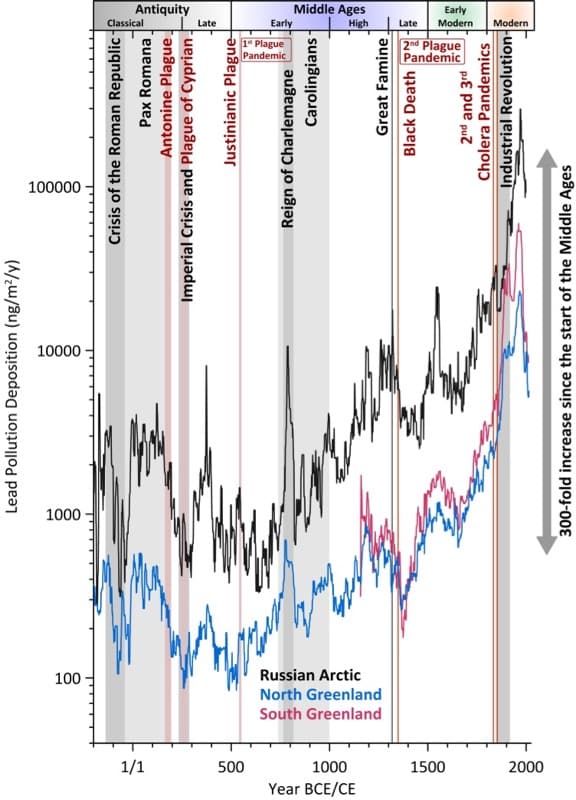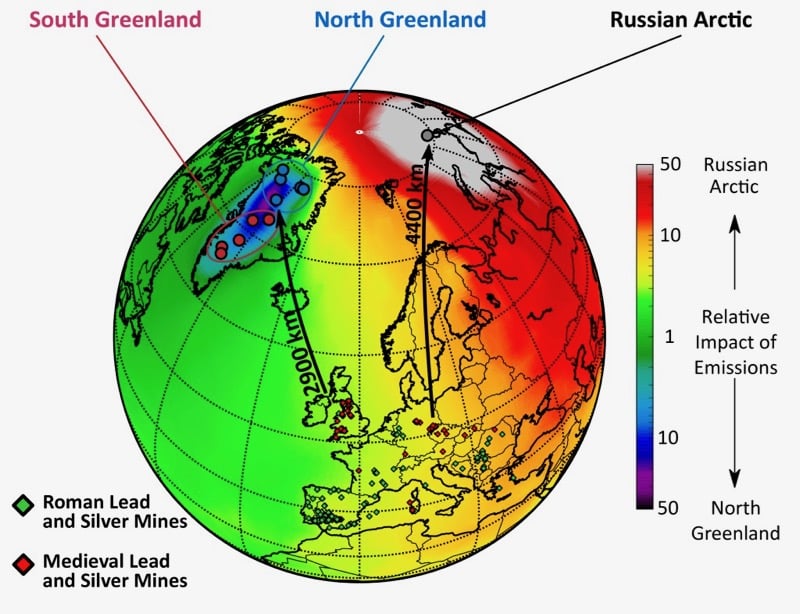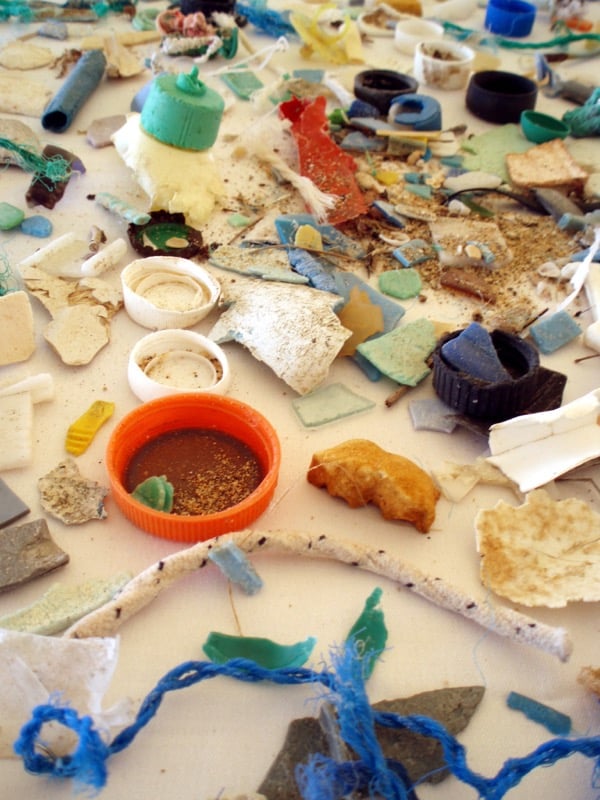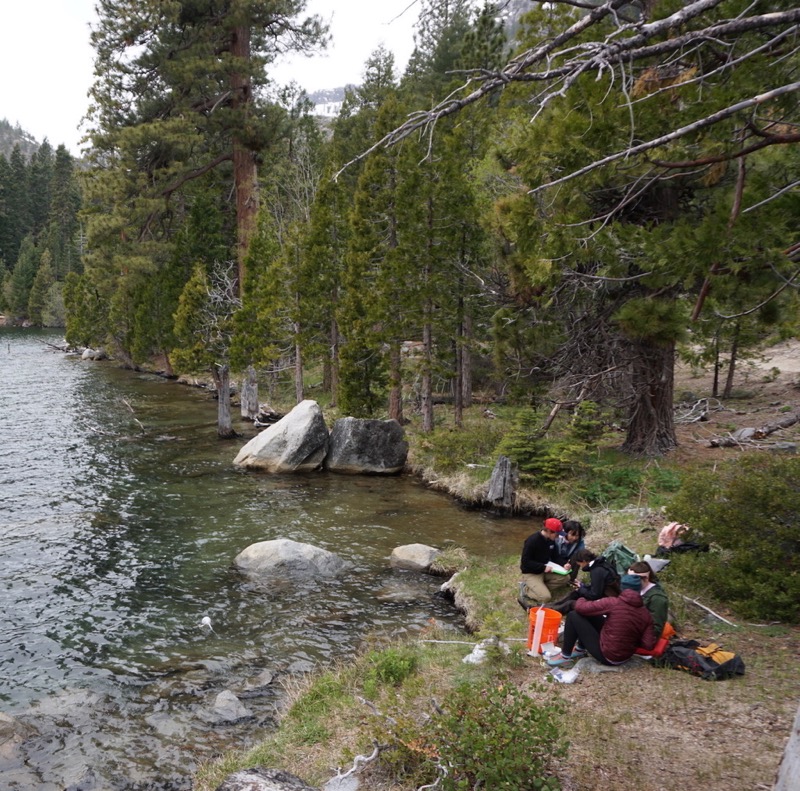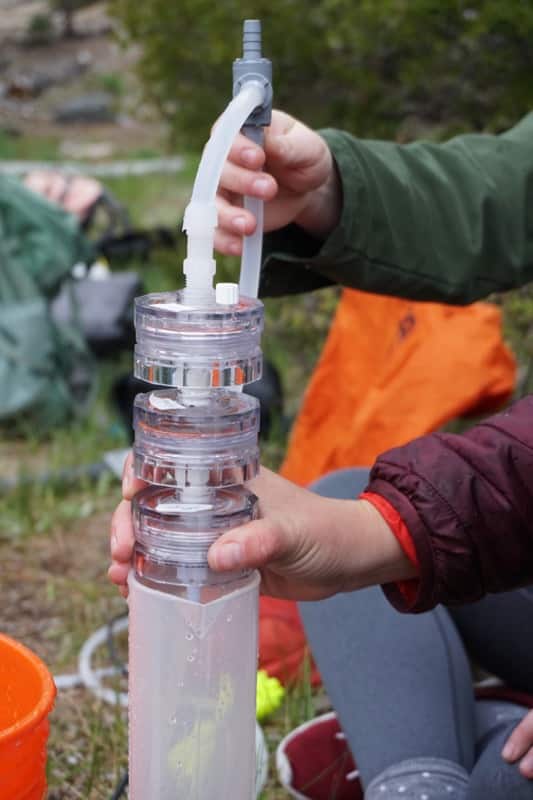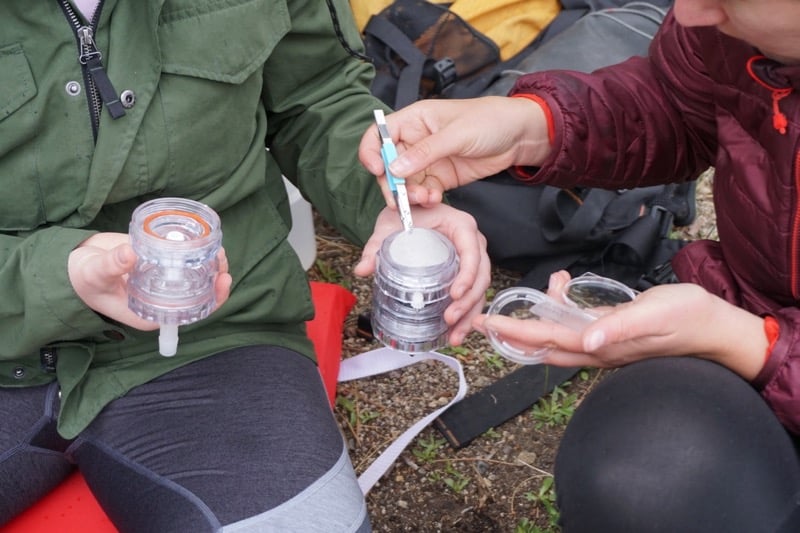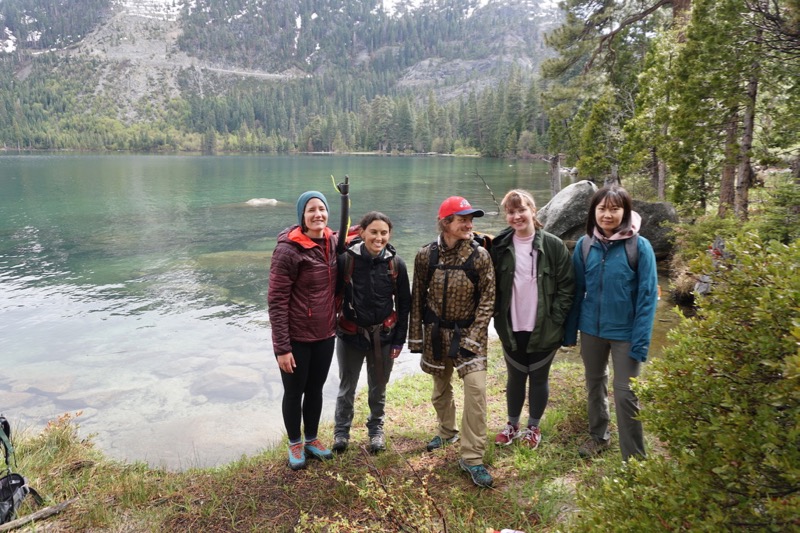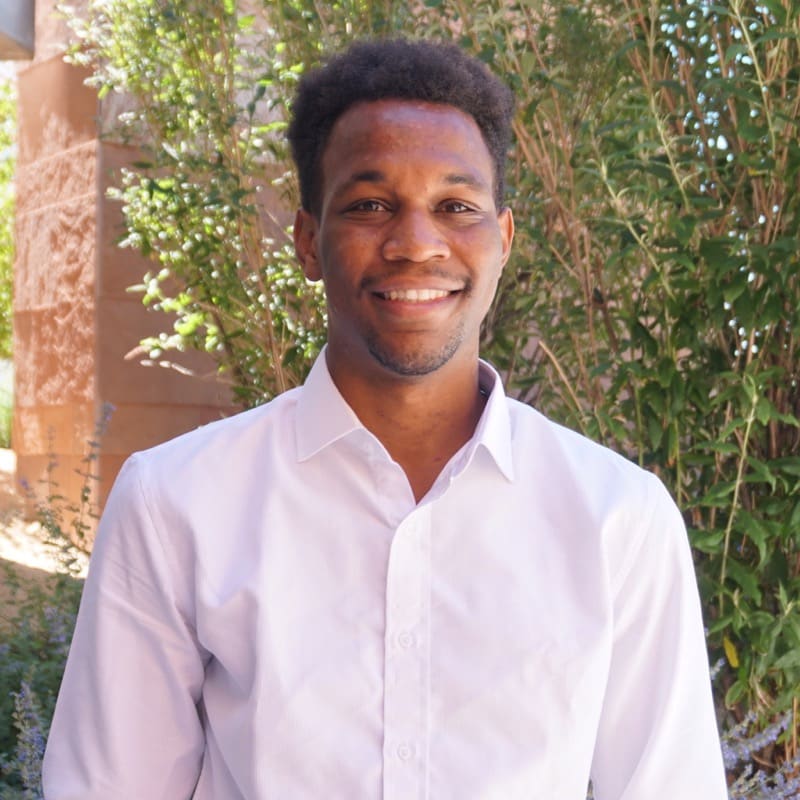Aug 14, 2020 | Clery Notice
Clery Notice: Positive Case of Coronavirus on Campus
On Friday, August 14, 2020, Desert Research Institute was notified that DRI employee at our Reno campus tested positive for the Coronavirus (COVID-19). DRI issues the following notice of communicable disease that occurred on the DRI Reno Campus, Northern Nevada Science Center at 2215 Parkway., Reno, Nevada.
The health and well-being of our students and employees is something that is taken very seriously and is of the highest priority. We are issuing the following notice of communicable disease as an abundance of caution.
Date/Time of Incident: August 11, 2020
Location of Incident: DRI Reno Campus – Northern Nevada Science Center Building
Description of Incident: The employee accessed areas of DRI Reno Campus, Northern Nevada Science Center building. The Washoe County Health District will contact those who may have been exposed due to extended close contact with the patient and will determine if further testing is needed.
The Washoe County Health District encourages anyone with concerns to call the General Public Helpline at 775-328-2427. The number is live Monday through Sunday, 8 a.m. to 5 p.m. for COVID-19 questions.
Aug 14, 2020 | Science Alive Blog
Howdy everyone, and welcome to DRI’s Science Alive blog! What is DRI, you ask? And for that matter, what is Science Alive?
The Desert Research Institute (DRI for short) is the non-profit environmental research branch of the Nevada System of Higher Education (NSHE) and is based in two locations: Reno and Las Vegas, Nevada. While it is based in Nevada, DRI conducts research all over the world – on all seven continents, in fact – and is even investigating phenomena on Mars!
Scientists and researchers at DRI study the land (earth and ecosystem sciences), the air (atmospheric sciences), and the water (hydrologic sciences) to address some of the biggest environmental problems facing us today. We have scientists researching airborne pollutants, studying the diverse problems caused by microplastics in our ecosystems, and investigating storm systems to better model annual precipitation. These are just a few examples of the fantastic work performed by DRI faculty every day.
As part of NSHE, DRI primarily focuses on basic and applied environmental research. Here we like learning to come full circle, so we devote considerable talent to distilling our researchers’ scientific ideas and findings into a variety of educational resources. That’s where Science Alive comes in. The Science Alive team uses their knowledge of diverse subjects to deliver STEM education to the next generation of scientists, engineers, and researchers.
This distilled education is converted into mobile suitcases of science lessons – bright green STEM extravaganzas we call Green Boxes! Each Green Box is pre-packed with a series of themed lessons and materials, all of which are provided by Science Alive at no cost to educators! K-12th grade teachers, as well as informal educators, may reserve the use of one of our Green Boxes for several weeks. Science Alive ships the suitcase to educators, who then use their expertise to deliver the contents to students.
We also offer STEM kits, which are smaller-scale science suitcases that provide STEM resources to formal or informal educators. Each STEM kit contains guidelines and materials for three activities that build on each other to teach various scientific concepts. Green Boxes and STEM kits are just two examples of the educational resources we provide – we also offer professional development through educator workshops, energy know-how through Home Energy Kits and the traveling Energy Theater Troupe, and much more. Teaching and learning can happen in a variety of settings, and Science Alive strives to provide a diverse selection of tools for whichever situation you happen to be in!
While Green Boxes and STEM kits form the crux of Science Alive’s educational outreach, the novel Coronavirus has created an educational landscape wherein face-to-face teaching poses risks to public health. In–person attendance at public schools is under review for the foreseeable future, and we must adapt to these ever-changing times. In order to meet the evolving needs of educators, we have new virtual resources in the works, and some of them are already available to the public! These offerings are available on our Online Resources page and will complement a limited release of Green Box reservations this fall.
Science Alive has been using Green Boxes, STEM kits, and the other materials outlined above to create diverse online educational resources that can be completed by students virtually. The Green Box program is still the core of our output – we have merely adapted it to better suit the needs of educators in these times of distance education. No matter the challenge, our team remains dedicated to its mission: to provide Nevada’s education community with STEM-based learning tools that are free and accessible.
By educating willing learners, Science Alive hopes to instill a passion for and understanding of science into Nevada’s communities and beyond. This is all in the hopes that our lessons are passed along, and a broader impact is generated to solve the conundrums of our time.
We appreciate your company on this journey, and hope you’ll follow along through rain, snow, or shine. Next time on the Science Alive Blog, we’ll give you a more in-depth look at our online offerings!

Jul 28, 2020 | Science Alive Blog
Science Alive has resources to help Nevada’s educators discover the wonders of space and engineering education. Inspired by NASA, all of these offerings are available to educators across the state for use in both formal and informal education.

NASA STEM Kits – Uniquely designed to support formal and informal use, each kit includes step-by-step lesson plans, all necessary materials for 150 participants and can be completed in one sitting or expanded into longer lessons. Current topics cover the phenomena of gravity, the electromagnetic spectrum and engineering and design. Reserve a NASA STEM Kit for use in your classroom by clicking here.
Astrobiology Green Box for 3rd Grade – Explore life on other planets through this unit of hands-on astrobiology lessons. Students will directly engage with space science and learn about the existence of life in extreme environments. Available for check out here.
NASA Virtual Reality Experience – Science Alive outreach staff members will bring a virtual reality (VR) assisted lesson directly into the classroom. Content covers space science and engineering and is provided by the NASA Commercial Crew Program. Interested in a visit? Contact our outreach team at ScienceAlive@dri.edu
Nevada Robotics – Robotics are vital to a successful NASA mission! Get your school involved with robotics and robotics competitions through the Nevada Robotics program. Teacher trainings are held throughout the year to support new and veteran robotics coaches and their teams. Learn more by contacting AJ.Long@dri.edu

Jul 27, 2020 | News releases, Research findings
Healthy Nevada Project’s community-based approach reveals up to 90% of CDC Tier 1 genetic condition risks missed using clinical care guidelines
Reno, Nev. (July 27, 2020) – In a new study published today in the journal Nature Medicine, researchers behind the Healthy Nevada Project® suggest that community-based genetic screening has the potential to efficiently identify individuals who may be at increased risk for three common inherited genetic conditions known to cause several forms of cancer and increased risk for heart disease or stroke.
In 2018, the Healthy Nevada Project® (the largest, community-based population health study combining genetic, clinical, environmental, and social data) started notifying consenting study participants who have certain genetic variants that predispose them to the Centers for Disease Control and Prevention (CDC) Tier 1 genetic conditions. The study focused on identifying carriers of these conditions, which include Hereditary Breast and Ovarian Cancer, Lynch Syndrome, and Familial Hypercholesterolemia, because they are the most common conditions and early detection and treatment could significantly lower morbidity and mortality.
Initial results from almost 27,000 study participants showed that 90% of carriers of the CDC Tier 1 genetic conditions were not previously identified in a clinical setting. The authors conclude that population genetic screening would identify at-risk carriers not identified during routine care.
“Our first goal was to deliver actionable health data back to the participants of the study and understand whether or not broad population screening of CDC Tier 1 genomic conditions was a practical tool to identify at-risk individuals,” explained Joseph Grzymski, Ph.D., the principal investigator of the Healthy Nevada Project®, a research professor at the Desert Research Institute (DRI), chief scientific officer for Renown Health and lead author of the study.
“Now, two years into doing that, it is clear that the clinical guidelines for detecting risk in individuals are too narrow and miss too many at-risk individuals.”
Within the group of 26,906 Healthy Nevada Project® participants that Grzymski’s research team studied, 358 (1.33%) were carriers for CDC Tier 1 conditions. However, only 25% of those individuals met clinical guidelines for genetic screening. Additionally, more than 20% of the carriers already had a diagnosis of disease-relevant to their underlying genetic condition.
“We’re at a point now where it’s possible to do clinical-grade genetic screening at population-scale,” added James Lu, M.D. Ph.D., co-founder and chief scientific officer of Helix and senior co-author of the study. “What this study demonstrates is the potential impact of doing so. By making genetic screening available more broadly, we can help the millions of Americans who are unaware that they are living at increased risk for highly actionable, genetic conditions take action.”
Most notably, the study found that of the 273 participants who were carriers of the CDC Tier 1 genetic conditions and had clinical record information, only 22 individuals showed any previous suspicion of their underlying genetic conditions.
“For the first time, we are providing information at the individual level so study participants can make lifesaving changes to reduce their risk based on their genetics,” said Anthony Slonim, M.D., Dr.PH., FACHE, president and CEO of Renown Health and co-director of the Project® study. “We’re conducting research on the community level to develop leading-edge research on health determinants for entire neighborhoods, states and eventually, the country. Returning these results allows us to understand the prevalence of genetically programmed diseases and illnesses that we have here in Nevada and ensure we are providing the best prevention and care plans. For the individual, the return of results can be lifechanging.”
According to the CDC, early detection and intervention of Tier 1 genetic conditions could have a meaningful potential for clinical actionability and a positive impact on public health.
The Healthy Nevada Project®, which launched in 2016, offers free genetic testing to every Nevadan, aged 18 and older, interested in learning more about their health and genetic profile. With more than 50,000 study participants enrolled in four years, the Healthy Nevada Project® has become the fastest-enrolling genetic study in the world. For more about the Healthy Nevada Project® please visit healthynv.org
Renown Institute for Health Innovation is a collaboration between Renown Health – a locally governed and locally owned, not-for-profit integrated healthcare network serving Nevada, Lake Tahoe and northeast California; and the Desert Research Institute – a recognized world leader in investigating the effects of natural and humaninduced environmental change and advancing technologies aimed at assessing a changing planet. Renown IHI research teams are focused on integrating personal healthcare and environmental data with socioeconomic determinants to help Nevada address some of its most complex environmental health problems; while simultaneously expanding the state’s access to leading-edge clinical trials and fostering new connections with biotechnology and pharmaceutical companies. Learn more at s.
Helix is the leading population genomics company operating at the intersection of clinical care, research, and genomics. Its end-to-end platform enables health systems, life sciences companies, and payers to advance genomic research and accelerate the integration of genomic data into clinical care. Powered by one of the world’s largest CLIA / CAP next-generation sequencing labs and its proprietary Exome+Ⓡ assay, Helix supports all aspects of population genomics including recruitment and engagement, clinically actionable disease screening, return of results, and basic and translational research. In response to the COVID-19 public health crisis, Helix has launched a sensitive and scalable end-to-end COVID-19 test system to meet the needs of health systems, employers, governments, and other organizations across the country. Learn more at www.helix.com.
Media Contacts:
Justin Broglio, APR
Communications Manager, Desert Research Institute
(775) 762-8320
jbroglio@dri.edu
Sarah Bobulsky
Helix
(415) 916-2740
sarah.bobulsky@helix.com
Cassie Harris
Public Relations Business Partner, Renown Health
(775) 691-7308
news@renown.org

Jul 23, 2020 | Announcements, News releases
Reno, Nev. (July 23, 2020) – Several members of the Native Waters on Arid Lands (NWAL) project team, led by Maureen McCarthy, Ph.D., of the Desert Research Institute (DRI) in Reno, have been awarded a $300k grant from the US Department of Agriculture National Institute of Food and Agriculture (USDA-NIFA) to develop a COVID-19 Rapid Response Toolkit for Tribal Extension Agents (COVID-19 Toolkit).
Tribal Extension Agents with the Federally-Recognized Tribes Extension Program (FRTEP) normally provide a lifeline of in-person, community-based services to tribal farmers, ranchers, and resource managers – but since the beginning of the COVID-19 pandemic, they have been forced to transition to virtual delivery of critical services with no additional resources, training, or tools. The COVID-19 Toolkit project will support Tribal Extension Programs in Nevada and Arizona by developing a virtual platform for outreach and training materials needed by agents in the field, including webinars and short training videos.
In addition, FRTEP agents in the field will be equipped with ruggedized computer tablets that will allow them to access the virtual platform in advance and during one-on-one technical consultations and small social-distanced group meetings with tribal farmers and ranchers. A COVID-19 CARE Working Group will be established to share timely information and solve needs-based problems for tribal farmers and ranchers and assist reservation communities with food access to lessen the hardships of COVID-19 throughout Indian Country.
The project will run from August 2020 until July 2022, and will be led by McCarthy with support from Alexandra Lutz, Ph.D. (DRI), Kyle Bocinsky (Crow Canyon Archaeological Center), Trent Teegerstrom (Tribal Extension, University of Arizona), and Staci Emm (Tribal Extension, University of Nevada, Reno).
“With this funding, we will translate and share research produced as part of the NWAL project, and tailor it to respond to urgent needs identified by our Tribal partners,” McCarthy said. “Information delivered will be virtually-accessible and place-based and focused on addressing the challenges facing Indian farmers and ranchers during COVID-19 response and recovery. The COVID-19 Toolkit will provide geolocated environmental data, training videos, webinars, and other materials to FRTEP agents working under social distancing constraints and responding to a rapidly increasing demand for water and agricultural outreach support.”
###
About the Desert Research Institute
The Desert Research Institute (DRI) is a recognized world leader in basic and applied interdisciplinary research. Committed to scientific excellence and integrity, DRI faculty, students, and staff have developed scientific knowledge and innovative technologies in research projects around the globe. Since 1959, DRI’s research has advanced scientific knowledge, supported Nevada’s diversifying economy, provided science-based educational opportunities, and informed policy makers, business leaders, and community members. With campuses in Reno and Las Vegas, DRI serves as the non-profit research arm of the Nevada System of Higher Education. For more information, please visit www.dri.edu.
About Native Waters on Arid Lands
The Native Waters on Arid Lands (NWAL; https://nativewaters-aridlands.com) project seeks to enhance the climate resiliency of agriculture on American Indian lands of the Great Basin and Southwest by building the capacity within tribal communities to develop and implement reservation-wide plans, policies, and practices to support sustainable agriculture and water management. Partners in the project include the Desert Research Institute; the University of Nevada, Reno; the University of Arizona; First Americans Land-Grant Consortium; Utah State University; Ohio University; United States Geological Survey; and the Federally Recognized Tribal Extension Program in Nevada and Arizona. This project is funded by the U.S. Department of Agriculture’s National Institute of Food and Agriculture.

Jul 22, 2020 | Blog, Featured projects
On June 18, 2020, NASA-NOAA’s Suomi NPP satellite captured this visible image of the large light brown plume of Saharan dust over the North Atlantic Ocean. The image showed that the dust from Africa’s west coast extended almost to the Lesser Antilles in the western North Atlantic Ocean. Credit: NASA Worldview.
In late June 2020, a phenomenon known as the Saharan dust plume made headlines in the U.S., as warm, dry winds from northern Africa carried an unusually thick layer of dust more than 5,000 miles across the Atlantic Ocean into parts of the southeastern US, Puerto Rico, and Caribbean.
The arrival of this African dust cloud may have seemed unusual to residents of Florida and other Gulf-coast states, who experienced several days of darkened skies, degraded air quality and spectacular sunsets, but it came as no surprise to DRI Professor Emeritus Michael Kaplan, Ph.D., and Saroj Dhital, M.S., who have been working to understand the origins of Saharan dust plumes for some time.
Dhital, a graduate researcher with DRI’s Division of Atmospheric Sciences in Reno, joined DRI in 2016 as a member of Kaplan’s research group. He is originally from Nepal, and holds a master’s degree in Atmospheric Physics from Tribhuvan University in Kathmandu. In his doctoral work, Dhital is studying the weather patterns and processes that are responsible for large-scale Saharan dust storms that move north from Africa toward Europe and the Tropical Atlantic.

Saroj Dhital presents research on a 2017 dust case at the 2019 AGU Fall meeting.
Working in collaboration with Kaplan and researchers from Spain and Germany, Dhital has been actively involved in an effort to analyze case studies of extreme African dust plumes that impacted the Iberian Peninsula, in the southwest corner of Europe, during 2007, 2008, and 2016. In a new paper in the Journal Atmospheric Environment, Dhital and his colleagues examine the weather patterns and processes that occurred before each one of these major dust events.
“What we are trying to see in this research is what are the precursors before the formation of the dust system,” Dhital explained. “If we can see those types of features in the weather predictions, we could then possibly forecast that there will be a dust storm.”
The analyses of these case studies involve the observational datasets and high-resolution Weather Research and Forecasting model coupled with Chemistry (WRF-Chem) simulations. Numerical simulations are performed inside the National Center for Atmospheric Research (NCAR) high-performance computer, “Cheyenne”.
“Because this area of the Earth is virtually uninhabited, there are almost no surface observations,” Dhital explained. “Remote sensing via satellites and numerical simulations employing a state-of-the-science computer model are our only way of diagnosing the physics of this phenomenon.”
The technology involves the NASA A-train satellite instruments and the supercomputer at NCAR, which can perform more than a trillion operations per second. Without both forms of powerful information processing technology, little would be understood about Sharan dust storms and their long-range transport of dust.
Above: WRF-Chem simulated dust transport video from a 2017 case study that shows the emission of dust over North Africa and subsequent transport towards the tropical Atlantic Ocean (Cape Verde Islands). Credit: Saroj Dhital.
Dhital and his team have recently submitted a second paper for publication on a case study of a 2017 Saharan dust outbreak over the Cape Verde Islands, which lie 650km off the coast of Senegal, West Africa, and is shown in the simulation above. This dust plume led to significant disruptions of local air traffic – disruptions that could have potentially been managed differently if we had the ability to forecast these dust storms or provide early warning to residents.
Additionally, the dust represents a major health hazard as it combines with other pollutants to create respiratory stress in people with lung and breathing problems. This could exacerbate the effect of the COVID-19 epidemic on vulnerable populations in Europe and elsewhere.
”Knowing more about the conditions that lead to dust storms is critically important for operational forecasting and in the development of an early warning system,” Dhital said. “Our research group is now analyzing finer scale meteorological details involved in 2007, 2008, and 2016 dust storm cases utilizing observational and high-resolution WRF-Chem simulations, and we look forward to sharing our findings.”
To learn more about the work of Kaplan, Dhital and their colleagues, read their new paper “Large scale upper-level precursors for dust storm formation over North Africa and poleward transport to the Iberian Peninsula. Part I: An observational analysis” in Atmospheric Environment: https://www.sciencedirect.com/science/article/abs/pii/S1352231020304209?via%3Dihub

Jul 20, 2020 | Announcements, News releases
Reno, Nev. & South Lake Tahoe, Cal. (July 20, 2020) – Last year, Desert Research Institute (DRI) and the League to Save Lake Tahoe detected microplastics in Lake Tahoe for the first time ever, many of which were microfibers. This discovery revealed that microplastic pollution is not just present in oceans, but also in mountains and lakes, including highly protected areas like Lake Tahoe.
Now, two DRI scientists aim to identify the source of these microfibers, with help from the League to Save Lake Tahoe’s citizen scientists and other volunteers from the Tahoe Basin. In a new study, volunteers from around the Tahoe region are installing specially made lint-catchers on the vents of their clothes dryers to assess whether dryers are releasing these tiny fibers into the environment.
“Several studies have been done on the washing process and how that can input microplastics into our waterways, but only a few studies have look at the drying process as a source of microplastics,” said Monica Arienzo, Ph.D., Assistant Research Professor of Hydrology at DRI. “That got us thinking about studying the drying process as a source of microplastics to the air.”
Working in collaboration with Meghan Collins, M.S., DRI’s Education Program Manager, the researchers developed a design for a lint-catcher that fits on the outside of a dryer vent. They then worked with the League to Save Lake Tahoe to create a plan for engaging citizen scientists in the study, tapping into the League’s network of dedicated Pipe Keepers and other volunteer groups.


Photo caption: (Above, left) Using a custom-made lint catcher, citizen scientist volunteers in the Tahoe Basin will help collect data for a new study on dryer lint. (Above, right) Closeup image of microfibers found in snow from Sierra Nevada. Fibers such as these are potentially emitted from the drying process. Credit: DRI.
Citizen scientists, including those who are brand new to volunteer data collection and research, can contribute to the study in one of two ways: 1) By sharing their drying habits with the researchers (how many loads they dry, dryer settings, and other details) for a month via the Citizen Science Tahoe app, or 2) By installing a lint catcher on the dryer vent on the outside of their home and sharing their drying habits.
The study will run from July 12 until August 7, at which time participants will mail back a custom-made fiberglass mesh net that sits inside the dryer vent cover, and researchers will analyze the contents.
“We will use all of this information to understand the connection between synthetic clothes, dryers, and microfiber emissions into the environment,” Collins said. “We are also hoping that our lint catcher design will provide an easy solution for helping individuals to reduce their ‘microplastic footprint’. We’re excited to see what citizen scientists think about this solution.”
While litter of all types poses a threat to the Lake Tahoe environment, plastic trash is consistently the most-gathered class of litter items at Keep Tahoe Blue beach and community cleanups. Plastic trash may breakdown to create microplastic pollution, which can end up in the Lake.
“Our hope is that this and future studies will narrow in on the sources of microplastic pollution at Tahoe,” noted Jesse Patterson, Chief Strategy Officer at the League to Save Lake Tahoe. “Combined with litter data gathered by Keep Tahoe Blue volunteers, we hope to convert the findings into solutions to the pollution problem facing our Lake. This is only possible through the partnership of research experts at DRI and passionate citizen scientists.”
This project is made possible in part by support from the REI Co-op. For more information on how to participate, please visit: https://t.e2ma.net/webview/d5jb6e/5737d228884cbb56c17378bdf8decceb
###
About the Desert Research Institute
The Desert Research Institute (DRI) is a recognized world leader in basic and applied interdisciplinary research. Committed to scientific excellence and integrity, DRI faculty, students, and staff have developed scientific knowledge and innovative technologies in research projects around the globe. Since 1959, DRI’s research has advanced scientific knowledge, supported Nevada’s diversifying economy, provided science-based educational opportunities, and informed policy makers, business leaders, and community members. With campuses in Reno and Las Vegas, DRI serves as the non-profit research arm of the Nevada System of Higher Education. For more information, please visit www.dri.edu.
Media Contact:
Justin Broglio, Communications Manager
Desert Research Institute
775.762.8320
justin.broglio@dri.edu
About the League to Save Lake Tahoe
The League to Save Lake Tahoe, also known by the slogan “Keep Tahoe Blue,” is Tahoe’s oldest and largest nonprofit environmental advocacy organization. The League is dedicated to community engagement and education, and collaborating to find solutions to Tahoe’s environmental challenges. Through the League’s main campaigns, its expert staff and dedicated volunteers A.C.T. to Keep Tahoe Blue: we Advance restoration, Combat pollution and Tackle invasive species. Learn more at keeptahoeblue.org.
Media Contact:
Chris Joseph, Communications Manager
League to Save Lake Tahoe
805.722.5646
cjoseph@keeptahoeblue.org

Jul 14, 2020 | Announcements, News releases
Reno, Nev. (July 14, 2020) – Meghan Collins, M.S., Education Lead for the Native Waters on Arid Lands (NWAL) project and Assistant Research Scientist at the Desert Research Institute (DRI) in Reno has received a $100k grant from the U.S. Department of Agriculture’s National Institute of Food and Agriculture (USDA-NIFA) to develop a STEM curriculum with Diné (Navajo) and Hopi communities.
With this funding, Collins, Karletta Chief, Ph.D. (University of Arizona), Kyle Bocinsky, Ph.D. (DRI/Crow Canyon Archaeological Center), and several other members of the NWAL team will work with teachers serving Indigenous communities to develop and adapt STEM curriculum to place-based contexts. The project, called “Teaching Native Waters,” will host in-depth, yearlong professional development experiences to 20 middle and high school teachers serving Indigenous students in the Diné (Navajo) and Hopi Nations.
“This project builds on opportunities that we identified during the course of the Native Waters on Arid Lands project, where teachers wanted ways to bring STEM curriculum into their classrooms for the benefit of young and future generations,” said Collins. “We are thrilled to be able to continue this important work with new funding from USDA-NIFA, and help make science from the NWAL project actionable in K-12 classrooms.”
The long-term goal of “Teaching Native Waters” is to include more Native American students in the science, technology, engineering, and math (STEM) fields. This project will help to address issues of diversity in STEM and important gaps in professional development for teachers serving rural students.
This grant was one of four awards given out through USDA-NIFA’s Women and Minorities in Science, Technology, Engineering and Mathematics Fields program (WAMS). WAMS supports research, education/teaching, and extension projects to increase participation by women and underrepresented minorities from rural areas in science technology engineering and math.
This project is expected to begin in August 2020 and run through July 2022. Additional DRI researchers that will be working on the Teaching Native Waters project include NWAL Program Director Maureen McCarthy, Ph.D., and NWAL water quality lead Alexandra Lutz, Ph.D.
The full award announcement is here: https://cris.nifa.usda.gov/cgi-bin/starfinder/0?path=fastlink1.txt&id=anon&pass=&search=R=88821&format=WEBFMT6NT

Jun 30, 2020 | Announcements, News releases
This story was reposted with permission from the Nevada Governor’s Office of Economic Development.
CARSON CITY, Nev. – After investments totaling $4.3 million through the Knowledge Fund administered by the Nevada Governor’s Office of Economic Development (GOED), the WaterStart program is spinning out of the Desert Research Institute (DRI) into a successful company that has already addressed $30 million in water technology challenges based in Nevada.
“The WaterStart spin out of DRI represents yet another success story of the Knowledge Fund,” said Michael Brown, GOED executive director. “GOED is looking forward to continuing to work with WaterStart providing technology solutions for Nevada’s water resource-based challenges as well as growing the water-tech sector in our state thereby creating high paying employment opportunities for Nevadans.”
With a growing membership, proven model, and diversified funding, WaterStart is ready to write its next chapter and operate as an independent entity. WaterStart was founded as a non-profit in 2013 in response to the impacts of the Great Recession and 20 years of continuous drought in Nevada. The public-private partnership was housed within DRI and funded by GOED. Dedicated to deploying new water technologies and making Nevada a hub for water innovation, WaterStart membership and sponsors are made up of the State’s largest water agencies, consumers and philanthropies including; the Southern Nevada Water Authority, Truckee Meadows Water Authority, MGM Resorts and NV Gold, the Wells Fargo Foundation and OneDrop.
 “The WaterStart model has enabled DRI to build on our global leadership in water research to better understand the needs of the water industry and develop relationships with the private sector,” said Kumud Acharya, Interim President of DRI.
“The WaterStart model has enabled DRI to build on our global leadership in water research to better understand the needs of the water industry and develop relationships with the private sector,” said Kumud Acharya, Interim President of DRI.
Funding to create WaterStart as well as continuous financial support since 2013 has come from the Knowledge Fund, which was established to foster the development of intellectual property and commercialization of new technologies at Nevada’s three research institutions in an effort to diversify and strengthen the state’s economy. Part of the Knowledge Fund’s mandate is to build research capacity for the development of technologies that can be commercialized as well as setting up centers to engage in research and development collaborations with the private sector.
Today, WaterStart’s membership has expanded into Australia and the United Kingdom. In May, WaterStart welcomed the Metropolitan Water District of Southern California as its newest member. Delivering water to a six-county service area with nearly 19 million people, Metropolitan is now WaterStart’s largest member and its first in California.
“The recent growth of our membership into Australia, the United Kingdom and now California speaks volumes about how far we’ve come and the impact we can make,” said Nathan Allen, WaterStart’s executive director. “We’re grateful for the support we’ve received from the Knowledge Fund and DRI. Our Nevada community has given us a solid foundation to scale-up and pursue our vision of deploying technologies that benefit 100 million people.”
WaterStart and its members will continue to address and solve challenges at the nexus of the economy and water. Based in Nevada, WaterStart will expand its positive impact in the State as it drives job creation, conservation, and water security by bringing in cutting edge, innovative companies to solve water issues in the driest state in the Union.
“This is an exciting time for WaterStart and its members,” said Dave Johnson, Chairman of the Board for WaterStart. “After years of hard work, the organization is ready to step out on its own. This change will allow WaterStart to broaden its impact as it works with members and partners around the world to solve our most pressing water technology needs.”
###
About the Governor’s Office of Economic Development
Created during the 2011 session of the Nevada Legislature, the Governor’s Office of Economic Development is the result of a collaborative effort between the Nevada Legislature and the Governor’s Office to restructure economic development in the state. GOED’s role is to promote a robust, diversified and prosperous economy in Nevada, to stimulate business expansion and retention, encourage entrepreneurial enterprise, attract new businesses and facilitate community development. More information on the Governor’s Office of Economic Development can be viewed at goed.nv.gov
About the Desert Research Institute
The Desert Research Institute (DRI) is a recognized world leader in basic and applied interdisciplinary research. Committed to scientific excellence and integrity, DRI faculty, students, and staff have developed scientific knowledge and innovative technologies in research projects around the globe. Since 1959, DRI’s research has advanced scientific knowledge, supported Nevada’s diversifying economy, provided science-based educational opportunities, and informed policymakers, business leaders, and community members. With campuses in Reno and Las Vegas, DRI serves as the non-profit research arm of the Nevada System of Higher Education. For more information, visit www.dri.edu.
About WaterStart
WaterStart is a non-profit collective of globally recognized leaders who are adapting to change by scaling up new solutions to water challenges. Driven by the needs of water agencies and large consumers, we provide a channel for pooling resources to accelerate the development and adoption of innovative water technologies. Established in 2013 in Las Vegas, Nevada, WaterStart’s globally recognized members, sponsors, and portfolio companies come from across the United States, expanding into Queensland, Australia in 2018 and into the United Kingdom in 2020. For more information, visit www.waterstart.com.

Jun 30, 2020 | Announcements, News releases
With a new $2 Million grant from the National Science Foundation, an interdisciplinary team of researchers including Adam Watts, Ph.D. of the Desert Research Institute (DRI) in Reno are initiating an effort to develop new tools for assessing and mitigating wildfire risk. Watts, an associate research professor in fire ecology at DRI, will contribute expertise in fire surveying and data collection using unmanned aerial systems (UAS). Working alongside researchers from UCLA, University at Buffalo, National Center for Atmospheric Research in Boulder (NCAR), and the University of Nevada, Reno, Watts will help the project team to create a live digital platform that quantifies the risk of wildfires to wildland-urban interface communities in terms of probability of loss. The tool will be used by wildfire managers, emergency responders, and utility companies help them make informed decisions and take preventive actions in order to scientifically reduce the risk of fires.
The press release below is reposted with permission from the University of Nevada, Reno.
“Our lives should not be sacrificed this easily”: Camp Fire tragedy leads to new wildfire research
On November 8, 2018, the deadliest wildfire in California’s history ignited in Butte County outside the city of Paradise. When it was declared contained 17 days later, the Camp Fire had burned more than 150,000 acres, destroyed 18,000 buildings and taken 86 lives.
Like many, Hamed Ebrahimian, assistant professor in the College of Engineering, was moved by this tragedy. And when he discovered the fire was part of a growing trend of wildfire danger—for the last twenty years, on average, seven million acres of U.S. land have burned in wildfires annually—he got to work.
Harnessing his expertise in computational modeling in civil engineering, Ebrahimian began pursuing a better way to understand fire risk. He assembled a multi-institutional group of researchers with a similar desire to use science and technology to reduce the chances that the world would suffer from another wildfire of the magnitude of the Camp Fire. Now, with the help of a 5-year, $2 million grant from the National Science Foundation’s LEAP-HI program, Ebrahimian is ready to realize his vision.
“Some of the most tragic fatalities in the Camp Fire were due to unpredicted fire behavior, which surprised the victims and eliminated the proper reaction time. I told myself that we are in a digital and technology era and our lives should not be sacrificed this easily,” Ebrahimian said. “Two years later, I am grateful to be part of a solid team and to have received the support to execute this vision.”
The vision: A computational platform for multi-level wildfire risk assessment
Researchers at the Desert Research Institute (DRI), UCLA, University at Buffalo, National Center for Atmospheric Research in Boulder (NCAR), and the University of Nevada, Reno Colleges of Science and Business are gathered together under the leadership of the University’s College of Engineering to redefine wildfire risk monitoring and management through the development of a new computational platform. The platform is intended for use by wildfire managers, emergency responders and utility companies to plan for, respond to, and mitigate the risk of wildfires.
“This is an interdisciplinary intervention with a diverse team to blend different thinking modalities and to build a digital platform that can be used to monitor the risk of wildfire on a spectrum of spatial resolution and time,” Ebrahimian said. “Once developed, the computational platform will increase the efficiency of the wildfire management process by providing timely actionable information to decision-makers.”
The research project envisions an eventual live digital platform that evolves with new data and dynamically updates the long-term (seasons/months ahead) to short-term (weeks/days ahead) pre-ignition fire risks at regional and community scales for risk management, and the post-ignition fire behavior at near-real-time (hours-days) for situational awareness.
Ebrahimian explained, “Our objective is to develop a systematic framework to quantify the risk of wildfires to wildland-urban-interface communities in terms of the total probability of loss. Loss is defined as a combination of monetary damage and the change in the quality of life of people. The risk, thus, depends, on one hand, on the characteristics of the community, its structure, and location and, on the other hand, on the wildland and the factors affecting the fire ignition and spread, such as topography, climate conditions, fuel type and moisture. Now, we want to have the capability to combine all these factors and predict the seasons-month ahead to weeks-days-ahead risk for different communities and regions.”
This goal will be accomplished by creating and integrating transdisciplinary scientific knowledge and techniques in the fields of data harnessing (collection, processing, fusion, and uncertainty quantification), computational modeling (wild- and urban-fire initiation and spread, as well as social quality-of-life models), stochastic simulation, and model-based inference.
“This is a complex undertaking and requires the integration of various sources of data with a hierarchy of data-driven and physics-based models,” Ebrahimian continued. “The core idea is inspired by the many years of research advancement in the field of earthquake risk assessment and disaster resilience. Once developed and validated, the framework will be crucial to help make informed decisions and take preventive actions in order to scientifically reduce the risk of fires, and therefore, their effects on our communities and people. This can help reduce the risk of fires but the risk can never be eliminated. Therefore, another component of our computational platform is focused on predicting how active fires will behave and propagate. This will be instrumental to help the ground-zero firefighting activities.”
“A global concern”: collaboration through the NSF LEAP-HI program
Designed to challenge the engineering research community to take a leadership role in addressing demanding, urgent and consequential issues facing our nation, the Leading Engineering for America’s Prosperity, Health, and Infrastructure (LEAP-HI) program supports research that requires “sustained and coordinated effort from interdisciplinary research teams.” As such, LEAP-HI grants are complex, cross-disciplinary, and highly competitive—only a few projects are granted in each annual cycle. For Ebrahimian’s project, key contributions will come from engineers and scientists from institutions across the nation.
UCLA
Ertugrul Taciroglu
Ertugrul Taciroglu, professor and chair of the civil and environmental engineering department at the UCLA Samueli School of Engineering, will lead the development of advanced tools that will make use of computer vision and machine-learning techniques to extract terrain and fuel characteristics from satellite and drone data. He will also work on the development of the Bayesian model updating techniques that will assimilate live-data from an ongoing fire into a high-fidelity wildfire forward simulation code.
“This approach is expected to enable direct utilization of event data for physics-based, near-real-time predictions of fire propagation,” Taciroglu said. “Better characterization wildfire propagation will help improved understanding of loss risks as well as pre-emptive mitigation methodologies.”
Taciroglu’s current research focuses on combining physics-based and data-driven models using a variety of techniques ranging from the more-conventional Bayesian updating and particle-filtering approaches to machine learning. His research group is also developing various tools for extracting metadata from images and point clouds to be used for defining computational domains in a variety of applications ranging from earthquake engineering to wildfire modeling.
University at Buffalo
Negar Elhami-Khorasani (photo courtesy of The Onion Studio)
Negar Elhami-Khorasani, assistant professor in the Department of Civil, Structural and Environmental Engineering at the University at Buffalo (UB), will develop a data-driven urban fire spread model to evaluate risk of wildfire in wildland urban interface communities (WIC). She will study temporal and spatial spread of fire in WIC, considering uncertainties in urban fuel, landscape, vegetation, and environmental factors. She will work with the rest of the team to establish a continuous fire risk assessment framework moving from the wildland into the urban interface. She will also collaborate with the University of Nevada, Reno to translate total burned area in a community to economic losses and its effects on community residents’ perception of life.
“. . . [F]ires are projected to become more frequent and intense. The economic and social impacts of wildfires . . . represent a global concern.”
“Wildfires have always been part of the natural landscape for a healthy ecosystem, yet these fires are projected to become more frequent and intense,” Elhami-Khorasani said. “The economic and social impacts of wildfires have risen in recent years, and now represent a global concern.”
National Center for Atmospheric Research in Boulder (NCAR)
Branko Kosovic
Branko Kosovic, director of the Weather Systems and Assessment Program at the Research Applications Laboratory of the National Center for Atmospheric Research, will lead the NCAR effort on assessing wildland fire risk assessment. He will focus on combining satellite imagery with highly detailed weather forecasts, analyzing environmental conditions such as fuel moisture, and applying an advanced weather-fire computer model.
“The goal is to develop a unique system for detailed assessments of wildland fire risk, alerting residents and firefighters days to weeks in advance of the potential for a major fire,” Kosovic said. “Such predictions can be vital for reducing the likelihood of a major fire and enabling fire crews to respond more rapidly in the event of a blaze igniting.”
An expert on wildfire prediction, Kosovic has led the NCAR team that is developing an advanced weather–wildland fire behavior model for the Colorado Wildfire Prediction System. He also oversaw the development of a data product of daily dead and live fuel moisture across the contiguous United States, which combines satellite and surface observations using a machine learning model. Kosovic is the Chair of the Ad Hoc Committee on Wildfire Weather, Technology and Risk of the American Meteorological Society.
Desert Research Institute (DRI)
Adam Watts
From the Desert Research Institute (DRI), Adam Watts, associate research professor in fire ecology, will contribute his expertise in fire surveying and data collection using unmanned aerial systems (UAS).
“Collecting refined data though aerial surveillance is an important undertaking that will inform the properties of fuel on the ground for pre-ignition fire risk assessment,” said Watts. “We, moreover, have significant experience in flying instrumented UAS on active fires to collected near-real-time data that will be used for fire propagation and behavior predictions.”
Watts is UAS Lead for the Fire and Smoke Model Evaluation Experiment (FASMEE) project, and a certified Wildland Fire Ecologist and Wildland Fire Practitioner. These skills and connections will provide prescribed-fire observation opportunities, leveraged data resources, and valuable external collaborations as well as extension capabilities via DRI’s Science Alive programs. Watts also directs the Airborne Systems Testing and Environmental Research Laboratory, where expertise in UAS payload development and deployment over wildland fires will be used to support relevant project tasks.
The Colleges of Business, Science and Engineering at the University of Nevada, Reno
Amir Talaei-Khoei
In the College of Business, Amir Talaei-Khoei, associate professor, will extend the engineering approach of the team to a humanistic perspective. His main goal is to understand the underlying effects of wildfire on the quality of people’s lives, including their perception about their individual and social viabilities. Amir is looking into closing the loop by not only investigating physical damages caused by wildfires, but also exploring the changes in people’s quality of life. In this study, the quality of life assessment instruments will be employed for the first time to take a social and humanistic approach in understanding wildfire impacts. This perspective is the first of its kind.
Talaei-Khoei has previously taken a similar approach utilizing quality of life assessment instruments to understand the effect of aging in people’s individual and social enthusiasms. Amir’s experience in leading a global multi-institutional initiative for Improving Elderly’s Quality of Life will provide an infrastructure in which the impact of wildfire will be assessed. The Department of Information Systems at the College of Business in the University of Nevada, Reno has a group of experts in this area and will provide a collaborative environment that will support Talaei-Khoei’s work in wildfire.
Neil Lareau
Neil Lareau, assistant professor in the Atmospheric Sciences program of the Department of Physics, will lead the effort to collect real-time data on wildfire plumes and fire progression using state-of-the-science scanning lidars and radars. These scanning remote sensors can see into the dense ash surrounding a fire, thereby enabling researchers to probe fire evolution by measuring fire-generated winds, plume dynamics, and changes in the fire perimeter. These real-time data will be fed into the modeling components of the study to constrain, and ultimately improve, the model predictions of fire progression.
Hamed Ebrahimian
The research of Hamed Ebrahimian, assistant professor in the Department of Civil and Environmental Engineering, is mainly focused on integrating physics-based models with data for data assimilation, estimation, identification, model updating, and uncertainty quantifications. As the project PI, he will oversee the development of various project pieces and their integration into a unified whole. He will also contribute his research expertise to develop a stochastic simulation framework for probabilistic wildfire risk assessment. Further, he will integrate measurement data with computational fire models to improve fire behavior prediction capabilities.
Community Engagement
This research and the technological outcomes of the project will not have an impact without the contribution and guidelines of the community partners, including researchers, field experts, practitioners and fire management authorities. Therefore, an active outreach effort is embedded in the research execution plan.
“We are looking forward to work with the broader fire community to exchange knowledge and tune the research outcomes toward addressing the existing pain points and technical gaps. Our objective is to have a practical, adoptable, and useful technology framework, and for this, we welcome any collaborative efforts,” said Ebrahimian.
For Ebrahimian and the rest of the researchers, the education of academic scholars and motivating K-12 students is essential. A sustainable technology development effort necessitates a comprehensive educational component, which trains the future workforce to continue carrying the torch. The project will involve eight graduate students and one post-doctoral scholar in a convergence research environment, training the next generation of transdisciplinary experts and researchers on wildfire hazards. A new joint educational curriculum between the civil engineering and physics departments at the University of Nevada, Reno, is planned to train the future workforce in wildfire engineering. Finally, the project includes an educational outreach program that will target local schools through University K-12 outreach programs. This effort will yield lesson modules on wildfires, which will highlight the important roles of STEM research in developing novel solutions to emerging problems.
“This project exemplifies the engineering spirit. Through collaboration, it provides multiple lenses for understanding a pressing problem not only in the United States but around the world. It advances our common goal of protecting lives and increasing prosperity. Because it integrates essential educational components, it further ensures that the next generation will build on its successes,” University of Nevada, Reno College of Engineering Dean Manos Maragakis said. “We are proud of Hamed and his exceptional collaborators, and we are grateful for their contributions to our global community.”
Like the LEAP-HI wildfire project itself, this article represents a collaborative effort from Christine Lee (UCLA), Peter Murphy (UB), David Hosansky (NCAR), Justin Broglio (DRI), Allie Crichton (College of Business), Jennifer Kent (College of Science), Mike Wolterbeek (Marketing and Communications) and each member of the research team.

Jun 29, 2020 | Blog, Featured researchers
Sandra Brugger, Ph.D., is a Postdoctoral Researcher with DRI’s Division of Hydrologic Sciences, and a Swiss National Science Foundation (SNSF) Fellow.
DRI: What brought you to DRI?
Brugger: I started at DRI in October 2019 with an Early Postdoc Mobility grant funded by the Swiss National Science Foundation (SNSF). DRI is home of one of the world-leading ice core labs. I am extremely grateful that I could join Professor Joe McConnell’s ice core group in the Division of Hydrologic Sciences (DHS) and be co-supervised by Professor Dave Rhode in the Division of Earth and Ecosystem Sciences (DEES).
DRI: What are your research interests?
Brugger: I am interested in past vegetation dynamics and their relationship with climate change and human activities. Using optical pollen, charcoal, and other microfossil analyses in ice cores, we can infer how the ecosystems and fire regimes have changed over time. We can then try to reconstruct sensitive ecosystems in high latitude regions to gain a better understanding how they will react to rapid global warming.
DRI: What is the SNSF Fellows Virtual Conference?
Brugger: The conference is a multidisciplinary platform where Postdoc fellows are sharing their exciting results and show how diverse the research is that the Swiss National Science Foundation is funding with over 700 projects around the world.
DRI: How did you get involved in helping lead this unique event?
Brugger: Most conferences were cancelled this summer. Young scientists rely very much on presenting their results, networking at scientific meetings, and interacting with other research fellows. Therefore, my SNSF-Mobility fellow Tobias Schneider (University of Massachusetts) and I spontaneously decided on a Friday evening over a virtual glass of wine on Zoom to turn our own pandemic misery into a virtual conference for us and our fellow SNSF-postdoc fellows in the US and around the world. Six weeks and several virtual wine glasses later, we are ready and excited to host the four-day long conference on Zoom.
The multidisciplinary character of the conference is also reflected in the exciting keynotes that will be presenting their research. Among them, we have two from DRI: Professor Monica Arienzo will introduce us to her latest research on microplastics in Alpine environments, and Professor Joe McConnell will be presenting on Roman lead pollution in Arctic ice cores.
Since we have one thing in common among all fellows, the COVID-19 pandemic, we decided to hold a daily panel on COVID-19 with invited frontline workers that will be hosted by Theresa Watts, Professor at ORVIS School of Nursing at UNR. On Thursday, Professor Ajay Sethi from the University of Wisconsin-Madison will give a keynote on conspiracy theories around COVID-19.

Sandra Brugger (Klimaforscherin), Institute of Plant Sciences, PhD student – Palaeoecology. © Manu Friederich
DRI: What are you hoping to accomplish? What would be the best outcome for this event?
Brugger: We hope to provide an inspiring meeting where people can present their work, get new input, and maybe even provide additional research motivation during difficult home-office situations they are experiencing. And above all, we are excited to get to know our fellows and their fascinating research projects.
DRI: How can people get involved or watch the event?
Brugger: The event is free of registration and will be hosted on three platforms: Zoom, Youtube and Remo. The program and the links to join the virtual conference can be found on our Event website: https://www.swissnexboston.org/event/snsf-fellows-conference/ hosted by Swissnex Boston, our partner for the conference.
DRI: How has your work been impacted by the pandemic?
Brugger: My own research has been severely impacted. I started the project only 8 months ago and since March we have only very limited access to lab facilities. This is critical for sample preparation and analyzing data in this early stage of the project.
Also, our group had to cancel fieldwork and as mentioned above, most conferences got cancelled this summer and for the upcoming months hopefully can be replaced by virtual meetings. It was a tough time to arrive new to the USA from Switzerland and to face the pandemic in a foreign country.

Jun 25, 2020 | Announcements, News releases
Carson City, Nev. – The Desert Research Institute (DRI) has successfully spun out its first research-based company focused on innovative solutions in agriculture with support from the Governor’s Office of Economic Development (GOED) Knowledge Fund.
Tu Biomics Inc., inspired by DRI’s expertise in microbial ecology, is an agricultural biotechnology company that targets the soil health challenges associated with industrial-scale farming. In conjunction with DRI’s plant and molecular biology scientists, Tu Biomics is developing a platform of organically derived biocontrol agents (BCAs) as a sustainable, effective alternative to currently available synthetic chemistry options.
After GOED funded a $350,000 Knowledge Fund research project at DRI, Tu Biomics subsequently received nearly $1 million in seed financing from venture investors and industry partners.
“Identifying and developing the technology further towards market readiness as well as the actual Tu Biomics business formation is an excellent example of how GOED’s Knowledge Fund works,” said Michael Brown, GOED Executive Director.

DRI researchers Jay Arnone and Jessica Larsen examine garlic samples grown in DRI’s advanced climate-controlled EcoCell research facility in Reno, Nevada.
Subsequently, the state venture program Battle Born Growth Escalator provided key seed funding. Through the Knowledge Fund and Battle Born Growth Escalator, crucial components of Innovation Based Economic Development (IBED) were reinforced by utilizing GOED’s programs enabling an effective continuum of converting research into launching businesses.
“DRI scientists have long supported Nevada’s agricultural industry. The innovations coming out of our labs were the catalyst in creating Tu Biomics, which is developing commercially viable organic solutions for farmers addressing their biggest crop yield issues,” said Mike Benjamin, President of the Desert Research Corporation, which serves as DRI’s technology commercialization entity.
“The creation of Tu Biomics, with its strong leadership, engaged board of directors and a leading industry partnership, is a validation that Nevada’s higher education research and development engine is working,” Benjamin added. “We will continue to support the research coming out of DRI and tech transfer will continue to thrive by creating solutions for our state and region throughout this adverse economic period.”
In collaboration with the largest garlic grower and shipper in the U.S., the Tu Biomics research team has demonstrated the ability of its BCAs to suppress eight (8) economically significant soil-borne diseases affecting hundreds of agricultural and ornamental plants globally. The team is currently focused on pathogens that impact the key crops of garlic, leafy greens, and strawberries.
“Tu Biomics is another example of the growth of the entrepreneurial and investor community in northern Nevada”, said Brian Speicher, former business development lead at DRI, and CEO of Tu Biomics. “There is a deep reservoir of basic and applied science at DRI, and I believe this is just the first spin-out of many addressing challenges in a number of industries.”

DRI’s Frits Went Laboratory includes four very unique controlled environment chambers. This advanced research facility in Reno, Nevada served as the foundation for DRI researchers to help Tu Biomics develop its lab-to-field trials targeting harmful pathogens in garlic, leafy greens, and strawberry crops.
###
About the Governor’s Office of Economic Development
Created during the 2011 session of the Nevada Legislature, the Governor’s Office of Economic Development is the result of a collaborative effort between the Nevada Legislature and the Governor’s Office to restructure economic development in the state. GOED’s role is to promote a robust, diversified and prosperous economy in Nevada, to stimulate business expansion and retention, encourage entrepreneurial enterprise, attract new businesses and facilitate community development. More information on the Governor’s Office of Economic Development can be viewed at diversifynevada.com.
About the Desert Research Institute
The Desert Research Institute (DRI) is a recognized world leader in basic and applied interdisciplinary research. Committed to scientific excellence and integrity, DRI faculty, students, and staff have developed scientific knowledge and innovative technologies in research projects around the globe. Since 1959, DRI’s research has advanced scientific knowledge, supported Nevada’s diversifying economy, provided science-based educational opportunities, and informed policymakers, business leaders, and community members. With campuses in Reno and Las Vegas, DRI serves as the non-profit research arm of the Nevada System of Higher Education. For more information, visit www.dri.edu.

Jun 25, 2020 | News releases, Research findings
New study reveals key information about the microbiome of an important anticancer compound-producing Antarctic marine invertebrate
Microbiology
Melanoma
Ascidians
Could the cure for melanoma – the most dangerous type of skin cancer – be a compound derived from a marine invertebrate that lives at the bottom of the ocean? A group of scientists led by Alison Murray, Ph.D. of the Desert Research Institute (DRI) in Reno think so, and are looking to the microbiome of an Antarctic ascidian called Synoicum adareanum to better understand the possibilities for development of a melanoma-specific drug.
Ascidians, or “sea squirts”, are primitive, sac-like marine animals that live attached to ocean-bottoms around the world, and feed on plankton by filtering seawater. S. adareanum, which grows in small colonies in the waters surrounding Antarctica, is known to contain a bioactive compound called “Palmerolide A” with promising anti-melanoma properties – and researchers believe that the compound is produced by bacteria that are naturally associated with S. adareanum.
In a new paper published this month in the journal Marine Drugs, Murray and collaborators from the University of South Florida, the Los Alamos National Laboratory, and the Université de Nantes, France, present important new findings measuring palmerolide levels across samples collected from Antarctica’s Anvers Island Archipelago and characterizing the community of bacteria that make up the microbiome of S. adareanum.
“Our longer-term goal is to figure out which of the many bacteria within this species is producing palmerolide, but to do this, there is a lot we need to learn about the microbiome of S. adareanum,” Murray said. “Our new study describes many advances that we have made toward that goal over the last few years.”
Synoicum adareanum: The Antarctic sea squirt, Synoicum adareanum at 80’ (24 meters) lives amongst the red algae, bryozoans and starfish on the seafloor. It is a non-motile benthic species that gets its nutrition from microorganisms and organic carbon in the seawater. Its microbiome hosts a suite of different microorganisms that can provide defenses against predation and infection in some cases. Tissues of this animal were found to contain high levels of a compound that is active against melanoma, which is thought to be produced by a member of the sea squirt’s microbiome.
In 2008, Murray worked with Bill Baker, Ph.D., of the University of South Florida, and DRI postdoctoral researcher Christian Riesenfeld, Ph.D., to publish a study on the microbial diversity of one individual S. adareanum. Their new study builds upon this research by characterizing the microbial diversity of 63 different individuals that were collected from around Anvers Island.
Their results identify a what the researchers call the “core microbiome” of the species – a common suite of 21 bacterial taxa that were present in more than 80 percent of samples, and six bacterial taxa that were present in all 63 samples.
“It is a key “first” for Antarctic science to have been able to find and identify this core microbiome in a fairly large regional study of these organisms,” Murray said. “This is information that we need to get to the next step of identifying the producer of palmerolide.”
Another “first” for Antarctic science, and for the study of natural products in nature in general, was a comparison of palmerolide levels across all 63 samples that showed the compound was present in every specimen at high (milligram per gram specimen tissue) levels, but the researchers found no trends between sites, samples, or microbiome bacteria. Additional analysis looking at the co-occurrence relationships of the taxa across the large data set showed some of the ways that bacteria are interacting with each other and with the host species in this marine ecosystem.
“The microbiome itself is unique in composition from other ascidians, and seems to be pretty interesting, with a lot of interaction,” Murray said. “Our study has opened the doors to understand the ecology of this system.”
From the assemblage of bacteria that the researchers have identified as making up the core microbiome of S. adareanum, they next hope to use a genomics approach to finally be able to identify which of the bacteria are producing palmerolide – an important and needed advancement toward the development of a melanoma treatment.
“It would be a really big deal to use this compound to develop a drug for fighting melanoma, because there are just so few drugs at the moment that can be used to treat it,” Murray said. “If we can identify the bacteria that produce this chemical, and with its genome understand how to cultivate it in a laboratory setting, this would enable us to provide a sustainable supply of palmerolide that would not rely on harvesting wild populations of this species in Antarctica.”
Anvers Island Antarctica: Samples for microbiome characterization were collected by SCUBA divers working on the sea ice off Anvers Island, in the Antarctic Peninsula. Diving through holes cut in the sea ice requires dry suites, and relatively short dive times. (photographed Prof. Bill Baker in the hole, and his graduate student Chris Petri suited on the sled).
DNA-stained micrograph: Cultivation efforts led to isolation of a new bacterial species affiliated with the Pseudovibrio genus – a group known to produce bioactive compounds – this is the first cold-adapted member of this genus. This strain has unusual branching morphology (seen in the DNA-stained micrograph), and storage granules that appear yellow.
“It is a key “first” for Antarctic science to have been able to find and identify this core microbiome in a fairly large regional study of these organisms,” Murray said. “This is information that we need to get to the next step of identifying the producer of palmerolide.”
Additional information
The full text of the study, “Uncovering the Core Microbiome and Distribution of Palmerolide in Synoicum adareanum Across the Anvers Island Archipelago, Antarctica,” is available from Marine Drugs: https://www.mdpi.com/1660-3397/18/6/298/htm
This research was supported by the National Institute of Health, National Cancer Institute, and the National Science Foundation.
###
About the Desert Research Institute
The Desert Research Institute (DRI) is a recognized world leader in basic and applied interdisciplinary research. Committed to scientific excellence and integrity, DRI faculty, students, and staff have developed scientific knowledge and innovative technologies in research projects around the globe. Since 1959, DRI’s research has advanced scientific knowledge, supported Nevada’s diversifying economy, provided science-based educational opportunities, and informed policy makers, business leaders, and community members. With campuses in Reno and Las Vegas, DRI serves as the non-profit research arm of the Nevada System of Higher Education. For more information, please visit www.dri.edu.
Media Contact
Justin Broglio
Communications Manager, Desert Research Institute
775-762-8320
Justin.Broglio@dri.edu
@DRIScience

Jun 24, 2020 | Announcements
The Desert Research Institute (DRI) proudly announced today that Dr. Sean A. McKenna has been selected to lead the Institute’s Division of Hydrologic Sciences.
Dr. McKenna comes to DRI from IBM Research in Dublin, Ireland, where he has spent the past seven years focused on leading developments in internet of things and machine learning technologies for IBM’s Smarter Cities, water management and energy portfolios. Prior to that, he served as a Senior Scientist at Sandia National Laboratories in Albuquerque, New Mexico where he worked on water security, modeling, and monitoring of water resource infrastructure around the world.

Dr. Sean McKenna, Exec. Director of Hydrologic Sciences
“I am honored to join DRI and lead the incredible group of diverse scientists and engineers that make up the division of hydrologic sciences,” said Dr. McKenna. “The Institute has a world-renowned reputation in water research and is well-positioned for advances in digitalization of water resource management and predictive modeling to help Nevada, and all of our research partners, make smarter, data-driven decisions.”
Dr. McKenna has worked and published extensively on research and applications of mathematical and statistical techniques to solve problems in ground water modeling, natural resource assessment, and environmental stewardship. His accomplishments also include leading the development of the open-source water quality detection software called CANARY, which won a 2010 R&D 100 Award (one of the most prestigious innovation awards in the U.S.) and a 2011 Federal Laboratory Consortium (FLC) Award for Technology Transfer in partnership with the US EPA National Homeland Security Research Laboratory. Dr. McKenna most recently served as an internal expert for IBM’s global Energy, Environment and Utilities business area within the IBM Industry Academy.
“We are excited to welcome Dr. McKenna back to Nevada,” said Dr. Kumud Acharya, Interim President of DRI. “As a hydrologist and an engineer, he has extensive experience and success in the application of water research and technology to address some of our toughest challenges. His innovations and industry insights also serve as an excellent foundation to support the growth of our early- and mid-career scientists who are working to help Nevada address a variety of water resource issues.”
Dr. McKenna has held adjunct or visiting professorships at the University of New Mexico, New Mexico Tech, University of Texas, Austin and the National University of Singapore. He has a Ph.D. in Geological Engineering from the Colorado School of Mines, an MS in Hydrology/Hydrogeology from the University of Nevada, Reno and a BA in Geology from Carleton College.
###
The Desert Research Institute (DRI) is a recognized world leader in basic and applied interdisciplinary research. Committed to scientific excellence and integrity, DRI faculty, students, and staff have developed scientific knowledge and innovative technologies in research projects around the globe. Since 1959, DRI’s research has advanced scientific knowledge, supported Nevada’s diversifying economy, provided science-based educational opportunities, and informed policymakers, business leaders, and community members. With campuses in Reno and Las Vegas, DRI serves as the non-profit research arm of the Nevada System of Higher Education.

Jun 22, 2020 | News releases, Research findings
Reno, Nev. (June 22, 2020) – An international team of scientists and historians has found evidence connecting an unexplained period of extreme cold in ancient Rome with an unlikely source: a massive eruption of Alaska’s Okmok volcano, located on the opposite side of the Earth.
Around the time of Julius Caesar’s death in 44 BCE, written sources describe a period of unusually cold climate, crop failures, famine, disease, and unrest in the Mediterranean Region – impacts that ultimately contributed to the downfall of the Roman Republic and Ptolemaic Kingdom of Egypt. Historians have long suspected a volcano to be the cause, but have been unable to pinpoint where or when such an eruption had occurred, or how severe it was.
In a new study published this week in Proceedings of the National Academy of Sciences (PNAS), a research team led by Joe McConnell, Ph.D. of the Desert Research Institute in Reno, Nev. uses an analysis of tephra (volcanic ash) found in Arctic ice cores to link the period of unexplained extreme climate in the Mediterranean with the caldera-forming eruption of Alaska’s Okmok volcano in 43 BCE.
“To find evidence that a volcano on the other side of the earth erupted and effectively contributed to the demise of the Romans and the Egyptians and the rise of the Roman Empire is fascinating,” McConnell said. “It certainly shows how interconnected the world was even 2,000 years ago.”

Alaska’s Umnak Island in the Aleutians showing the huge, 10-km wide caldera (upper right) largely created by the 43 BCE Okmok II eruption at the dawn of the Roman Empire. Landsat-8 Operational Land Imager image from May 3, 2014. Credit: U.S. Geological Survey.
The discovery was initially made last year in DRI’s Ice Core Laboratory, when McConnell and Swiss researcher Michael Sigl, Ph.D. from the Oeschger Centre for Climate Change Research at the University of Bern happened upon an unusually well-preserved layer of tephra in an ice core sample and decided to investigate.
New measurements were made on ice cores from Greenland and Russia, some of which were drilled in the 1990s and archived in the U.S., Denmark, and Germany. Using these and earlier measurements, they were able to clearly delineate two distinct eruptions – a powerful but short-lived, relatively localized event in early 45 BCE, and a much larger and more widespread event in early 43 BCE with volcanic fallout that lasted more than two years in all the ice core records.
The researchers then conducted a geochemical analysis of the tephra samples from the second eruption found in the ice, matching the tiny shards with those of the Okmok II eruption in Alaska – one of the largest eruptions of the past 2,500 years.
“The tephra match doesn’t get any better,” said tephra specialist Gill Plunkett, Ph.D. from Queen’s University Belfast. “We compared the chemical fingerprint of the tephra found in the ice with tephra from volcanoes thought to have erupted about that time and it was very clear that the source of the 43 BCE fallout in the ice was the Okmok II eruption.”

Detailed records of past explosive volcanic eruptions are archived in the Greenland ice sheet and accessed through deep-drilling operations. Credit: Dorthe Dahl-Jensen.
Working with colleagues from the U.K., Switzerland, Ireland, Germany, Denmark, Alaska, and Yale University in Connecticut, the team of historians and scientists gathered supporting evidence from around the globe, including tree-ring-based climate records from Scandinavia, Austria and California’s White Mountains, and climate records from a speleothem (cave formations) from Shihua Cave in northeast China. They then used Earth system modeling to develop a more complete understanding of the timing and magnitude of volcanism during this period and its effects on climate and history.
According to their findings, the two years following the Okmok II eruption were some of the coldest in the Northern Hemisphere in the past 2,500 years, and the decade that followed was the fourth coldest. Climate models suggest that seasonally averaged temperatures may have been as much as 7oC (13oF) below normal during the summer and autumn that followed the 43 BCE eruption of Okmok, with summer precipitation of 50 to 120 percent above normal throughout Southern Europe, and autumn precipitation reaching as high as 400 percent of normal.
“In the Mediterranean region, these wet and extremely cold conditions during the agriculturally important spring through autumn seasons probably reduced crop yields and compounded supply problems during the ongoing political upheavals of the period,” said classical archaeologist Andrew Wilson, D.Phil. of the University of Oxford. “These findings lend credibility to reports of cold, famine, food shortage and disease described by ancient sources.”
“Particularly striking was the severity of the Nile flood failure at the time of the Okmok eruption, and the famine and disease that was reported in Egyptian sources,” added Yale University historian Joe Manning, Ph.D. “The climate effects were a severe shock to an already stressed society at a pivotal moment in history.”

Timeline showing European summer temperatures and volcanic sulphur and ash levels in relation to the Okmok II Eruption and significant historic events of the Roman Republic and Ptolemaic Kingdom from 59 to 20 BCE.
Volcanic activity also helps to explain certain unusual atmospheric phenomena that were described by ancient Mediterranean sources around the time of Caesar’s assassination and interpreted as signs or omens – things like solar halos, the sun darkening in the sky, or three suns appearing in the sky (a phenomenon now known as a parahelia, or ‘sun dog’). However, many of these observations took place prior to the eruption of Okmok II in 43 BCE, and are likely related to a smaller eruption of Mt. Etna in 44 BCE.
Although the study authors acknowledge that many different factors contributed to the fall of the Roman Republic and Ptolemaic Kingdom, they believe that the climate effects of the Okmok II eruption played an undeniably large role – and that their discovery helps to fill a knowledge gap about this period of history that has long puzzled archaeologists and ancient historians.
“People have been speculating about this for many years, so it’s exciting to be able to provide some answers,” McConnell said.
Additional information
This project received support from the National Science Foundation, the Sir Nicholas Shackleton Visiting Fellowship, Clare Hall, Cambridge and the John Fell Oxford University Press Research Fund. Additional authors from DRI included Nathan Chellman, Ph.D.
To view the full text of the article “Extreme climate after massive eruption of Alaska’s Okmok volcano in 43 BCE and effects on the late Roman Republic and Ptolemaic Kingdom” in PNAS, please visit: [add link]
For more information on lead author Joe McConnell, Ph.D., and his research, please visit: https://www.dri.edu/directory/joe-mcconnell/
###
About the Desert Research Institute
The Desert Research Institute (DRI) is a recognized world leader in basic and applied interdisciplinary research. Committed to scientific excellence and integrity, DRI faculty, students, and staff have developed scientific knowledge and innovative technologies in research projects around the globe. Since 1959, DRI’s research has advanced scientific knowledge, supported Nevada’s diversifying economy, provided science-based educational opportunities, and informed policymakers, business leaders, and community members. With campuses in Reno and Las Vegas, DRI serves as the non-profit research arm of the Nevada System of Higher Education. For more information, visit www.dri.edu.

Jun 8, 2020 | News releases, Research findings
International Consortium of Scientists Propose New Naming System for Uncultivated Bacteria and Archaea
Microbiology
Nomenclature
Taxonomy
The long-standing rules for assigning scientific names to bacteria and archaea are overdue for an update, according to a new consensus statement backed by 119 microbiologists from around the globe.
Bacteria and archaea (single-celled organisms that lack cell nuclei) make up two of the three domains of life on Earth, and are named according to the International Code of Nomenclature of Prokaryotes (ICNP; the Code). At present, the Code only recognizes species that can be grown from cultures in laboratories – a requirement that has long been problematic for microbiologists who study bacteria and archaea in the wild.
Since the 1980s, microbiologists have used genetic sequencing techniques to sample and study DNA of microorganisms directly from the environment, across diverse habitats ranging from Earth’s icy oceans to deep underground mines to the surface of human skin. For a vast majority of these species, no method yet exists for cultivating them in a laboratory, and thus, according to the Code, they cannot be officially named.
“There has been a surge in recent years in genome-based discoveries for archaea and bacteria collected from the environment, but no system in place to formally name them, which is creating a lot of chaos and confusion in the field,” said Alison Murray, Ph.D., Research Professor of Biology at the Desert Research Institute (DRI) in Reno. “Being able to represent the diversity of uncultivated organisms known by their genome sequences in a common language is incredibly important.”
Deep-sea hydrothermal vent chimney from the Mid-Atlantic Ridge. Many new microbial genomes have been described from these environments.
Credit: Anna-Louise Reysenbach and Woods Hole Oceanographic Institution.
In an article published this week in the journal Nature Microbiology, Murray and her collaborators present the rationale for updating the existing regulations for naming new species of bacteria and archaea, and propose two possible paths forward.
As a first option, the group proposes formally revising the Code to include uncultivated bacteria and archaea represented by DNA sequence information, in place of the live culture samples that are currently required. As an alternative, they propose creating an entirely separate naming system for uncultivated organisms that could be merged with the Code at some point in the future.
“For researchers in this field, the benefits of moving forward with either of these options will be huge,” said Brian Hedlund, Ph.D., Professor of Life Sciences at the University of Nevada, Las Vegas. “We will be able to create a unified list of all of the uncultivated species that have been discovered over the last few decades and implement universal quality standards for how and when a new species should be named.”
For example, researchers who use DNA sequencing to study the human microbiome – the thousands of species of Bacteria and Archaea that that live inside and on the human body – would have a means of assigning formal names to the species they identify that are not yet represented in culture collections. This would improve the ability for researchers around the world to conduct collaborative studies on topics such as connections between diet and gut bacteria in different human populations, or to build off of previous research.
This micrograph is a representative Antarctic marine sample of bacteria and archaea that has been stained with a fluorescent dye (DAPI) that binds to DNA. A typical sample of Antarctic seawater harbors 200 to over 600 different taxa based on the diversity of 16S rRNA gene sequences. Only a small fraction of this diversity, < 1%, has been cultivated, or matches sequences of cultivated bacteria and archaea in publicly accessible databases. Through developing a nomenclature system that represents the uncultivated majority, a path for communicating diversity will benefit particularly, those microbial scientists working in natural, bio-engineered, and host-associated ecosystems.
Credit: Alison Murray/DRI.
A proposed update to the International Code of Nomenclature of Prokaryotes would allow scientists to assign official names to uncultivated species of Bacteria and Archaea, such as the specimens shown in this enrichment culture of heat-loving Bacteria and Archaea from a hot spring.
Credit: Anna-Louise Reysenbach.
“It sets the framework for a path forward to provide a structured way to communicate the vast untapped biodiversity of the microbial world within the scientific community and across the public domain” said Anna-Louise Reysenbach, Ph.D., Professor of Biology at Portland State University. “That’s why this change is so important.”
The article and proposed plans are the culmination of a series of workshops that were funded by the National Science Foundation. The next step, says Murray, is to figure out an implementation strategy for moving forward with one of the two proposed plans, while engaging the many microbiologists who contributed to this consensus statement and others around the world who want to help see this change enacted. So far, many have been eager to participate.
“This is an exciting field to be in right now because we’re describing diversity of life on Earth and uncovering new phyla just like scientists were back in the 1800s when they were still discovering larger organisms,” Murray said. “Lots of paradigms have been changing in how we understand the way the world works, and how much diversity is out there – and this is another change that needs to be made. We’re going to need to change it or we’re going to live in chaos.”
“Lots of paradigms have been changing in how we understand the way the world works, and how much diversity is out there – and this is another change that needs to be made. We’re going to need to change it or we’re going to live in chaos.”
Additional information
This project was supported by the National Science Foundation. Additional authors included DRI’s Duane Moser, Ph.D.
To view the full text of the aricle “Roadmap for naming uncultivated Archaea and Bacteria” in Nature Microbiology, please visit: https://www.nature.com/articles/s41564-020-0733-x
For more information on lead author Alison Murray, Ph.D. and her research, please visit: https://www.dri.edu/alison-murray-research/
###
About the Desert Research Institute
The Desert Research Institute (DRI) is a recognized world leader in basic and applied interdisciplinary research. Committed to scientific excellence and integrity, DRI faculty, students, and staff have developed scientific knowledge and innovative technologies in research projects around the globe. Since 1959, DRI’s research has advanced scientific knowledge, supported Nevada’s diversifying economy, provided science-based educational opportunities, and informed policy makers, business leaders, and community members. With campuses in Reno and Las Vegas, DRI serves as the non-profit research arm of the Nevada System of Higher Education. For more information, please visit www.dri.edu.
Media Contact
Kelsey Fitzgerald
Science Writer, Desert Research Institute
775-741-0496
Kelsey.Fitzgerald@dri.edu
@DRIScience

Jun 4, 2020 | Blog, Featured researchers
Gai Elhanan, M.D., is a health data scientist with the Division of Earth and Ecosystems Sciences at the Desert Research Institute in Reno. He specializes in health care informatics, and is a physician with more than 12 years of experience in internal medicine and infectious diseases. Gai received his M.D from Tel Aviv University and his M.A in Medical Informatics from Columbia University. He also completed a NIH post-doctoral fellowship at the Medical Informatics Department, New York Presbyterian Medical Center/Columbia University. In his free time, Gai enjoys listening to jazz and classical music, flying radio-controlled airplanes, and doing woodwork.
What do you do here at DRI?
I came to DRI in 2017 to work with the Healthy Nevada Project. I am a physician by training, so, I am the guy within the Healthy Nevada Project that gives the clinical perspective on the data and questions. I provide the viewpoint of a health professional, whereas the other people on the team are geneticists, data scientists, or have backgrounds in other scientific fields. We sometimes collaborate with the physicians at Renown, cardiologists or other specialists, but they are very busy taking care of their many patients; we can’t really utilize them to the extent we would like. So, that is exactly where I come in. It might not be that I am the most up-to-date in every field of medicine, but I bring the clinical perspectives and medical knowledge to the team.
One of your specialties is in health care informatics. Can you tell us a little bit about this field of study?
Yes, I’ve been involved with health informatics for 20-something years now. Basically, it’s a very broad field that investigates how data can be used to improve health care. In health care, we have vast amounts of data, and we don’t use it optimally. When you visit a doctor, everything is coded – your diagnosis, procedures, medical services. These codes are mostly used for billing purposes, but we can also extract clinical information for research. For example, We can utilize the genomic information we collect from the HNP participants and correlate it to clinical findings and diagnoses in the electronic medical records to try and predict risk and factors that are associated with outcomes of certain conditions.
In health care informatics, we look at how data should be presented for research or patients or clinicians, and how to draw conclusions from the data. By improving the utilization of the data within the electronic health record, we improve the quality and efficiency of the care provided, we improve the ability to do research on the data and, overall we improve the health of the population. How to get the right data, how to organize it, and how to present it optimally for each task are all very important things.
What are you working on right now with the Healthy Nevada Project?
Right now, with the Healthy Nevada Project, we’re trying to improve participation for specific groups of individuals. Originally the Healthy Nevada Project was testing whoever walked in, they were encouraged to provide their saliva and join the project. But now, for several reasons, we’re also trying to improve targeted recruiting in order to better represent the actual population of the region. So, we’re trying to identify who might be good potential participant for the project, and work with Renown’s research coordinators and ambassadors for the project to reach out to people who we would like to have participate.
I am also working on a project with Gilead, the pharmaceutical company, concerning a condition called NASH (non-alcoholic steatohepatitis). NASH affects a significant portion of the population here in Northern Nevada, and can result in life threatening outcomes. This is a strategic collaboration to collect and analyze genetic and electronic health data that can enhance the understanding of NASH and potentially inform development of treatment options for the disease.
How did you end up here at DRI?
I did my medical training in Israel, and also did my residency there. We ended up in the U.S. because my wife is originally from the States. She is a physician as well, a pediatrician and an adolescent medicine specialist. I decided that I didn’t want to practice medicine in the U.S., I wanted to do something else. So, in 1995, I got a NIH grant to do a postdoc fellowship at Columbia University in New York. I got a master’s degree there in medical informatics. We came to Reno a few years ago when my wife was offered a position at Renown, and that’s when I started at DRI with the Healthy Nevada Project. Her position didn’t work out and she went back to New York, but I like the potential in the Healthy Nevada Project and the group of people I’m working with so I stayed with the DRI team to keep doing my work. The team here is a really nice group of people.
To learn more about the Healthy Nevada Project, please visit: https://www.dri.edu/project/healthy-nevada-project/
To learn more about Gai’s work with the Renown Institute of Health Innovation (Renown IHI), please visit: https://www.dri.edu/renown-ihi/

May 12, 2020 | Blog, Featured projects
The DRI Foundation has just awarded the next round of seed grants to six teams of researchers through the Innovation Research Program (IRP). The IRP provides the start-up funding DRI scientists need to test new ideas and produce initial data, which will help them build the scientific case for future research projects.
The 2020 Innovation Research Project winners were chosen through a competitive selection process and reviewed by a committee comprised of previous IRP recipients and DRI’s Vice President for Research. The selected projects demonstrate creative, innovative research or technological development that advances DRI’s mission.

Dr. Mary Cablk’s cadaver dog Inca sniffing in the field.
Advancing the science behind canine odor detection evidence in criminal trials
Mary Cablk, Yeongkwon Son, Andrey Khlystov
Cadaver dogs are often called on to detect the odors of human remains at a crime scene, and the evidence they find—the odor left behind from a body on a killer’s clothing, for example—is treated as hard scientific fact in criminal trials. However, there are currently no physical or chemical forensic methods to verify this kind of evidence. In a first-of-its-kind study, Dr. Mary Cablk and her team are employing a scientific approach to compare the detection of residual odors by dogs and laboratory instrumentation. This research will bolster the scientific foundation for canine evidence used in homicide cases and position DRI to secure future funding for projects investigating a wider span of canine evidence, such as contraband.

Workers in Pajaro Valley, Watsonville, CA. Credit: Lance Cheung/USDA.
Supporting climate adaptation for specialty crop farmers
Kristin VanderMolen
Climate change impacts like flooding and drought threaten the production of specialty crops like fruits, nuts, and vegetables in California, a state that grows more than half of these crops nationwide. DRI’s Kristin VanderMolen, PhD, and partners at the Climate Science Alliance at Scripps Institution of Oceanography are investigating how farmers are adapting to these challenges in order to identify how climate research can best support them. This research lays the groundwork for field studies to test and verify the effectiveness of farmers’ adaptation strategies and the development of climate information products to support farmers into the future. Additionally, this project builds relationships between DRI and critical partners, like the Climate Science Alliance and University of California Cooperative Extension.

A section of Smoke Creek Road in rural Northwestern Nevada. Credit: Bob Wick/BLM.
Enhancing soil moisture data to improve hydrologic modeling
Ming Liu
Soil moisture is a critical variable when it comes to understanding processes like evapotranspiration, the transfer of water from land surfaces and plants into the atmosphere. Most hydrologic models rely on soil moisture data from satellite remote sensing, but this data lacks ground truthing, especially in remote arid places. In collaboration with Myriota, an Internet of Things (IoT) nanosatellite startup, DRI’s Ming Liu, PhD, is developing sensor stations by integrating Myriota’s nanosatellite transceiver with custom-made universal dataloggers. The sensor stations will be deployed across Nevada to collect soil moisture readings from the field. This project aims to improve the data used in hydrologic models and build the foundation for broader sensor deployment for environmental research in arid lands.

Researchers sample snow for a previous research project. Credit: Nathan Chellman/DRI.
Tracing the history of atmospheric river events to improve water resource management in the Western U.S.
Joe McConnell, Nathan Chellman, Christine Albano
Atmospheric rivers carry significant amounts of water vapor from the tropics to the Western United States, providing 30-40% of the total precipitation during a typical winter season. However, these rivers in the sky can also result in extreme weather like flooding and wind storms, which pose risks to infrastructure and human safety. Despite the significant impacts of atmospheric rivers, little is known about how their frequency and intensity has changed over the past several centuries. Using chemical analysis in DRI’s state-of-the-art Ice Core Laboratory, Joe McConnell, PhD, and his team are working to identify isotopic signatures that differentiate snow produced by atmospheric rivers from that produced by other storms. If successful, researchers will be able to leverage this work in future projects to develop a history of atmospheric rivers over the last several hundred years. Such a record will be valuable for informing water resource management and hazard mitigation, especially as the climate continues to warm and change.

A cannabis growing facility, part of a previous DRI air quality study. Credit: Vera Samburova/DRI.
Evaluating health risks from cannabis smoking and vaping
David Campbell
The legalization of cannabis products for both medical and recreational use in many states, including Nevada, has resulted in widespread commercial production of non-tobacco smoking and vaping products. However, this growth hasn’t been accompanied by research into the health effects from use of those products—in fact, there has been virtually no analysis of the many chemical compounds that are inhaled by users when smoking or vaping cannabis, due in part to federal research restrictions. Dr. David Campbell is developing a portable sampling system to collect the smoke or vapor for laboratory analysis, and it will be tested with cigarettes made from legal hemp, which is identical to marijuana except for the lower THC content. This research will bolster what we know about the health risks associated with cannabis use and develop intellectual property DRI researchers can leverage in future projects.

The Oceano Dunes State Vehicular Recreation Area (SVRA) on the Central California Coast, where Gillies and colleagues have previously conducted research on dust and wind erosion.
Modeling and Analysis of Fluid Flow Interactions with Porous/Permeable 3-Dimensional Forms
Jack Gillies, Eden Furtak-Cole
Dust emissions, particularly from arid regions, directly impact air quality, human health, agricultural production, and the planet’s climate. Windy conditions drive the formation of dust through erosion, and while vegetation and structures like fencing are known to mitigate wind erosion and dust emissions, researchers have been unable to quantify their actual impact in large scale models. Dr. Jack Gillies and his team are working to incorporate the erosion mitigation impact of vegetation and engineered control structures into wind erosion models. These models will provide a cost-effective, efficient way to develop dust control strategies and improve air quality. This work will also position DRI as a leader in the ability to evaluate dust emissions and lay the foundation for future projects, particularly as problems like drought and desertification become more pronounced under a warming climate.

May 7, 2020 | Blog, Featured researchers
Meet Tiffany Pereira, M.S.
Botany
Research
Scientific Illustration
Meet DRI scientist Tiffany Pereira and learn about her work in botany and scientific illustration in this interview with DRI’s Behind the Science blog.
Tiffany Pereira, M.S., is an assistant research scientist with the Division of Earth and Ecosystem Sciences at the Desert Research Institute in Las Vegas. She has been a member of the DRI community since July of 2019, and specializes in field biology, range ecology, and scientific illustration. Tiffany is originally from southern California, and holds a bachelor’s degree in environmental studies from University of Southern California and a Master’s degree in Ecology and Evolutionary Biology from the University of Nevada, Las Vegas (UNLV). In her free time, she enjoys doing artwork, singing in a community choir, hiking, and taking care of a small army of pets – ten species of frogs, geckos, a salamander, a caecilian (a legless amphibian), and three snakes.
DRI scientist Tiffany Pereira collects a sample of Merriams Bearpoppy (Arctomecon merriami), a sensitive species, at Tule Springs Fossil Beds National Monument in April, 2020.
Photograph by Ali Swallow/DRI.
DRI: What do you do here at DRI?
Pereira: I specialize in the flora and fauna – so, plants and animals – of the desert southwest, and the ecological processes going on in the region. In my work, I try to provide land managers and resource managers with sound advice and sound research to back up issues that they might have when it comes to protecting and conserving our natural resources. I’m also a scientific illustrator, so I try whenever I can to incorporate artwork into what I do.
I started here at DRI in July of 2019 after graduating with my masters from UNLV, so I haven’t been here quite a year yet – but so far, one of my main tasks has been to provide resource management planning out at the Nevada Test and Training Range. I’m also working on a new project to do a botanical inventory out at Tule Springs Fossil Beds National Monument.
Las Vegas Bearpoppy (Arctomecon california), another sensitive species found at Tule Springs Fossil Beds National Monument. April 2020.
Photograph by Ali Swallow/DRI.
DRI: Where is Tule Springs Fossil Beds National Monument, and what do you hope to learn there?
Pereira: Tule Springs is a new park that was formed by the National Park Service in 2014 on land that was formerly managed by the BLM. It is a vast landscape, and it’s located on the north edge of Las Vegas with housing developments that back right up to the border, so it is what you would consider an urban park. The park is known for the presence of Ice Age fossils – including some really cool ancient mammals like mammoths, lions, bison, ground sloths, and camels – but there is also a diverse array of modern-day Mojave Desert flora and fauna on the site that hasn’t really been studied yet.
The park managers at Tule Springs are facing some unique challenges, because people used to have basically unlimited access to do whatever they wanted on the land. Now, the park is trying to manage the land and resources in a more sustainable way, but they don’t have much baseline data to support what they are trying to accomplish. It’s hard to manage rare plants and invasive species if you don’t really know what’s out there, or where those populations are occurring. So, that’s where this botanical inventory comes in.
Above: Tiffany Pereira collects samples of Merriams Bearpoppy (Arctomecon merriami; the white flower) and Las Vegas Bearpoppy (Arctomecon californica; the yellow flower) at Tule Springs Fossil Beds National Monument in April, 2020. Both are sensitive species, says Tiffany, and it is special to have them both in the park.
Photographs by Ali Swallow/DRI.
How do you do a botanical inventory?
Well, the monument itself is 22,605 acres. It’s a really large area to cover, so we can’t aim for 100 percent coverage, but we will go out to randomly located sample sites to get a feel for the vegetation, the cover, and what the dominant species are. Then we’ll move to different spots and get different plants from different areas – for example, if we spend some time in a creosote shrub community, then we’ll move down into a sand dune community, or down into the washes. We will also go out at different times of year in order to capture peak flowering periods of each major group of plants. Our job to collect specimens that will be stored in an herbarium at the Nevada State Museum as a permanent record of the plants found at this monument, and also to create a species list for the park, like a checklist. That’s where scientific illustration might come in – I might try to illustrate some of the more prolific species, or rare or special status species found on the monument.
Tiffany Pereira works at Tule Fossil Beds National Monument in April, 2020.
Photograph by Ali Swallow/DRI.
Why do you like to use scientific illustration in your work? What do you see as the benefit of an illustration, over, say, a photograph?
Oftentimes, especially with certain medical, botanical, or wildlife illustrations, illustrations are done in black and white. That’s because you can actually get a lot more detail and texture to come across in an illustration than in a normal photograph. It also is better for people who are colorblind, or who have trouble discerning the subtleties of color.
With an illustration of a plant, you can look at multiple examples and sort of illustrate the average to get the best possible representation of that particular species or specimen, rather than just choosing one and saying “all right, this is the one I’m going to take a picture of.” You can also show multiple life stages at once, or show a specimen from different angles.
Scientific illustration is actually something that has been around forever. All of the graphics in our textbooks, those are scientific illustrations. Early researchers like Darwin and Audubon, they had to rely on illustration to convey their findings and to progress their fields. So, it does have a very deep thread winding through the course of scientific discovery. And in the age of trying to think more about science communication, and getting our work out there in an accessible and sharable way, a picture is still worth a thousand words. Why read an abstract that is confusing and painstaking, when you can look at a visual abstract that graphically depicts the findings of a paper?
In addition to the more traditional approaches to scientific illustration, there are also some more modern scientific illustration techniques that are accepted as part of this growing field. The use of stacking software is one, where you take photos through a microscope and focus them at different levels, then use software to compress and combine ten or twenty images into one beautiful photo that is focused all the way through.
“In the age of trying to think more about science communication, and getting our work out there in an accessible and sharable way, a picture is still worth a thousand words.”
How did you become interested in scientific illustration?
When I was younger, I wanted to be a Disney animator because I loved illustration, I loved artwork. As I got older, my love for science kind of chipped in on that – but I always had a mentality of “why not both”? As an undergrad, I combined the two as much as I could – I was a science major, but I also minored in fine arts. And then, I was pleasantly surprised to come across the whole field of scientific illustration, and realize that it really is its own thing.
Once I learned that scientific illustration was a field in its own right, I thought, never again will I try to separate the two aspects of my being. There really is a field that combines science and art, and that’s exactly how I am as a person. So, I incorporated it as part of my undergrad, I had a whole chapter of my master’s thesis dedicated to it, and I’m pleased and grateful to DRI for allowing that to be a part of my career now.
DRI scientist Tiffany Pereira works at Tule Springs Fossil Beds National Monument in April, 2020.
Photograph by Ali Swallow/DRI.

Apr 30, 2020 | Announcements, News releases
April 30, 2020 (RENO) – Drs. Judith Chow and John Watson, research professors in the Division of Atmospheric Sciences at the Desert Research Institute in Reno, were awarded Elsevier Publisher’s 2019 Haagen-Smit Prize for outstanding paper published in the journal Atmospheric Environment.
Awarded annually, the Haagen-Smit Prize recognizes two outstanding papers out of the nearly 24,000 articles published in Atmospheric Environment since 2001. The 2019 Prize went to Chow, Watson, and their colleagues for their 1993 paper, “The DRI thermal/optical reflectance carbon analysis system: Description, evaluation and applications in U.S. air quality studies,” which has received more than 925 citations. It is the 12th most cited article in Atmospheric Environment since the journal’s inception.
“This paper has had a major influence on the practice of atmospheric science as evidenced by its very high number of citations,” wrote the Haagen-Smit Prize Committee.
The winning paper by Chow, Watson, and their DRI colleagues describes and evaluates instrumentation and methodology developed at DRI. The DRI Carbon Analyzer instrument and their analytical method was subsequently commercialized and adopted in air quality networks in the United States and other countries, including Canada and China. The resulting measurements have been used to determine the contributions to air pollution from sources like domestic cooking and heating, engine exhaust, wildfires, and other emitters, all of which affect human health, visibility, material soiling, and climate.
“We greatly appreciate this recognition for all of the contributing DRI faculty and staff, including Lyle Pritchett, Cliff Frazier, Rick Purcell, and especially our former Executive Director, the late Bill Pierson,” said Chow. “It illustrates the importance of the team efforts that distinguishes DRI.”
Dr. Ari Haagen-Smit was a pioneering air quality scientist who discovered and elucidated the origins of photochemical smog in southern California. He was a colleague of Dr. Frits Went at the California Institute of Technology, who later joined the DRI faculty and is the namesake of DRI’s Frits Went laboratory. Dr. Went developed methods to measure organic emissions from agricultural crops that Dr. Hagen-Smit applied to the engine exhaust emissions that created the smog.
This award is distinct from the California Air Resources Board’s (ARB) Haagen-Smit Clean Air Awards, often termed the “Noble Prize” of air quality science and policy. Dr. Haagen-Smit was the first ARB chairperson. Dr. Chow received this honor in 2011, and the 2018 award was bestowed on Dr. Watson.
At DRI, Chow leads Environmental Analysis Facility, where she, Watson, and her colleagues develop and apply advanced analytical methods to characterize air pollutants, identify sources and their effects on health, climate, visibility, ecosystems, and cultural artifacts.

Apr 28, 2020 | News releases, Research findings
A team of leading fire scientists, including DRI’s Adam Watts, PhD, are advocating for fire research to place a priority on the area of prescribed fire science. In a recently published article in Frontiers in Fire Ecology, Watts and colleagues argue that while the vast majority of fire research focuses on issues related to suppressing wildfires, more attention must be paid to prescribed fires, which behave differently and burn more land each year than wildfire. With a greater focus on “fire we use,” authors argue, fire scientists will be able to maximize the societal and ecological benefits of prescribed burning.
The press release below is reposted with permission from Tall Timbers Research Station in Tallahassee, Florida.
Fire researchers provide new agenda for a future with safer fire
April 17, 2020 − Leading fire researchers join together and advocate for new direction and funding to place a priority on prescribed fire science to address the global challenge of managing wildland fires. Prescribed fires are planned burns that protect communities by clearing out overgrowth that fuels out-of-control wildfires and restores and maintains plant and animal biodiversity. The March 2020 peer reviewed article is published in the journal “Fire Ecology” and has been added to the special “Frontiers in Fire Ecology” compilation of manuscripts that represents current advances and directions.
“You can’t just use wildfire research to address prescribed fire needs, the contexts are fundamentally different,” explains lead author Kevin Hiers from Tall Timbers Research Station. Prescribed fires are increasingly recognized as the solution to minimize impacts from wildfires and maintain ecosystem resilience, but there has been a lack of targeted science to support their expanded use. Most of the research has focused on needs and tools for wildfire suppression, despite the fact that prescribed fires cover more area each year, and there is a demonstrated need for science to guide its application and safely increase its use.
Grants from the US Joint Fire Science Program are awarded 3:1 in favor of wildfire- to prescribed-fire-focused research, while we use 4 to 4.5 million hectares of prescribed fire in the US, versus only 2 to 4 million hectares of wildfire occurring each year. Prescribed fire is one of the most effective techniques for enabling a future in which people can live sustainably with fire. The article explains, “A focus on the ‘fires we use’ has an immediate impact on the ability to safely and effectively achieve natural resource objectives for societal benefit and ecosystem resilience.”

Watts pilots the UAS, stationed on the ground near the burn area, during the Prescribed Fire Science Consortium’s 2018 research burn, hosted by the Tall Timbers Research Station and the U.S. Forest Service. Credit: David Goodwin/Southern Fire Exchange.
The researchers, from more than ten organizations spanning the US, also highlight the important role of the individuals who actually apply prescribed fire. Prescribed fire managers bear the responsibility of choosing to start a fire, a decision with weighty career and legal consequences. Given the societal and ecological benefits of their actions, we should be arming them with the best available science and technology. As a complicating factor, climate change is challenging decades of firsthand knowledge prescribed fire managers have used to safely apply beneficial burns. The article identifies the research gaps that provide a blueprint to help fire managers worldwide protect our communities and forests.
Technology is likely to play a big role in the future of prescribed fire. Just as flight simulators are required for airplane pilots, use of such tools for prescribed fire manager training could become a standard supplemental experience to better align fire behavior with prescribed fire planning, implementation, and outcomes.
Tall Timbers is a research station and land conservancy in Tallahassee, Florida, with a primary research focus on the ecology and management of fire-dependent ecosystems. Author information and affiliations for the paper follow. “Prescribed fire science: the case for a refined research agenda” appears in “Fire Ecology” volume 16, Article number: 11 (2020), it is open access and available at the following link https://fireecology.springeropen.com/articles/10.1186/s42408-020-0070-8.
- Tall Timbers Research Station, Tallahassee, Florida, 32312, USA.
Kevin Hiers, J. Morgan Varner, Kevin Robertson & Eric M. Rowell
- USDA Forest Service Center for Forest Disturbance Science, Athens, Georgia, 30602, USA
Joseph J. O’Brien, Scott L. Goodrick & E. Louise Loudermilk
- USDA Forest Service Rocky Mountain Research Station, Missoula, Montana, 59808, USA
Bret W. Butler & Sharon M. Hood
- USDA Forest Service Northern Research Station, Delaware, Ohio, 43015, USA
Matthew Dickinson
- USDA Forest Service Northeastern Area State and Private Forestry, Munson, Florida, 32570, USA
James Furman
- USDA Forest Service Northern Research Station, New Lisbon, New Jersey, 08064, USA
Michael Gallagher
- Southern Fire Exchange, University of Florida & Tall Timbers Research Station, Tallahassee, Florida, 32312, USA
David Godwin
- USDA Forest Service Rocky Mountain Research Station, Moscow, Idaho, 83844, USA
Andrew Hudak
- University of Idaho, Department of Natural Resources & Society, Moscow, Idaho, 83844, USA
Leda N. Kobziar
- Los Alamos National Lab, Los Alamos, New Mexico, 87545, USA
Rodman Linn
- USDA Forest Service Rocky Mountain Research Station, Fort Collins, Colorado, 80526, USA
Sarah McCaffrey
- USDA Forest Service Northern Research Station, Morgantown, West Virginia, 26505, USA
Nicholas Skowronski
- Desert Research Institute, Reno, Nevada, 89512, USA
Adam C. Watts
- USDA Forest Service Forest Products Lab, Madison, Wisconsin, 53726, USA
Kara M. Yedinak
###
Media Contact:
Contact: Brian Wiebler
Phone: 850-363-1079
Email: bwiebler@TallTimbers.org


Apr 28, 2020 | Blog, Featured researchers
Benjamin Hatchett, Ph.D., is an assistant research professor in the Division of Atmospheric Sciences at the Desert Research Institute in Reno. Ben has been a member of the DRI community since 2005 when he began as an undergraduate lab assistant. He holds a Bachelor’s degree in geography, Master’s in atmospheric sciences, and Ph.D. in geography, all from the University of Nevada, Reno. Ben specializes in dryland and alpine hydroclimatology and hydrometeorology. In addition to his research and teaching, he enjoys watching the sunrise with a cup of coffee before going backcountry skiing, climbing, or mountain biking in the Sierra Nevada.
DRI: You’ve been in Reno for some time now. Could you tell us about what brought you to Reno originally and your educational background?
BH: I came to the University of Nevada as an undergraduate. I was always planning on going to Montana State, but I grew up snowboarding on Donner Summit, and friends and I would ride Boreal for the night sessions. I remember riding there one night, in the evening when the sun was setting and everything was purple and pink in alpenglow, and I thought, I just can’t leave. This is where I’m from, and this is what I do, and I want to keep doing this. And I can go to school right down the street from here. Perfect! So, that’s what brought me to UNR.
During my time as an undergrad, I took the full sequence of avalanche safety courses because I’d gotten really into being in the backcountry. Those courses started convincing me that I needed to learn more about meteorology, then I spent a summer in Chamonix, which reinforced that idea. Skiing in the Alps, in an environment so different than the Sierra Nevada with huge glaciers and extreme hazards, and seeing how fast the weather changed there, made me realize that I really needed to learn more about weather and its relationship to snow science.
DRI: Now you do quite a bit of work related to avalanches. What does that research involve, and what are the big questions?
BH: My goal is to better apply what we know about meteorology to understand the timescales and prediction skill for avalanches and how we can use that to minimize risk. Subtle changes in weather, like wind direction or snow crystal shape, can quickly create massive changes in the safety of a slope and the state of a given snowpack. As soon as you want to apply what you know about snow to understand its relation to the mountain environment, you need meteorology so you can say, for example, this is the sort of storm that can create large and widespread avalanche activity, thus we’ll need extra patrollers at the resorts.
For me, it all comes from the question: where’s the best safe place to ski and why? So much of my work is seeing something interesting while I’m in the mountains and thinking “I wonder why that happened?” For example, why did that slope slide when another didn’t? How does that tie into the meteorological history of the snow season?

A skier poses on the massive pile of snow and debris left behind by the Valentine’s Day 2019 avalanche on Mt. Shasta. Credit: Ben Hatchett.
DRI: Can you tell us about one of those times you saw something interesting out in the field and investigated it?
BH: Probably the best recent example I have is the avalanche that took place on Valentine’s Day 2019 on Mt. Shasta. In late June of last year, we skied up what was left after the avalanche, a fifty-foot-tall pile of debris. Skiing up it and seeing the remnants many months later was really striking and made me want to look further into it.
The big question that folks in my field were speculating about was when it happened, because that can tell us a lot about why it happened. I thought of checking the seismic network to see if it would have registered there, and sure enough, it did! This allowed us to pinpoint the time of the slide to the second it occurred. From there, we could evaluate all the other information we typically look at, like wind speed and direction, precipitation phase, and temperature, and begin to make more-informed hypotheses about what caused the avalanche.
DRI: Have you seen that snowpacks, and the potential for avalanches, are changing under warming climate conditions?
BH: Climates have always changed, but what we’re seeing now across mountain landscapes is something different. We have background warming, which is causing more precipitation to fall as rain instead of snow in middle and lower elevation mountains. This warming is also causing fewer freezing nights in the spring, which goofs up our historically awesome spring skiing. We’re seeing more extreme loading events, with lots of snow falling all at once, but also more prolonged (and warmer) dry spells. High elevation rain-on-snow events are becoming more frequent, which creates an unstable surface for additional snowfall once they freeze. All of this favors weaker snowpacks, which suggests more, and larger, avalanches may be possible.
I’m working on an article right now related to this and the future of skiing. As lower elevation snowpacks disappear, more skiers and snowboarders are pushed into the higher elevations, where conditions are often sketchier and more objectively hazardous. With more people recreating in a relatively small area, there’s a greater likelihood that people will be exposed to avalanches.

This graphic shows that snowpack accumulation is taking longer and longer–it’s now happening about 15 days later in the season than it did in 1985. Credit: Ben Hatchett.
DRI: What’s happening with our snowpack in the Sierra Nevada this year?
BH: This winter is a classic “what the heck?!” winter. It started off very dry, with well-below normal precipitation into November. Then we had a warm, wet storm around Thanksgiving to get us back to “normal” mid-winter conditions up high. Throughout December, the storms we got were cold enough to accumulate a healthy, above-average snowpack. January was very dry, but we had a few nice cold storms. This was followed by one of the driest Februaries on record. Basically, we enjoyed spring skiing conditions in February and early March that are more typical of April. Mid-March brought us an ideal snow-producing storm that did wonders for the ski conditions and made a nice dent in the snowpack deficit. So far, April has brought us another decent storm. These spring storms help to create interesting avalanche situations as the sun becomes increasingly intense and temperatures warm. While we’re still looking likely to end up with a below-average year, compared to the other recent drought years this season has far and away had the best ski conditions.
This winter, along with the other variable winters we’ve seen in the last decade, makes me wonder whether this is the jumping off point into a new kind of mountain recreation landscape, where we can go from excellent conditions to something that’s not so great in no time. I think the Sierra Nevada, and other maritime mountain ranges, are going to continue to become more susceptible to changes in weather and climate variability.
DRI: What drives you to continue doing this work?
BH: Just being in the mountains and trying to pick the optimal weather conditions for ski runs or mountain bike rides has been a huge motivation for my research. I’m most mentally productive when I’m climbing up mountains. You’re able to just let go of everything when you’re spending several hours going up a hill, whether that’s on skis, on a trail, on rock, wherever! It gives you a lot of time to think, observe, and consider.
I’m always trying to see new things and then better understand what I’ve seen. As a backcountry enthusiast, you get to see all kinds of interesting environments with different kinds of weather, geology, as well as human relationships to those places. Wanting to protect alpine environments and get other people psyched on them inspires my research quite a bit.

Lake Tahoe. Credit: Ben Hatchett.

Apr 21, 2020 | Announcements, DAS, News releases
Reno, NV (April 7, 2020): The Desert Research Institute (DRI) proudly announced today that Dr. Naresh Kumar has been selected to lead the Institute’s Division of Atmospheric Sciences.
 Dr. Kumar comes to DRI from the Electric Power Research Institute (EPRI) in Palo Alto, California, where he served for more than 20 years as a senior program manager and environmental leader in the areas of air quality, climate change, renewable energy, and multimedia sciences.
Dr. Kumar comes to DRI from the Electric Power Research Institute (EPRI) in Palo Alto, California, where he served for more than 20 years as a senior program manager and environmental leader in the areas of air quality, climate change, renewable energy, and multimedia sciences.
“I am extremely pleased to join DRI and honored to lead its Division of Atmospheric Sciences,” said Dr. Kumar. “DRI has an excellent reputation for conducting the highest quality of science for the betterment of society, and I am committed to maintaining that excellence while expanding research and solutions to solve emerging environmental challenges.”
While at EPRI, Dr. Kumar oversaw a diverse research portfolio, while inspiring teams of scientists and the development of multi-disciplinary programs and international collaborations. His technical leadership and success fostering key relationships helped EPRI significantly grow and expand its program offerings in air quality and health, climate change, and environmental aspects of renewables research beyond market expectations.
“Dr. Kumar brings an impressive record of accomplishments to DRI,” said Dr. Kumud Acharya, Interim President of DRI. “He has a depth of experience and relationships across a broad network of national and international scientific experts in top academic institutes, as well as our national labs, many federal and state agencies, private industry, and well-known environmental groups.”
Dr. Kumar has a Ph.D. in Mechanical Engineering from Carnegie Mellon University, an MBA from the Walter Haas School of Business at UC Berkeley, an M.S. in Mechanical Engineering from UC Santa Barbara, and a B.Tech. in Mechanical Engineering from the Indian Institute of Technology, Kharagpur, India.
For more information about the DRI Foundation or DRI please visit www.dri.edu
###
The Desert Research Institute (DRI) is a recognized world leader in basic and applied interdisciplinary research. Committed to scientific excellence and integrity, DRI faculty, students, and staff have developed scientific knowledge and innovative technologies in research projects around the globe. Since 1959, DRI’s research has advanced scientific knowledge, supported Nevada’s diversifying economy, provided science-based educational opportunities, and informed policy makers, business leaders, and community members. With campuses in Reno and Las Vegas, DRI serves as the non-profit research arm of the Nevada System of Higher Education.

Apr 17, 2020 | Blog, Featured projects
The family dinner table. The water cooler with coworkers. Your social media feed. Bedtime with your toddler.
What do all these places have in common? They’re full of stories.
Look closely at your day and, chances are, you’ll notice that stories permeate just about every nook and cranny of your life, from the podcast you listen to as you’re getting ready for work to the Netflix show you binge in the evening to wind down.
It’s not just because stories entertain us. Science has shown that storytelling has an even more powerful function—stories help coordinate behavior in communities, teach shared values and norms, and even synchronize our brainwaves. They’re so important to successful group interactions, according to one study on hunter-gatherer societies, that the best storytellers turn out to be preferred social partners and have greater reproductive success, suggesting that storytelling has evolved through individual-level selection.
The research makes it clear that stories ground us and guide us. That’s why social scientists have started listening for them as the world grapples with the devastating impacts of the COVID-19 pandemic.
My COVID-19 Journey
Researchers at the Desert Research Institute, Spryng.io, and the Human Systems Dynamics Institute have launched a project called My COVID-19 Journey that aims to collect stories from people throughout the world over the coming year. The team hopes that they’ll gather tens of thousands of unique entries to the project, enough to begin identifying patterns of behavior and decision-making in the face of uncertainty and chaos caused by the pandemic.

Map of My Covid-19 Stories: Blue dots represent locations where stories have been submitted from so far.
The goal isn’t to collect a library of individual stories—instead, it’s about finding patterns among them.
“While individual stories are important, the collective experience and the patterns that can be found in it are what we’re really looking for,” explained Tamara Wall, PhD, associate research professor at DRI and project lead. “This is a pattern seeking process.”
Historically, this kind of inquiry—one that invites stories and asks questions to facilitate pattern spotting—has only been possible at a very small scale over long periods of time, practiced by ethnographers and anthropologists who examine communities and groups to learn about their customs, relationships, and systems of power.
Now, with an easy-to-use online tool developed by Spryng.io, researchers can collect this kind of information rapidly and in real-time. More than just a survey, the tool is rooted in sense-making methodology, which aims to learn the participants’ opinions and the context that informs and shapes those opinions.

An example question that respondents answer after writing and titling their submission. These kinds of questions help provide the context that shapes the experiences participants share.
This data helps researchers discern patterns that emerge out of what may feel like chaos—sparse grocery store shelves, overburdened hospitals, canceled plans—and get a better sense of what influences and shapes those patterns.
“To understand why some folks went for toilet paper while others began making protective masks,” explained Ajay Reddy, founder of Spryng.io.
Putting the data to work
With a deeper understanding of how we are collectively experiencing the COVID-19 pandemic, and why we’re making the choices we are during the crisis, researchers are optimistic about what they can do to improve our collective response to this crisis.
In past research projects, for example, this methodology has helped fire captains adapt the training for wildland firefighters to account for rapidly shifting fire behavior and the changing risks on the front lines of wildfire.
For the COVID-19 project, the team plans to share data and findings with several levels of decision-makers, including the US Department of Health and Human Services, state and local governments, and non-profit organizations.
“We expect that county and state-level elected officials and decision–makers will probably find this work most useful,” said Wall. “For example, it could be really interesting to examine how people in different areas respond to public health messages, or to see the different concerns that motivate behavior change, whether that’s the health of the economy or their own personal health.”
Data collection began this month, and participants from around the world have submitted more than 200 stories. The research team’s goal is to have at least 5,000 before they can begin analysis.
Participants will be able to submit stories for the next year, but researchers hope to have enough data this spring to help inform decision-makers in the fall when COVID-19 cases could rise again, according to medical experts.
“While each of us may be alone in our day-to-day experience, we are participating in an emerging global crisis,” reflected Glenda H. Eoyang, Ph.D., founding executive director of the Human Systems Dynamics Institute. “Statistics about our behaviors and health status fill the public press and social media, but the patterns of our individual experiences are hidden from view. When we share our stories and make sense of them for ourselves and with others, we will begin to see how the future is unfolding around the world.”
In just 5-10 minutes, you can contribute to this project and help researchers understand how communities across the globe are being impacted by COVID-19—because your story is more important now than ever.
Portions of this blog are adapted with permission from Decision-making and COVID-19, published by Spryng.io’s CEO and Chief Product Officer Ajay Reddy.

Apr 13, 2020 | Announcements, News releases
14,000 Nevadans quickly report on signs and symptoms to enhance predictive public health models for Nevada.
Reno, Nev. (April 1, 2020) – The Healthy Nevada Project, a first-of-its-kind, community-based population health study combining genetic, clinical, environmental and social data, offers free genetic testing to every Nevadan interested in learning more about their health and genetic profile. With more than 50,000 study participants enrolled in just three years, the Healthy Nevada Project has become the fastest-enrolling genetic study in the world. Now, the team is demonstrating that they can quickly assess how thousands of people across Nevada are experiencing the COVID-19 pandemic.
The Project was created by Renown Institute for Health Innovation (Renown IHI) – a collaboration between Reno, Nev. based not-for-profit health network, Renown Health, and the world leader in environmental data, Desert Research Institute (DRI). Leveraging Renown’s forward-thinking approach to community health care and DRI’s data analytics and environmental expertise, Renown IHI has grown its capabilities to lead a large, complex research study of significance that is able to analyze and model public health risks in Nevada and serve as a national model for future population health studies working to improve overall health through clinical care integration.
Utilizing the study’s unique online survey tools, a population health research team at the Renown IHI, led by Joseph Grzymski, Ph.D., last week began asking consented participants about their COVID-19 experiences. A 13-question online survey sent to participants included questions about possible exposure and risks of the novel COVID-19 virus, such as recent domestic and international travel, attendance at large public events, and if participants are experiencing any symptoms of COVID-19 such as a fever.
“We’ve had over 14,000 participants respond as of Monday,” explained Joseph Grzymski, Ph.D., an associate research professor at the Desert Research Institute (DRI), Chief Science Officer for Renown Health, and principal investigator of the Healthy Nevada Project. Grzymski says initial data shows that:
- 22-percent (3,080) of respondents reported that they had traveled outside of Nevada in the past 14 days, but very few (less than 700) had traveled to or been in contact with individuals recently in China, Iran, or Italy.
- Approximately 30-percent (4,100) of individuals who responded had taken their temperature in the previous 48 hours, with 5-percent (more than 200 individuals) reporting they had an elevated temperature.
“Nevada’s ability to test patients suspected (or at high risk) for COVID-19 on a broader scale is extremely important to containing this pandemic and ensuring proper treatment,” said Anthony Slonim, M.D., Dr.PH., FACHE, president and CEO of Renown Health. “The data that Healthy Nevada Project participants are sharing with us is critical to helping our IHI data scientists and researchers better understand, anticipate and plan for Nevada’s broader population-level health risks in the coming weeks and months.”
“We have and continue to be proactive in dealing with the best evidence provided by the CDC, the World Health Organization, our counterparts around the nation and State and County Health Departments. Renown physicians
and staff continue to enact the emergency preparedness plans we have been developing for months to create additional capacity for inpatients and to continue to deliver high-quality care during the anticipated surge in COVID-19 cases in northern Nevada based on predictive analytical models used by Renown. The survey data that Healthy Nevada Project participants have given our researchers is key to helping us assess the risks, possible exposure, and presence of COVID-19 symptoms across Nevada. We thank every participant for taking the time to help us, help them.”
Other insights from the initial Healthy Nevada Project, COVID-19 survey results include:
- 17% (~2,400 individuals) had experienced a dry cough in the past 14 days;
- 3.8% reported to be in known contact with individuals at risk for COVID-19, with 45 individuals reporting they had been in contact with a known case of COVID-19 and a further 16% were uncertain about possible contact;
- 92% (~13,000 individuals) of respondents consented to be re-contacted for further testing and additional information about COVID-19.
Grzymski said in addition to providing an ongoing analysis of survey responses to Renown Health, researchers are also working to understand if there could be genetic mechanisms responsible for the severity of COVID-19 illness.
“This COVID-19 situation is, “not a sprint, it is a marathon,” added Slonim, “at Renown, we have put many exceptional plans in place to safely screen, diagnose and treat members of our community who come to us for care. We have effectively trained and practiced these measures throughout the years, and are now ready to implement them as needed. At the same time, we continue to refine, in real-time, the data that supports our predictive analytic models. We are using every tool and resource-including this data from Healthy Nevada Project participants, to ensure that we are meeting both the health and healthcare needs of the people we serve.”
Slonim explained, “The past two months have been a challenging time as our city, the nation and healthcare colleagues around the world are addressing the evolving COVID-19 situation. Yet here in Nevada, standing proudly with all of you across this state – I see hope and determination. The passion and commitment, expertise and the unparalleled care our health teams are providing to all of those who need care, along with community engagement in research studies like this, will continue to get us through the months ahead.
“We are thrilled to see the constant, fast-paced evolution of the Healthy Nevada Project and the way our participants have responded so quickly to our requests,” said Joseph Grzymski, Ph.D. “the data that our participants have provided us, in less than a week, has allowed us to discover risk factors within communities and take action to live longer, healthier lives. That’s what makes the Healthy Nevada Project so exciting for all of us.”
For more about the Healthy Nevada Project please visit healthynv.org.
For up-to-date information on Renown’s approach to keeping our community safe, visit renown.org/covid-19/
Renown Institute for Health Innovation is a collaboration between Renown Health – a locally governed and locally owned, not-for-profit integrated healthcare network serving Nevada, Lake Tahoe, and northeast California; and the Desert Research Institute – a recognized world leader in investigating the effects of natural and human-induced environmental change and advancing technologies aimed at assessing a changing planet. Renown IHI research teams are focused on integrating personal healthcare and environmental data with socioeconomic determinants to help Nevada address some of its most complex environmental health problems; while simultaneously expanding the state’s access to leading-edge clinical trials and fostering new connections with biotechnology and pharmaceutical companies. Learn more atHealthynv.org.

Apr 13, 2020 | Announcements, News releases
New study collecting human experiences emerging from the global pandemic
Reno, Nev: (Tuesday, March 31, 2020) – As the number of people and communities impacted by the novel coronavirus (COVID-19) continues to grow by the hour, a group of social scientists has turned their attention to collecting the stories emerging out of this pandemic.
Using an approach that combines short narratives and responses to questions about people’s experiences with COVID-19, Spryng.io, the Human Systems Dynamics Institute, and the Desert Research Institute (DRI) have launched an online tool for people to share their COVID-19 stories.
“In our connected society, it’s easy to post pictures and tweets about what you’re experiencing at the moment,” says Tamara Wall, Ph.D., an associate research professor at DRI, “but those social media posts are often lost in the noise and the detailed stories behind those moments are never collectively interpreted. Most importantly, the patterns that could have led to our decisions in those moments are never defined.”
With the ability to quickly collect the narratives and stories of the things people are experiencing in real-time researchers hope to make sense of, and learn from, the decisions being made during the COVID-19 pandemic.
“While each of us may be alone in our day-to-day experience, we are participating in an emerging global crisis,” says Glenda H. Eoyang, Ph.D., founding executive director of the Human Systems Dynamics Institute. “Statistics about our behaviors and health status fill the public press and social media, but the patterns of our individual experiences are hidden from view. When we share our stories and make sense of them for ourselves and with others, we will begin to see how the future is unfolding around the world. That is the innovative contribution of this instrument at this time.”
Commonly referred to as “sense-making,” this type of social science research allows the people who share their experiences to also interpret what they’ve shared. They do this by answering a short set of questions through which they convey the meaning behind their experience. This can then illuminate new wisdom and insight, both individually and collectively (as communities and society) and provide lessons to go forward with new resilience and wisdom.
“Only a month or two ago we all had plans — things we were going to do, places we were going to go, people we were going to see, or projects that felt critically important. And now? Now we are faced with re-thinking and re-imagining what our lives are actually about,” explains Ajay Reddy, founder of Spryng.io. “Our challenge in this profound moment of renewed awareness is to discern patterns that emerge out of what looks like chaos. To understand what was influencing and shaping those patterns. To understand why some folks went for toilet paper, while others began making protective masks.”
The research team’s previous work in the area of sense-making has successfully illustrated how understanding patterns in wildland firefighter’s perceptions of extreme fire behavior can help communities better respond to changing climate conditions and large wildfires.
###
Media Contacts:
Justin Broglio, Communications Manager
Desert Research Institute
(775) 762-8320
jbroglio@dri.edu
Jack Speranza, Chief Operating Officer
Spryng.io
(508) 847-3660
jack@spryng.io
The Desert Research Institute (DRI) is a recognized world leader in basic and applied interdisciplinary research. Committed to scientific excellence and integrity, DRI faculty, students, and staff have developed scientific knowledge and innovative technologies in research projects around the globe. Since 1959, DRI’s research has advanced scientific knowledge, supported Nevada’s diversifying economy, provided science-based educational opportunities, and informed policy-makers, business leaders, and community members. With campuses in Reno and Las Vegas, DRI is one of eight institutions in the Nevada System of Higher Education. Learn more at https://www.dri.edu/
Spryng.io combines software and professional services that enable organizations to develop better understandings of the complex environments within which they operate. Just as a telescope or microscope amplifies the natural human ability to see, Spryng delivers a variety of ways to amplify the natural human ability to notice and respond to patterns in complex human systems. By making it possible to discern patterns within human systems at scale (including the ability to monitor how patterns shift and respond to adaptive actions over time), organizations can make more informed decisions that shape change toward desirable outcomes. Learn more at https://spryng.io/
The Human Systems Dynamics Institute builds capacity among individuals, teams, communities to deal with the complexity of day-to-day existence. In public and private Adaptive Action Labs, we guide clients through innovative design, implementation, and assessment cycles to find breakthrough responses to intractable issues. In research and writing, we create and disseminate perspectives, models, and methods for thriving in the 21st century. Learn more at https://www.hsdinstitute.org/

Mar 12, 2020 | Blog, Featured researchers
Steve Bacon, M.S., P.G., C.E.G. is an associate research scientist of geomorphology with the Division of Earth and Ecosystem Sciences at the Desert Research Institute in Reno and a Ph.D. candidate at the University of Nevada, Reno. Steve specializes in geology, paleoclimate, and landscape evolution, and has been a member of the DRI community since 2005. He is a licensed geologist and certified engineering geologist in California. He is also originally from southern California, and holds a bachelor’s degree in geology and a master’s degree in environmental systems – geology from Humboldt State University. In his free time, Steve enjoys skiing and camping with his family.
DRI: What do you do here at DRI?
Bacon: I work in engineering geology, geomorphology, and geologic hazards, which are fields focused on understanding why landforms and landscapes look the way that they do and how they can potentially pose a hazard. I’m currently finishing up my pursuit for a Ph.D. in hydrology, focusing on paleoclimate modeling of Owens Lake in central California. Outside of my Ph.D. research, I work on U.S. Navy projects at China Lake through DRI’s Naval Earth Science Engineering Program (NESEP) , doing engineering geology and geomorphology. I also commonly work on Department of Energy (DOE) projects to assess the hazards related to surface erosion for DOE facilities in the western US, as well as on a National Institute of Health (NIH) project characterizing the spatial distribution of naturally occurring mineral fibers across northern Nevada.

Steve Bacon samples sediments along the bank of the Snake River in Idaho.
DRI: Can you tell us about your research at Owens Lake?
Bacon: Yes, I’ve been working to identify past precipitation changes in the Owens River watershed, in the southern Sierra Nevada mountains – so looking at how wet and how dry the environment in that area has been over many thousands of years. I’ve developed a lake-level record of Owens Lake going back 50,000 years. To do that, I’ve been dating shoreline deposits using radiocarbon and luminescence age dating techniques, and integrating lake sediment core records to produce a continuous lake-level record.
All of the precipitation and snowmelt from the watershed ultimately goes to the lake, so when the lake fills up, that’s a function of how much precipitation has occurred. So, using the continuous lake-level record, I’m doing watershed and lake hydrologic modeling to learn about changes in prehistoric precipitation levels that occurred over the last 12,000 years.
DRI: How will this information be used?
Bacon: Ultimately, it can be used to understand past atmospheric circulation patterns, like, where the jet stream was at different periods of time. For example, if it was dry in the southern Sierras, chances are the jet stream was further to the north. And when there were periods where it was relatively wet, the jet stream was further south. Atmospheric modelers can use that information to refine their models of the past.
This information can also help us to understand the future, to better understand climate change. To understand what potentially can happen in the future, we rely on the past; that’s one main reason why you study the past.

View from Steve Bacon’s field camp during a research expedition in the southern Owens Valley. Owens Lake and the Sierra Nevada mountains are in the distance.
DRI: How did you become interested in this particular research question?
Bacon: I love the east side of the Sierra Nevada. I always have, ever since I was a kid and we’d drive up to Mammoth or go camping out in Death Valley and Panamint Valley. I had an opportunity as a grad student to investigate the Owens Valley fault, which last ruptured in 1872 and produced the third largest earthquake in California. We trenched that fault to characterize the earthquake history, but to understand the earthquake history, we had to characterize the lake-level history, because the fault broke up the shoreline deposits left by the lake. So that’s when I started putting together the lake-level history of Owens Lake, as part of my master’s thesis at Humboldt State University. I’ve been working on this problem for 21 years.
DRI: What do you like about studying the ancient history of places like Owens Lake?
Bacon: It’s like a scavenger hunt. You’re looking around for clues to solve a puzzle. It’s a big geologic puzzle. We go four-wheel-drive around in the desert, or hike with a shovel, digging, cleaning off geologic exposures on different landforms, such as riverbanks and alluvial fans, just finding clues. Geologic clues. It’s fun. I like it. That’s why I do it, I guess.

Steve Bacon samples sediments along the bank of the Snake River in Idaho.
For more information on Steve Bacon and his work, please visit his directory page.

Mar 5, 2020 | Announcements, News releases
Reno, Nev. (March 5, 2020) – Today, the Nevada System of Higher Education (NSHE) Board of Regents awarded the 2020 Rising Researcher Award to Mark Hausner, Ph.D., of the Desert Research Institute (DRI) in Reno. This honor is given annually to researchers from DRI, the University of Nevada, Reno (UNR) and the University of Nevada, Las Vegas (UNLV) based on early-career accomplishments and potential for future advancement and recognition in research.
Hausner is an assistant research professor with DRI’s Division of Hydrologic Sciences, and specializes in ecohydrology, the study of interactions between water and ecological systems. His research has increased our understanding of how heat and water move through the environment, how climate change and disturbance affect those processes, and how to assess the resultant impacts to various aspects of the hydrologic setting and the ecosystem.
“I am honored to be recognized by the Board of Regents for my work in the field of hydrology,” Hausner said. “I look forward to continuing to explore new questions about how water and ecosystems affect one another throughout my career.”

Mark Hausner (right) installs temperature sensors in Devils Hole with researchers from the US National Park Service and US Fish and Wildlife Service. 2010.
Much of Hausner’s recent work focuses on the use of satellite imagery to fill in information gaps about the impacts of human activity on riparian landscapes in the Western US. He has worked extensively on Devils Hole in southern Nevada, a unique geologic formation that provides the only naturally occurring habitat for the endangered Devils Hole Pupfish. Hausner’s other notable projects include studies of groundwater-surface water interactions, as well as applied science support for the US military, US Department of Energy, and resource managers such as the South Tahoe Public Utility District and Tahoe Regional Planning Agency.
Since beginning his career at DRI in 2014, Hausner has given over 60 presentations at national scientific conferences and workshops and published 18 peer reviewed publications to high quality journals such as Groundwater and Water Resources Research. He has successfully developed and funded more than 15 grants and contracts from diverse sources such as the Department of Energy, Oregon Department of Fish and Wildlife, NASA, and the Death Valley Conservancy, a total of more than $938,000 in funded projects.
Hausner holds a B.S. in civil and environmental engineering from Cornell University, and M.S. and Ph.D. degrees in hydrologic sciences and hydrogeology form the University of Nevada, Reno. He joined DRI in 2014 as a postdoctoral fellow, and transitioned to an assistant research professor in 2016.
For more information about Hausner and his work, please visit his directory page.
###
The Desert Research Institute (DRI) is a recognized world leader in basic and applied interdisciplinary research. Committed to scientific excellence and integrity, DRI faculty, students, and staff have developed scientific knowledge and innovative technologies in research projects around the globe. Since 1959, DRI’s research has advanced scientific knowledge, supported Nevada’s diversifying economy, provided science-based educational opportunities, and informed policy makers, business leaders, and community members. With campuses in Reno and Las Vegas, DRI is one of eight institutions in the Nevada System of Higher Education.

Feb 27, 2020 | Announcements, News releases, Science Alive Blog
Reno, Nev. (Feb. 27, 2020) – Robotics clubs and competitions have become popular in many Nevada middle and high schools in recent years, but opportunities for participation at the elementary school level have so far been limited. This is set to change, thanks to a new grant from Nevada Gold Mines to the Nevada Robotics program, led by the Desert Research Institute (DRI).
The $100,000 grant will support elementary school teacher participation in two upcoming sessions of the 2020 Summer Robotics Academy of Nevada, an annual 4-day training that is co-sponsored by Tesla.
“We’re thrilled to be able to expand our robotics programming to Nevada’s elementary school teachers this year, with this support from Nevada Gold Mines,” said A.J. Long, head of the Nevada Robotics program at DRI. “Introducing students to the fun and challenge of robotics at an early age will help us immensely in strengthening the STEM workforce pipeline across the state.”
The Nevada Robotics program, launched in 2019, introduces Nevada teachers to the engineering and robotics concepts needed to build and operate automated and remote-controlled robots with groups of students. Last summer, with support from Tesla’s K-12 Education Investment Fund, DRI partnered with the University of Nevada, Reno (UNR) and University of Nevada, Las Vegas (UNLV) to offer free training courses in robotics to more than 200 middle and high school teachers from across the state. Four additional trainings in the fall brought the total number of trained teachers to just over 400.

The Nevada Robotics program introduces Nevada teachers to the engineering and robotics concepts needed to build and operate automated and remote-controlled robots.
Following the robotics workshops, teachers are prepared to develop competitive robotics teams at their schools. In the past year, with support from Tesla and Nevada Gold Mines, the number of competitive robotics teams in Nevada has increased by 43 percent, now totaling 672 teams and reaching more than 6,000 students. This spring, for the first time, Vex IQ robotics teams from five schools in Las Vegas, Henderson, and Ely have qualified for the VEX IQ Challenge Robotics World Championship in Louisville, Kentucky.
“Robotics is an amazing way to spark a lifelong interest in STEM (science, technology, engineering and mathematics), teamwork, and creative problem solving for students of all ages,” said Long. “Since launching last year, we’ve seen a huge amount of interest in robotics from teachers, students, and schools across the state.”
The 2020 Summer Robotics Academy of Nevada, open to elementary, middle and high school teachers, will be held in Las Vegas on May 26-29, 2020 at Cimarron-Memorial High School, and in Reno on June 16-19, 2020 at Damonte Ranch High School. The first three days of each training are designed for teachers who are new to robotics; the fourth day will be open to participants of all coaching and teaching levels.
Nevada teachers can attend the Summer Robotics Academy at no cost. Rookie coaches are eligible for travel and accommodation stipends as well as and continuing education credits. Following completion of the training, teachers who agree to start a new robotics team at their school are eligible for a free robotics kit, thanks to program sponsors, Tesla and Nevada Gold Mines.
With this grant, Nevada Gold Mines joins Tesla as a founding partner in Nevada Robotics. Melissa Schultz from Nevada Gold Mines will serve on the program’s advisory council, along with representatives from UNR, the Economic Development Authority of Western Nevada (EDAWN), the REC Foundation, PBS Reno, Clark County Schools, UNLV, Washoe County School District, FIRST Nevada, and Tesla.
For more information about the Nevada Robotics program, please visit: http://nvrobotics.dri.edu/
For teachers who are interested in attending the summer Robotics Academy of Nevada Teacher Trainings, please visit: https://forms.gle/CcsRqHpGd6dDW11Z9. Registration opens March 2nd, 2020.
###
The Desert Research Institute (DRI) is a recognized world leader in basic and applied interdisciplinary research. Committed to scientific excellence and integrity, DRI faculty, students, and staff have developed scientific knowledge and innovative technologies in research projects around the globe. Since 1959, DRI’s research has advanced scientific knowledge, supported Nevada’s diversifying economy, provided science-based educational opportunities, and informed policy makers, business leaders, and community members. With campuses in Reno and Las Vegas, DRI is one of eight institutions in the Nevada System of Higher Education.

Feb 26, 2020 | Blog, Featured researchers
Ken McGwire, Ph.D., is an associate research professor of geography with the Division of Earth and Ecosystem Sciences at the Desert Research Institute in Reno. He specializes in environmental mapping, monitoring and modeling using satellite imagery and geographic information systems (GIS), software for viewing and analyzing geographical data. Ken came to DRI in 1994 from the University of California Santa Barbara, where he earned bachelor’s, master’s, and doctoral degrees in geography. In his free time, he enjoys skiing and backpacking in the Sierra Nevada.
DRI: What do you do here at DRI?
Ken McGwire: I study how things vary in space and across time in the environment, using satellite image analysis, computer mapping, and general database and programming skills. I came to DRI 25 years ago from U.C. Santa Barbara with degrees in physical geography, and what I’ve worked on here at DRI has been all over the place. There are so many cool interdisciplinary connections you can make here; I’ve found a lot of opportunities to apply the sorts of ways I look at the world to other disciplines.
I’ve worked on everything from 3-D imaging projects with paleontologists, to scanning images of ice cores, to working with virologists from the University of Nevada, Reno on epidemiology studies. I was a member of the science team for a NASA satellite mission called “Earth Observing 1,” looking at the ability to map invasive species with a type of technology called hyperspectral imaging. Lately, I’ve been doing a lot of work with some of the older, well-used satellite systems – making use of the long archive of historical observations to look at how the environment has varied and may be changing over time.
DRI: We understand that you’ve recently completed a detailed statewide map of all of Nevada’s wetland areas. Can you tell us about that project?
McGwire: Yes, about two years ago, I was awarded a grant from the US Environmental Protection Agency through the Nevada Natural Heritage Program, in collaboration with the Nature Conservancy, the Spring Stewardship Institute, and the Nevada Division of Wildlife, to develop a better understanding of the distribution of where wetlands are in Nevada, and to develop tools for characterizing how they change over time.
Different land management agencies define wetlands differently – the boundary for what the Forest Service uses to define a wetland may be different from what the Bureau of Land Management uses, for example. So, the first part of that project was to compile a statewide map of Nevada’s wetlands using data from multiple different agencies and sources. This map is now available on the DRI website.
A second part of that project was to develop a wetland analysis tool to help land managers and scientists from across the state better understand how various wetland areas have been changing over time. This tool, called WetBar, is used within the ArcMap GIS software package. It links the state wetland map with information about each wetland, and with an archive of satellite imagery dating back to 1985 that is available in Google Earth Engine.

McGwire’s wetland map and WetBar ArcGIS analysis tool can be used to learn about how wetland areas in Nevada are changing over time. This wetland is located at The Nature Conservancy’s 7J Ranch Preserve near Beatty, Nevada.
DRI: How is this wetland analysis tool used? Can you give us an example?
McGwire: WetBar allows you to identify, group, and sort different wetland sites based on different criteria. I can use it to look at the boundary of a water body like Lake Mead, and how the shoreline of the lake has retreated or flooded over time. For example, using Landsat satellite imagery that goes back to 1985, I can use this tool to select only areas of the lake that have been flooded for 15 to 30 years, and create a map of just that area. This might help researchers get a feel for site conditions prior to visiting a field site, or help them to visualize the impacts of water withdrawals or changes in climate on a water body like Lake Mead.
There are a lot of other ways you can use this tool. You can sort all of the wetland areas in the database by climate sensitivity, based on how much the wetlands have changed in satellite imagery over the last three decades. This could help land managers to prioritize certain sites for protection, or determine how frequently a certain species can withstand flooding. You can use it to monitor reservoir depletion, or how long it takes a reservoir to fill. I recently received funding to provide outreach to people about what this toolbar can do, and try to get feedback on what other functions would make it more useful to decision makers, so more capabilities may be added as the project moves forward.

(Click to enlarge) Screenshot of a wetland map made using the WetBar ArcGIS toolbar. By linking satellite imagery to known data about various wetlands in Nevada, scientists can use this tool to learn about changes in water and vegetation cover over time.
DRI: Does your any of your work take you out into the field? McGwire: Yes, definitely. Most of my fieldwork in the last couple years has been supporting the Great Basin Unified Air Pollution Control District (GBUAPCD)’s efforts to control dust emissions from Owens Lake, which has become mostly a dry lakebed since the 1920s due to water diversion to Los Angeles. The lakebed is in a desert environment, and as the wind blows, clouds of sediment can blow toward Arizona. It was the biggest source of PM10 air pollution in the country for a while.
To mitigate the dust, GBUAPCD has developed a variety of land cover treatments. They’ve turned portions of the lakebed into detention areas, which can be shallow flooded. They do drip irrigation of saltgrass in areas that have natural vegetation, to try to get vegetation to establish and grow on the lakebed. They spread gravel in some areas, and in other areas they’re distributing some of the natural brines from the center of the lake to form a hard salt crust. So I’ve been working with the GBUAPCD to develop monitoring methods to monitor the status of these treatments, which requires creating maps of treatment areas, as well as field visits to monitor conditions on the ground.
What do you enjoy most about your line of work?
McGwire: Working with satellite imagery is very visual, and the scientific investigation aspect of what we do creates a lot of variety in terms of intellectual stimulation. There’s a creative aspect to it, a visual aspect to it, and I enjoy finding ways to make that sort of way of looking at the world useful to other people.
To learn more about Ken McGwire and his work, please visit his DRI directory page.

Feb 6, 2020 | Announcements, News releases
Reno & Las Vegas, NV (Feb. 6, 2020): The Desert Research Institute (DRI) and the Nevada Governor’s Office of Science, Innovation, and Technology (OSIT) today announced the creation of three new Regional STEM Networks across the state.
With a growing need for a workforce skilled in science, technology, engineering, and math (STEM) across Nevada and the nation, the state’s new Regional STEM Networks aim to increase student interest and achievement in STEM within the classroom and grow partnerships outside of the traditional classroom to support students.
Networks in Southern, Northwestern, and Rural Nevada will coordinate partners representing K-12 and Higher Education, business, industry, public libraries, after-school providers, non-profits, government, and philanthropy to identify and scale up STEM programs that will prepare students for Nevada’s 21st-century workforce.
“A high-quality STEM education helps students develop important skills like creativity, problem-solving, teamwork, and determination that will prepare them to succeed in their chosen career and as informed citizens. I’m excited to partner with DRI to launch these three Regional STEM Networks in Nevada and increase our collaboration with local STEM partners,” said Brian Mitchell, Director of OSIT.
DRI was selected to coordinate the Networks in part due to the Institute’s record of success in delivering science solutions as well as informal education and outreach programs to Nevadans for more than 60 years. Successful collaboration with regional partners has long contributed to the success of DRI’s Science Alive curriculum kits and teacher professional development courses, Citizen Science programs, STEM-based lecture series, workshops, and conferences for all ages.
“We are delighted to have the opportunity to enhance the STEM ecosystems in all three regions of our State,” said Craig Rosen, DRI Science Alive Administrator and Managing Director for Nevada’s Regional STEM Networks. “We look forward to bringing stakeholders together to identify gaps in STEM educational programming, scale-up quality STEM programs, and collaborate on new ideas and initiatives.”
The three regional STEM Networks will have five important tasks:
- Identify on-the-ground programmatic gaps or implementation challenges in need of a state-level solution.
- Grow interest, awareness, and achievement in STEM in the region.
- Carry out on-the-ground implementation of state-level programs/goals.
- Identify and build local programs and initiatives worthy of scaling statewide.
- Create and facilitate partnerships and the sharing of resources among K-12, higher education, and business/industry within the region.
DRI faculty and staff will host public STEM summits to allow stakeholders to communicate employment needs, highlight complementary informal STEM programs, and target areas for program growth and increased community support. Bringing together stakeholders from industry, the non-profit sector, education, and government, Rosen said he hopes, will lay the foundation for successful partnerships and program building throughout each region.
“We are particularly interested in creating opportunities that work for Nevada students and families from backgrounds underrepresented in the technical workforce,” Rosen explained.
“Through our Regional Network structure, we can address the unique challenges and opportunities of each region at the local level. Increasing student engagement in STEM has proven to translate directly into career success for students of all ages. In Nevada, our hope is that coordinating that engagement statewide will help our State build a robust, diverse workforce that can support the growing demand for STEM professionals throughout Nevada.”
DRI will officially launch the new Regional STEM Networks at public STEM summits in Spring 2020.
The Networks will be overseen by OSIT and the Nevada STEM Advisory Council.
The Desert Research Institute (DRI) is a recognized world leader in basic and applied interdisciplinary research. Committed to scientific excellence and integrity, DRI faculty, students, and staff have developed scientific knowledge and innovative technologies in research projects around the globe. Since 1959, DRI’s research has advanced scientific knowledge, supported Nevada’s diversifying economy, provided science-based educational opportunities, and informed policymakers, business leaders, and community members. With campuses in Reno and Las Vegas, DRI is one of eight institutions in the Nevada System of Higher Education.
The mission of the Nevada Governor’s Office of Science, Innovation and Technology (OSIT) is to coordinate, support, and align efforts by K-12 and higher education, workforce development and employers to improve science, technology, engineering, and mathematics education and STEM workforce development, so that Nevada’s workforce can meet the demands of its growing economy.

Jan 28, 2020 | Blog, Featured projects, Science Alive Blog
Take a moment to picture a scientist who has made a groundbreaking discovery. What does that person look like?
Perhaps it’s a person in a white coat standing in a lab with microscopes and test tubes, or a distinguished professor accepting an award on stage.
What if we told you that you could have pictured yourself?
In citizen science projects, community members like you utilize their curiosity, enthusiasm, and talents alongside professional scientists in real-world research projects. They act as the eyes, ears, or an extra set of hands for scientists, helping to extend the spatial reach of a study or adding important perspectives that scientists cannot provide themselves.
That’s precisely what Lake Tahoe locals did this summer to help DRI scientists identify microplastic pollution in the Lake for the first time ever.

DRI microplastics researchers sample water from the shore of Lake Tahoe in spring 2019.
Why citizen science?
In fall of 2018, Desert Research Institute scientists Monica Arienzo, Zoe Harrold, and Meghan Collins were formulating a project to search for microplastic pollution in the surface waters of Lake Tahoe and in stormwater runoff into the lake. But the team was not satisfied in seeking to identify the presence of microplastic alone—they also wanted to make connections with community members in Tahoe.
“By involving citizen scientists in understanding the problem of microplastics,” explained Arienzo, “we can naturally connect the community to evidence-based solutions to reduce the microplastic problem.”
To recruit citizen scientists, DRI partnered with the League to Save Lake Tahoe, which runs the Pipe Keepers program. Pipe Keepers volunteers throughout the Tahoe Basin collect water samples from stormwater outfalls into Lake Tahoe and monitor for stormwater pollution.
These outfalls, which drain water from roadways, parking lots and neighborhoods into the lake, are a significant source of fine sediment pollution in Lake Tahoe, which threatens the clarity of Tahoe’s famous blue waters. They’re also a potential culprit of microplastic pollution since plastic litter, tires, and other sources can break down into smaller pieces and be swept away with the stormwater.
“Our citizen science programs are a great way to get locals and visitors directly engaged in protecting the Lake,” said Emily Frey, the League’s Citizen Science Program Coordinator. “We’re really excited to contribute to this groundbreaking research.”
Over the course of the 2019 field season, volunteer Pipe Keepers collected 24 liters of water from six sampling sites. Arienzo, Harrold, and Collins also pumped water samples from several places along the Lake’s shoreline surface waters for the study.
In both the stormwater samples and the surface water samples, a large portion of the microplastics found were small fibers, which can come from the breakdown of synthetic clothing. The stormwater represents a point-source of this microplastic pollution, which, in theory, could be mitigated in the future.

Meghan Collins in the Microplastics Lab at DRI’s Reno campus, holding a sample collected by a Pipe Keeper. Credit: Cat Allison/Nevada Momentum.
Broad benefits
Beyond providing important data for research projects, citizen science also has the power to engage communities in scientific inquiry and inspire care for the places where we live and play.
Laura Schlim has been a volunteer with the Pipe Keepers program for three years, and she worked with the DRI team to collect samples for the microplastics project. The best thing about citizen science for her? It’s fun!
“I’m naturally interested in why things work a certain way,” explained Schlim, a certified California naturalist. “It’s fun to be part of something where I can contribute to the greater body of knowledge while also enjoying the natural world.”
Vesper Rodriguez, a Pipe Keeper since 2018, echoed this sentiment.
“I volunteer because I like to be outside and I have a lot of fun with the projects. Volunteering for the League’s Stewardship Days and their Pipe Keepers program in particular, which allows volunteers to monitor stormwater infrastructure, is really fulfilling,” Rodriguez said. “It’s a rewarding feeling to contribute to the community and the land that I live on.”
Since community members have been vested in the research from the start, the DRI team is optimistic that the findings of their work will be able to go far beyond the lab and begin to solve the microplastic pollution problem in Lake Tahoe.
“A core mission of the DRI team is to generate evidence-based solutions to microplastics in our water, by identifying sources that could be mitigated or finding techniques to better prevent microplastic generation in the first place,” said Collins. “Building a community of citizen scientists creates a strong network of engaged individuals who care and can implement these solutions as they are developed.”

DRI microplastics researchers (beginning top row, from center) Zoe Harrold, Meghan Collins, and Monica Arienzo pose with the Pipe Keeper volunteers on the project. Credit: League to Save Lake Tahoe.
The study on microplastics is one of many active citizen science projects led by DRI and the League to Save Lake Tahoe. DRI also leads Stories in the Snow and Tahoe: Rain or Snow?, projects related to weather and climate in the Sierra Nevada. In addition to the Pipe Keepers program, the League also runs Eyes on the Lake, which helps monitor and prevent the spread of aquatic invasive plants.
Interested in joining the team of citizen scientists in the Sierra Nevada and around Lake Tahoe? Download the Citizen Science Tahoe app to get started.
In addition to volunteering your time to this project, you can also financially support this research effort at the team’s crowdfunding page.

Jan 14, 2020 | Awards and Honors, Blog
The cutting-edge scientific research that happens at DRI wouldn’t be possible without the Institute’s many technologists: non-faculty employees who have special technical experience and training to support instrumentation design, laboratory and fieldwork, administration, accounting, reception, and facilities.
Each year, faculty, students, and staff have the opportunity to nominate those technologists they believe go above and beyond to make DRI a great place to work for the Technical Employee of the Year award. From those nominations, a council of technical employees selects the recipient of the award. This year, the recipient is Julie Albright, the program specialist for DRI’s Office of Education.
Get to know Julie in this Q&A!
DRI: How long have you worked here at DRI? How long have you lived in Reno?
Julie Albright: I moved to Reno in 2002 to attend UNR and never left. I’m actually a third generation northern Nevadan, born and raised in Carson City. I’ve worked at DRI for 1 year, starting in November 2018. Before that, I spent 13 years working with a financial advisory team.
DRI: What does your work involve?
JA: I am the Program Specialist for the Office of Education and Assistant Vice President of Academic and Faculty Affairs. The most noteworthy bites of the position entail processing expenses, streamlining office operations, keeping projects on track, and coordinating faculty and student events.
DRI: What do you like best about working at DRI?
JA: The people! I believe DRI is a great place to work because of the people. I enjoy working with people who are passionate about what they do and driven to see themselves, their division, and our institute as a whole succeed.
DRI: What does it mean to you to receive this recognition?
JA: I’m extremely grateful and honored to be receiving the Technologist of the Year Award. There are so many fantastic technologists at DRI, I’m surprised and humbled to have been chosen for this award. Without the training and ongoing support from technologists across our institution, there is no way I would be able to succeed as I have working for the Office of Education and AVPAFA.
DRI: What do you like to do in your free time?
JA: I enjoy amateur nature photography, traveling, reading, and baking.

Jan 9, 2020 | Blog, Featured projects
As populations in the southwestern United States continue to grow, the demand on water resources also increases. One region experiencing this stress on its groundwater resources is Pahrump Valley in southern Nye County, Nevada. Pahrump Valley is one of the fastest growing counties in Nevada, which has led to groundwater-related issues such as land subsidence. “Land subsidence has been reported in Pahrump Valley since the 1960s,” says Dr. Hai Pham the principal investigator (PI) of this project, which also includes co-PIs Karl Pohlmann, Susan Rybarski, and Kevin Heintz and research assistant Larry Piatt. “It has caused damage to building foundations and slabs, fissuring, shearing of well casings, and extensive damage to roadbeds.”
In their 2017 Water Resources Plan Update, the Nye County Water District determined that land subsidence is one of the key issues related to population growth in Nye County. However, the causes of land subsidence still haven’t been clearly identified. “Previous studies failed to precisely map spatiotemporal evolutions of subsidence, or adequately clarify the causes of subsidence,” Pham says. “These studies were limited by data quantity and quality. The goal of this project is to identify and prioritize predominant factors that cause subsidence and make predictions using machine learning algorithms and big data.”

A concrete well pad exposed by land subsidence around the well casing (right) observed during a field survey in May 2019 (photo by Karl Pohlmann).
Land subsidence is a complicated process that is driven by multivariate intercorrelated factors, such as groundwater decline, soil and sediment types, and tectonic and geologic settings. For example, excessive groundwater pumping results in soil compaction, which has been identified as a primary cause of land subsidence in Pahrump Valley. However, the magnitude of soil compaction depends on aquifer materials, and therefore understanding the geologic structure of Pahrump Valley is vital to evaluating future subsidence. The advantage of using machine learning to assess potential areas of land subsidence is that it can help illuminate complicated data relationships that may not be as obvious using traditional data analysis techniques.
In this project, the researchers will use machine learning algorithms and high-resolution data sets to identify the predominant factors causing land subsidence in Pahrump Valley. “In this study, we will derive spatiotemporal subsidence maps using recent high-quality satellite images and the Interferometric Synthetic Aperture Radar [InSAR] technique,” Pham says. “InSAR is a powerful technique that allows us to measure and map vertical changes on the earth’s surface as small as a few millimeters.”
The researchers will then build three-dimensional (3-D) computer models of the subsurface geological structures in Pahrump Valley at a very fine (one-foot) vertical resolution using data from 13,000 boreholes. “Compaction of aquifer materials can accompany excessive groundwater pumping and it is by far the single largest cause of subsidence, but the magnitude of soil compaction differs by soil type,” Pham explains. “Therefore, it is important that we account for these well log data to construct high resolution 3-D models of geologic structures.” The researchers will also develop groundwater drawdown maps by processing data from records of 130 groundwater observation wells that range from the 1940s to the present. “Incorporating these high-resolution datasets will help us identify and prioritize the causes of subsidence and make better predictions,” Pham adds.

The groundwater level has declined approximately 25 feet from December 1999 to December 2017 (photo taken in May 2019 by Karl Pohlmann).
Because of the limitations of existing field data, the researchers will generate high-resolution datasets to train and validate the machine learning algorithms. Advanced machine learning algorithms will then be run on supercomputers to analyze the data. By analyzing this data, the researchers hope to identify the factors that cause subsidence and ultimately predict possible subsidence in the future. “Once we have identified these factors, we can roughly predict areas that are prone to subsidence,” Pham explains. “This information can also be used to predict subsidence in other arid and semiarid regions.”
This story was originally written for the Nevada Water Resources Research Institute (NWRRI) October 2019 Newsletter. Success and the dedication to quality research have established DRI’s Division of Hydrologic Sciences (DHS) as the Nevada Water Resources Research Institute (NWRRI) under the Water Resources Research Act of 1984 (as amended). The work conducted through the NWRRI program is supported by the U.S. Geological Survey under Grant/Cooperative Agreement No. G16AP00069.

Jan 6, 2020 | Blog, Featured projects
Three new research projects sponsored by the Desert Research Institute in 2020 will explore new methods in luminescence dating, groundwater contamination around fracking operations, and the movement of groundwater through rocks and soils.
DRI awards funding to several new faculty and staff projects each year through its Institute Project Assignment (IPA) competition. Winners of the IPA competition receive a research grant from DRI to pursue a topic that interests them and develop ideas that can ultimately be turned into externally funded research projects.
Winners of this year’s IPA competition are Christina Neudorf, Zhiqiang Fan, and Lazaro Perez. Their projects are as follows:
Christina Neudorf: A pilot project to explore the feasibility of dating rock surfaces and carbonate deposits using luminescence dating
Luminescence dating, which uses light emitted by minerals to date events in the past, is a technique most commonly applied to silt or sand samples. Christina Neudorf, manager of the DRI Luminescence Lab (DRILL), will explore new methods in luminescence dating that could be used to date rock surfaces and carbonate deposits such as travertine and tufa that are common in Nevada. Her research aims to diversify the luminescence dating approaches applied at DRILL, and to expand DRI’s capabilities in providing chronologies for past climate change, early human evolution and dispersal, and landscape evolution in response to climate change, tectonics and changing sea level.
Zhiqiang Fan: Hydraulic fracturing induced fault reactivation and groundwater contamination
Hydraulic fracturing, or “fracking,” injects fluid at high pressure into deep-rock formations, creating fractures in the rock through which natural gas can be extracted. Environmental impacts include risk of groundwater contamination. Zhiqiang Fan, a Postdoctoral Fellow in geomechanics with the Division of Hydrologic Sciences, will investigate the potential for flow of fracking fluids from shale formations into groundwater aquifers, including the possibility for accidental reactivation of faults near injection wells. His work aims to improve fracking design and execution to produce gas in a more economically viable and environmentally sound manner.
Lazaro Perez: Reactive transport in porous media
Reactive transport modeling is an important tool for understanding the movement and mixing of fluids such as groundwater as it travels through various types of rocks and soils in an aquifer. Lazaro Perez, a Postdoctoral Fellow with the Division of Hydrologic Sciences, will work with Rishi Parashar (DHS) to develop numerical models and conduct simulations of fluid-fluid reactions as they occur in porous media such as different types of rocks. Using the methodology that Perez developed during his Ph.D. work in Spain, they hope to learn about the fluid-fluid reactions that occur as water moves through heterogeneous porous media. An improved understanding of the underlying processes involved in fluid-fluid mixing can also be applied to other scientific disciplines, such as how fluids mix inside of the human body.

Dec 9, 2019 | Announcements, News releases
Las Vegas, NV (December 6, 2019): The Nevada System of Higher Education Board of Regents today approved the following appointments and election of officers to the DRI Foundation Board of Trustees.
The DRI Foundation proudly welcomes Mrs. Starla Lacy as a new Trustee and congratulates the reappointment of Mrs. Linda Brinkley, Former Vice President and Dean of UNR, and Mr. John Entsminger, General Manager of Las Vegas Valley Water District and Southern Nevada Valley Water Authority, each for a four-year term, beginning January 1, 2020.
Mrs. Lacy serves as the Vice President of Environmental, Safety, and Land Resources for NV Energy. She joined NV Energy in April 2006 as the Environmental Services Director and acquired the Safety and Land Resource program areas in subsequent years. She has over 28 years of experience in the environmental, safety and natural resource fields with a focus on sustainable business practices. She holds a Master of Science Degree in Environmental Management from the University of Houston-Clear Lake and an undergraduate degree in Economics. Prior to joining NV Energy, Lacy was the Sr. Director of Environmental Policy, Compliance Assurance and Auditing for Dynegy Inc. in Houston Texas.
The Members of the Board of Trustees of the DRI Foundation elected the following individuals as officers of the Foundation for a two-year term beginning January 1, 2020.
- Tina Quigley, Chair
Senior Vice President of Business Strategy, Virgin Trains
- Thomas E. Gallagher, Vice Chair
Chair of Guinn Center for Policy Priorities
- Holger Liepmann, Secretary and Treasurer
Retired Executive Vice President of Nutritional Products, Abbott Laboratories
The DRI Foundation was formed in 1982 as a not-for-profit, 501(c)3 to financially support the mission and vision of DRI. The DRI Foundation’s mission is to maximize DRI’s global environmental impact by securing necessary funding, promoting DRI to multiple constituencies and expanding DRI’s reach.
For more information about the DRI Foundation or DRI please visit www.dri.edu
###
The DRI Foundation serves to cultivate private philanthropic giving in support of the mission and vision of the Desert Research Institute. For over 25 years DRI Foundation trustees have worked with DRI benefactors to support applied environmental research to maximize the Institute’s impact on improving people’s lives throughout Nevada, the nation, and the world.
The Desert Research Institute (DRI) is a recognized world leader in basic and applied interdisciplinary research. Committed to scientific excellence and integrity, DRI faculty, students, and staff have developed scientific knowledge and innovative technologies in research projects around the globe. Since 1959, DRI’s research has advanced scientific knowledge, supported Nevada’s diversifying economy, provided science-based educational opportunities, and informed policymakers, business leaders, and community members. With campuses in Reno and Las Vegas, DRI serves as the non-profit research arm of the Nevada System of Higher Education.

Nov 22, 2019 | Blog, Featured projects
DRI is a non-profit, which means that we rely on financial support from donors to make our projects possible. Thanks to individual contributions from community members, seed grants were awarded to eight teams of DRI researchers last year through the Innovation Research Program (IRP), which provides the resources DRI scientists need to pursue groundbreaking new projects.
With those funds, DRI scientists have begun to explore big environmental questions. Has microplastic pollution made its way to the famous blue waters of Lake Tahoe? What can tools used to understand groundwater tell us about how chemo reaches tumors? How is declining snowpack changing mountain environments and economies?
Developing new tools to study and predict dust emissions
Vic Etyemezian, George Nikolich, Markus Berli, Rose Shillito
With concerns about drought and desertification on the rise, it’s critically important to understand how and when dust forms, particularly in the Southwestern U.S. where dust emissions can directly impact water resources, human health, and public safety.
Vic Etyemezian, Ph.D., and his team are developing new tools to help scientists better understand what causes small soil aggregates to break up into dust particles and be emitted into the atmosphere under windy conditions. With these insights, the research team hopes that scientists will be able to better predict dust emissions and their impact on our environment and communities.

Vic Etyemezian and George Nikolich work on an instrument at DRI’s Las Vegas Campus. 2018. Credit: David Becker/Nevada Momentum.
Developing techniques to analyze human health impacts of air pollutants
Vera Samburova, Andrey Khlystov, Yeongkwon Son
Atmospheric scientists at DRI are world-leaders in analyzing air pollutants from sources like vehicle emissions and electronic cigarettes; however, they don’t yet have the tools to determine how exposure to those pollutants impacts human health.
DRI scientists led by Vera Samburova, Ph.D., are developing a technique for real-time analysis of human breath, which contains information that can shine a light on a person’s overall health and exposure to air pollutants. This breath analysis technique will allow for easy, noninvasive sampling from study participants and help DRI scientists determine a link between air pollutants and potential health impacts.

(From left) Andrey Khlystov, Yeongkwon Son, Chiranjivi Bhattarai, and Vera Samburova in the lab at DRI’s Reno Campus.
Tracking snow droughts in the Western US to improve water resource management
Dan McEvoy, Ben Hatchett, Justin Chambers
With a warming climate and increasingly variable precipitation, mountain snowpack in the Western United States is declining, which dramatically impacts the water resources available to communities downstream. Understanding how changes in snowpack are happening in real-time is critical to management decisions about water use and to our understandings of natural ecosystems.
Dan McEvoy, Ph.D., and his team are developing tools to track and monitor snow droughts—periods when more precipitation falls as rain instead of snow and snowpack is below average. These new, snow-drought specific tools will help inform scientists, resource managers, and federal agencies as they assess drought conditions and distribute federal aid to farmers and others impacted by drought.

View of Washoe Lake from Mount Rose Ski Area, January 2018. Credit: Dan McEvoy
Examining connections between fire and groundwater to enhance wildfire prediction
Hai Pham, Markus Berli
As wildfires across the Western U.S. become larger, longer, and more frequent, understanding the conditions that increase fire risk is essential to protect our communities. While there’s certainly a connection between moisture in a landscape and the likelihood of fire, little is known about the interplay between wildfire and groundwater resources.
Hai Pham, Ph.D., and Markus Berli, Ph.D., are using groundwater and fire data from across the United States to explore connections between the two, namely how groundwater levels may be affected by wildfire activity and how fire may impact the amount of water that infiltrates the soil and replenishes groundwater supplies. Identifying these relationships will play a critical role in enhancing both fire predictions and groundwater resource management.

Hai Pham during an open house at the Desert Research Institute on Friday, May 3, 2019, in Las Vegas.
Photo by David Becker/Nevada Momentum
Investigating microplastic pollution in Nevada’s freshwater
Monica Arienzo, Zoe Harrold, Meghan Collins, Xuelian Bai, Julia Davidson
Microplastics, pieces of plastic debris about the size of a pencil’s eraser or smaller, come from the breakdown of products like fishing lines, synthetic clothing, and single-use plastic goods. These tiny pollutants are durable, insoluble, and potentially toxic. More and more, though, they’re ending up in our waterways, which could threaten aquatic environments and the organisms that live there.
DRI researchers Monica Arienzo, Ph.D. Zoe Harrold, Ph.D., Meghan Collins, M.S., Xuelian Bai, Ph.D., and undergraduate researcher Julia Davidson are investigating the presence of microplastics in Lake Tahoe and the Las Vegas Wash to learn more about how much microplastic exists in these waterways. Developing baseline knowledge about the extent of microplastic pollution will allow scientists to ultimately identify the sources of such pollution, the potential accumulation and negative health effects of microplastics in freshwater organisms, and ways to reduce the amount of microplastic in freshwater ecosystems.

The microplastics research team samples water from the shore of Lake Tahoe. April 2019. Credit: DRI.
Advancing technologies to improve reliability of solar energy
Eric Wilcox, Marco Giordano
Nevada enjoys many sunny days each year, but when the clouds do roll in, solar facilities experience dramatic fluctuations in power. If grid operators could anticipate when a cloud will come between the sun and solar panels, they could coordinate a smooth transition to alternative power sources and provide a steady, reliable supply of energy—but low-cost technology providing accurate, localized forecasts are not yet integrated into community solar power systems, such as residential rooftop solar.
Eric Wilcox, Ph.D., graduate student researcher Marco Giordano, and colleagues at UNR and UNLV are experimenting with sky-imaging cameras to track the movements of clouds and predict when they’ll shade solar panel arrays. With rigorous testing and refinement, Wilcox and Giordano hope that this portable tool will provide highly-localized, actionable forecasts of solar power fluctuation that will help make solar energy use more reliable and efficient.

The sky-imaging camera at work on the DRI rooftop in Reno. Credit: Eric Wilcox.
Applying hydrologic sciences to make advances in tumor treatment
Rishi Parashar, Nicole Sund
To treat a tumor, doctors deliver chemotherapeutic agents and other drugs through the bloodstream to treat the cancerous cells. The tissue in solid tumors, however, is deformed, with twisted blood vessels and increased cell variability. This means that chemo traveling through the bloodstream may not be able to reach all the affected cells consistently, making the treatment ineffective.
DRI’s Rishi Parashar, Ph.D., and Nicole Sund, Ph.D., are using their expertise in hydrological modeling to better understand the movement of anti-cancer drugs through tumors. Collaborating with molecular cancer virologist, Subhash Verma, Ph.D., at University of Nevada, Reno’s School of Medicine, Parashar and Sund hope that the mathematical models they create will allow them to determine the effective concentration of drugs for treatment of solid tumors.

(From left) Nicole Sund and Rishi Parashar look at images of cancerous tissue on a monitor.
Designing systems to test e-cigarettes for harmful chemical emissions
Yeongkwon Son, Andrey Khylstov
The popularity of e-cigarettes has increased exponentially over the last several years, especially among young people, but there’s growing evidence that e-cigarettes emit harmful chemicals like formaldehyde. Currently, there are no efficient and cost-effective e-cigarette testing systems available to manufacturers or regulators to ensure the safety of the devices and flavored e-liquids.
DRI’s Yeongkwon Son, Ph.D., and Andrey Khlystov, Ph.D., are developing a fully automated tool to collect and analyze e-cigarette emissions, lowering the costs, time, and labor currently required of e-cigarette testing. With this innovation, Son and Khylstov hope that e-cigarette testing will become more efficient and accurate, and that the devices themselves will become safer for the public.

Yeongkwon Son presents his research to the DRI Foundation.

Nov 19, 2019 | Blog, Featured projects
Braimah Apambire, Ph.D., is the Director of the Center for International Water and Sustainability (CIWAS) at the Desert Research Institute (DRI), and an expert in international Water, Sanitation and Hygiene (WASH). He leads DRI’s WASH Capacity Building Program, which is funded by humanitarian non-governmental organization World Vision and subsidized by the University of Nevada, Reno (UNR) and DRI. The program provides technical capacity training and action research to field staff across Africa and other developing countries. We recently sat down with Braimah to get an update on the WASH Capacity Building Program and to learn some of the history behind his and DRI’s involvement in the WASH sector in Ghana.
DRI: What is WASH, and what are some of the issues that experts in WASH work to address?
BA: “WASH” stands for water, sanitation, and hygiene. For people to obtain the maximum benefits of clean water, they also need access to improved sanitation facilities (toilets), and they need to be educated on how to best use the water and sanitation facilities in hygienic ways. In many parts of Africa, people – especially children – don’t understand the connection between unsafe water and disease, or poor sanitation and disease. So, people working in the sector of WASH work to improve health outcomes in children and adults by providing sources of clean drinking water, improved sanitation facilities, and education in basic hygienic practices like hand-washing.

Students from the second Cohort of the WASH Capacity Building Program in a World Vision water quality lab in northern Ghana in 2017. Credit: Braimah Apambire/DRI.
DRI: CIWAS’s successful WASH Capacity Building Program launched in 2015, and now provides WASH training to field staff in Ghana and across Africa. How is the program going?
BA: We are working in partnership with the University of Nevada, Reno, Drexel University, and World Vision to provide technical capacity training to field staff who work in the WASH sector in developing countries. Our biggest accomplishment so far is that as of December 2019, we will have graduated close to 100 students from 21 African countries.
The students earn a post-graduate certificate in International WASH from UNR. They complete 12 credits of coursework related to WASH and environmental issues, and also a lot of research on issues of importance to them in developing countries. We also teach what we call “cross-cutting” issues in WASH, which include climate change impact of water resources, environmental and health impacts assessments, and integrated water resources management. During the program, students take most of their classes online, but we meet twice for face-to-face coursework sessions — the first is held in Ghana, and the second is held at varying locations. We’ve done it in Rwanda, Uganda, Eswatini, and next year will probably be somewhere else.
The program has equipped these students with knowledge and working skills that allow them to go back and implement their programs in a better way to bring water and sanitation services to the poor in Africa. WASH is a combination of disciplines: It’s engineering, it’s science, it’s health, it’s social work, it’s advocacy. It deals with disease prevalence, sanitation systems, and how water can address that. And you also have to create awareness and advocacy to get money to solve the problem. It’s difficult to have one place that students can go to take these courses, but this program allows that. We bring all of these disciplines together in one place, which you can hardly get anywhere else in the world.

Students in Cohort 4 of the WASH Capacity Building Program in Ghana use a Tippy Tap, a hygienic and hands-free device to wash hands. January 2019. Credit: Braimah Apambire/DRI.
DRI: Many people don’t know that DRI scientists have worked in Ghana, West Africa for nearly 30 years. What is the history of our involvement in this region?
BA: DRI’s work in Ghana began back in the early 1990s, when we partnered with the Conrad N. Hilton Foundation and World Vision on a project to eradicate Guinea Worm Disease from the Afram Plains region of northern Ghana. Guinea Worm Disease is a terrible parasitic infection by the Guinea worm, which can grow up to three feet in length inside the body of an infected person. The eggs are spread to humans when they drink untreated water, so the Hilton Foundation and World Vision funded an effort to drill more than 500 boreholes (wells) and conduct community education in health, hygiene, sanitation, and the importance of clean water.
The Afram Plains is a very remote region with difficult geology. You can’t reach water easily. So, DRI scientists came to Ghana with GIS satellite imagery to see if they could improve on the success rate of drilling. We provided training to World Vision Ghana staff on the geophysical methods in locating favorable sites for well drilling, and helped them standardize how the data was reported internally and externally. We also helped to build a water quality laboratory in Ghana. As a result of this project, DRI helped to eradicate Guinea Worm Disease in the Afram Plains region. It is now gone completely in Ghana. It is also almost eradicated in the world.

DRI consultant Ron Petersen training World Vision Ghana staff in geophysics in the Afram Plains in 1996. Credit: Braimah Apambire/DRI.

From left to right, Braimah Apambire (DRI), Kumud Acharya (DRI), Kenan Okurut (Ugandan Christian University), Rosemary Carrol (DRI) and Susan Davis (DRI consultant) work with the first cohort of the WASH Capacity Building Program to conduct a water quality field trip at the Ugandan Christian University in 2016. Credit: Braimah Apambire/DRI.
DRI: A photo from a recent WASH Capacity Building Program field trip in Ghana won DRI’s 2019 employee photo contest (shown below). What is the story behind the winning shot?
BA: This photo was taken at Bomso Primary School in Ghana, where students from our WASH Capacity Building Program were visiting to observe the school’s mechanized well and sanitation facilities. One of the problems in developing countries is that a lot of schools don’t have drinking water. So, children bring their own water in a bottle, but when they finish drinking it they have to drink contaminated water. They also don’t have toilets and hygienic places for girls who are menstruating to take care of themselves, so a lot of them drop out of school. So, here, WorldVision helped them get a mechanized water system powered by solar. The school has also created what we call a health club, which asks students to join, and tries to spread messages of good hygiene practices to students.
In the photo, you can see the joy in the children. When you go to a school in Africa like this as visitors, you will make their day. They will talk about this the whole month. It will be in their minds probably until they graduate college. Some of these visits change them.

Students Pawan Daniel and Cebolenkhosi Mavimbela from Cohort 4 of the WASH Capacity Building Program in Ghana alongside Dr. Opong (DRI instructor) visit Bomso Primary School to observe their mechanized well and sanitation facilities. January 2019. Credit: Braimah Apambire/DRI.
DRI: You are originally from Ghana. What brought you to DRI?
BA: I grew up in a village in Ghana where we didn’t have water during the dry season. When a borehole was drilled in front of our village home, I saw the relief it brought to my mother and aunts and sisters, it made me want to work in that field – designing and constructing water and sanitation systems. I studied geology and finished college there in Ghana, and then started to work with World Vision Ghana on the Guinea Worm Disease project.
When the DRI scientists came to Ghana to train World Vision staff, I was actually one of the recipients of that training. I have old photos with DRI crossing the river to the Afram Plains (shown below). There wasn’t any road, you could only access the place by boat or by foot. I later went to Canada to do my master’s degree, and then came to DRI as a Graduate Research Assistant and went to the University of Nevada, Reno for my Ph.D. After that, I worked at DRI briefly and went to work for World Vision and the Hilton Foundation, then came back to DRI with funding from the Hilton Foundation to start the Center for International Water and Sustainability (CIWAS) in 2013.

From left to right: Steve Acheampong (DRI graduate student), Alan McKay (DRI) , Braimah Apambire (World Vision), Mat Chelsey (DRI), and other World Vision Ghana Rural Water Project staff cross a river to the Afram Plains of Ghana by boat in 1993. Credit: Braimah Apambire/DRI.

Nov 7, 2019 | Blog, Featured projects
Last May, DRI scientist Jack Gillies, Ph.D. spent three weeks at the Oceano Dunes State Vehicular Recreation Area (SVRA), a 3,500-acre area of sandy beach and coastal dune habitat located within the Guadalupe-Nipomo Dunes complex on the central California coast. Unlike most visitors to this popular park, Gillies was not there to camp, or to ride OHVs over the miles and miles of beaches and dunes; he was there to measure the dust.
For more than 100 years, people have visited the Oceano Dunes region to drive on the beaches – beginning in the early 1900s with horse-drawn carriages and early automobiles, then later with ATVs, dune buggies, dirt bikes, trucks, RVs, and other types of vehicles. All of this activity, however, has not been without impact: Dust emitted by the dunes routinely blows toward the nearby Nipomo Mesa area, violating air quality standards for particulate matter and posing a public health threat to residents.
Last year, the Oceano Dunes SVRA was issued an Order of Abatement, which requires the development and implementation of a management plan to bring the park’s dust emissions back into compliance with State and Federal air quality standards within four years. Now, with new funding from the California State Parks Off-Highway Vehicle Division, Gillies and several other DRI researchers – Vic Etyemezian, Ph.D., George Nikolich, and John Mejia, Ph.D.—are continuing a long-term effort to help park officials understand and manage dust emissions from the Oceano Dunes. But in order to stop the dust, it would help to know how it forms, and this is still a bit of a mystery.

The source of the problem
“Dunes are always sandy, but they aren’t normally dusty; at least not to this extent,” said Gillies, who has worked at the Oceano Dunes since 2010. “Part of our research is to actually come up with the scientific reasons why the dunes are so dusty.”
Neither the park nor the town has long-term air quality data to show what conditions were like prior to the presence of vehicles, says Gillies, but there is evidence that suggests that the presence of the vehicles exacerbates the problem. Gillies and Etyemezian hypothesize that the dust emitted under elevated wind speeds could be a result of the re-working of the dunes by the vehicles and re-shaping of the dunes by coastal winds.
Researchers do know that dust is released from the dunes through a natural process called saltation, in which wind-blown sand particles bounce along the surface of the dune, kicking up smaller particles of dust – and that holding the sand in place helps to prevent that dust from being released.
“When the wind blows the sand across the dune surface, it’s like all these little missiles of sand coming in,” Gillies explained. “That’s what kicks out the dust, and then the dust is dispersed by the wind.”
Tools of the trade
To help park officials identify major sources of dust, Gillies and his DRI colleagues are engaged in an effort to map out specific areas of the park where dust originates. This spring, they collected more than 500 dust emissions measurements in a grid pattern through the OHV recreation area using a tool called the PI-SWERL (Portable In-Situ Wind Erosion Lab).
“The last time we did such an extensive measurement of dust emissions at the Oceano Dunes was in 2013, so it was decided that we should go back this year to update the underlying emission grid and see if, or how much, it has changed,” Gillies said.

Pi-SWERL at the Oceano Dunes. Credit: Jack Gillies/DRI.

The PI-SWERL at Oceano Dunes. A flat blade several cm above the surface in PI-SWERL rotates creating a shear stress like the wind created when it blows across a surface, causes the sand to saltate and the dust is emitted. The inset shows the sand surface after a test. PI-SWERL sits on the metal frame to provide a stable surface for testing. Credit: Jack Gillies/DRI.
The PI-SWERL, which was developed at DRI by Etyemezian and Nikolich, measures the potential for dust emissions from real-world surfaces. It acts as a miniature wind tunnel to simulate the high winds that produce dust storms. The dust emissions measurements are fed into a computer model, developed in part by DRI’s John Mejia, which simulates the action of coastal winds and the subsequent dispersal of dust. Using this model, the team can help park officials identify “hot-spot” areas where dust originates, and target those areas for remediation.
The team has also installed a network of air quality monitors throughout the park, which monitor wind speed, wind direction, relative humidity, and particulate matter. These data are adding to their overall understanding of the spatial variability and strength of the dust emissions at the dunes.
“These data will help us answer questions like whether dust emissions levels are different on weekdays versus weekends, when human activity in the park is higher,” Gillies explained. “It will also allow us to see how things are changing over time.”

Researchers gather dust emissions data at the Oceano Dunes SVRA using the PI-SWERL. May 2019. Credit: Vic Etyemezian/DRI.
Seeking new solutions
As the DRI team works to answer underlying scientific questions about the Park’s dust problem, they are also engaged in efforts to help develop and monitor solutions. They are working with Park officials on various dust control strategies, such as the use of temporary sand fencing, and revegetation with native plants to help hold sand in place and trap moving sand.
“Our aim is to stop the sand from moving, because when you stop the sand moving, you essentially stop the dust from being emitted,” Gillies said.
They are guiding the creation of “vegetation islands” of native plants, similar to that which are found in undisturbed dune areas to the north and south of the SVRA. OHVs are excluded from these areas, as well as from large sections of the park where endangered California least terns and threatened Western snowy plovers breed and nest during spring and summer.
As new dust control measures are added, the team monitors the remediation sites to see if dust emissions levels are reduced. The goal, Gillies says, is to help the park develop a management plan that will bring them into attainment with the Federal air quality standard for particulate matter within four years.
“The park has been ordered to find a solution to this problem, and it’s a problem that has raised a lot of contention among people of the region,” Gillies said. ”There are a lot of people who enjoy OHV recreation at the dunes and their visits contribute to the local economy, and another contingent of people who live downwind of the park and really want to breathe clean air. So, it is an interesting project to work on, both from a scientific perspective and as a project that deals with real-world problems.”

At the Oceano Dunes SVRA, native “vegetation islands” are being restored to help reduce dust emissions from the dunes. Credit: Jack Gillies/DRI.
About Jack Gillies: Jack Gillies, Ph.D. is a Research Professor of Geography with DRI’s Division of Atmospheric Sciences. Jack specializes in the physics of sediment transport by wind, and applies this knowledge to solve problems related to air quality. He grew up in Ontario, Canada, and holds bachelors, master’s and doctoral degrees in physical geography from the University of Guelph, Ontario. Jack began his career at DRI as a post-doctoral researcher in 1994, and has been a member of the DRI community for 25 years. To learn more about Gillies and his research, please visit: https://www.dri.edu/directory/jack-gillies/

Oct 14, 2019 | Blog, Featured projects
Climate change, in the abstract, can be a difficult phenomenon to comprehend – but on the ground, youth from Native American reservations in Arizona are already experiencing everyday impacts in the form of droughts and warming temperatures.
To help Arizona teachers develop science lesson plans that relate to the cultures and life experiences of indigenous students, researchers from the Desert Research Institute (DRI) recently held a two-day workshop on place-based education at northern Arizona’s STAR School, as part of the Native Waters on Arid Lands (NWAL) project.
“Place-based education utilizes elements of the familiar, such as local landscapes, resources, and experiences, as a foundation for the study of more complex topics,” explained Meghan Collins, M.S., Assistant Research Scientist at DRI and NWAL’s Education Lead. “In this case, we worked with teachers to draw meaningful connections to some of our main project themes of water for agriculture and people, drought and climate connections, and solar energy.”

Workshop participants engage in a hands-on demonstration related to solar power at NWAL’s teacher workshop in Arizona. September 14, 2019.
Fourteen teachers attended the September workshop, including K-12 and GED adult educators from the Hopi, Navajo, and Tohono O’odham communities of Arizona. The workshop began with a day of seminars, discussions, and hands-on demonstrations led by researchers from DRI and the University of Arizona (UA). Activities were aimed at helping teachers gain a thorough understanding of the subject matter, and incorporated data and information relevant to reservations of Arizona.
Ed Franklin, Ph.D., (UA) led a professional development seminar on solar energy, using locally-appropriate methods and hands-on examples to demonstrate how solar panels can be used to generate energy and pump water. NWAL team member Alex Lutz, Ph.D., (DRI) led the group through a lesson in water quality, with a focus on salinity and total dissolved solids, using maps of water contamination from the Hopi and Navajo reservations and a hands-on exercise with salinity-meters. NWAL team member Kyle Bocinsky, Ph.D., (DRI/Crow Canyon Archaeological Center) led a seminar on climate and weather patterns, comparing modern-day climate conditions with paleo data from the last 1000 years, through an examination of the local tree ring record.

Workshop facilitators and participants counted tree rings as part of Kyle Bocinsky’s dendrochronology demonstration at NWAL’s teacher workshop. Sept 14, 2019.
On the second day of the workshop, NWAL team member Meghan Collins facilitated the group to use a template for developing place-based lesson plans. Teachers and scientists then worked together to create place-based lesson plans that incorporated the requirements of Arizona State Science Standards.
The lesson plans connected elements of each school’s local landscapes and resources with the science lessons from the NWAL/UA researchers. One teacher, who came from a community that will soon be constructing a new school, developed a lesson plan that asked students to calculate whether their new school’s energy needs could be met by solar energy. Another teacher developed a lesson plan for students to collect water quality samples from around their community and have them tested for arsenic, which is present in certain areas of the Hopi Reservation.
“One of the most important parts of this workshop was that the teachers had face-to-face contact with the researchers, so they could develop an understanding of the science that was presented and turn that into something they could teach,” said NWAL Program Director Maureen McCarthy, Ph.D., (DRI/University of Nevada, Reno). “This workshop was a clear demonstration of our team being able to translate research into tangible outcomes that our tribal partners can use.”

Workshop participants gather outside of the STAR school for a demonstration on solar power by Ed Franklin of University of Arizona. Sept. 14, 2019.
The idea for the teacher training was sparked during a climate-agriculture resiliency workshop that NWAL held for members of the Hopi and Navajo tribes during March 2019, which centered around the idea of making climate data useful for farmers and ranchers in native communities. Several teachers were in attendance, and wanted to know how to bring local climate science data into their classrooms for the benefit of young and future generations.
The NWAL team planned the September teacher’s workshop and recruited participants, with help from Trent Teegerstrom (UA Tribal Extension Program), Ed Franklin (UA), and Susan Sekaquaptewa (University of Arizona Hopi FRTEP Agent). The STAR school provided a venue, and the director and teachers from the school participated in the workshop and provided a tour of their impressive facility.
“This workshop was an experiment, but it worked extremely well, so we’re going to build on this to do additional workshops this year or next,” McCarthy said.

Facilitators and participants from NWAL’s teacher workshop on place-based education. STAR School, September 14-15, 2019.
The Native Waters on Arid Lands project partners researchers and extension experts with tribal communities in the Great Basin and American Southwest to collaboratively understand the impacts of climate change, and to evaluate adaptation options for sustaining water resources and agriculture. Partners in the project include the Desert Research Institute; the University of Nevada, Reno; the University of Arizona; First Americans Land-Grant Consortium; Utah State University; Ohio University; United States Geological Survey; and the Federally Recognized Tribal Extension Program in Nevada and Arizona. This project is funded by the U.S. Department of Agriculture’s National Institute of Food and Agriculture. To learn more, please visit: http://nativewaters-aridlands.com.

Sep 30, 2019 | Announcements, News releases
Scientists will investigate water quality and flow in critical desert wetland habitat
LAS VEGAS, NEV. (Sept. 30, 2019) —The Desert Research Institute (DRI) is pleased to announce the launch of two new research projects to study hydrology at The Nature Conservancy in Nevada’s 7J Ranch property near Beatty, Nevada. Work will begin in September on two complementary projects, funded by the Sulo and Aileen Maki Endowment, which will install meteorological stations and develop a watershed model to monitor how future restoration activities at the 7J Ranch will affect its water resources.
The 900-acre working ranch in Southern Nevada’s Oasis Valley is a unique place to study water, as it contains the headwaters of the Amargosa River, one of the world’s longest spring-fed river systems that runs mostly below the surface. The ranch’s unique geography and location where the Great Basin and Mojave deserts meet, and its habitat for many endemic and protected species, make it a globally important site for conserving biodiversity and give it strategic value for facilitating climate change adaptation for wildlife. The highly arid environment of southern Nevada and the Amargosa River’s status as an important source of groundwater discharge in the region also make its headwaters an important place to study hydrology.
The first project, led by Kevin Heintz, will install a hydrometeorological station to monitor the habitat at the 7J Ranch and study how surface water is affected by restoration activities and extreme weather conditions. This study is significant to southern Nevada water issues because it will contribute to estimating the flow of water in a critical wetland habitat and it will continuously monitor for environmental stressors, both of which have implications for southern Nevada’s biodiversity and wetland health.
DRI’s second project, led by Gabrielle Boisramé, Ph.D., will study how the potential removal of ponds will impact downstream hydrology and habitat. This project will use a variety of environmental data to develop a water budget model that can describe the movement of water in and out of the restoration area under various scenarios.

DRI researcher Gabrielle Boisrame, Ph.D., inspects a floating evaporation pan at The Nature Conservancy’s 7J Ranch on September 18, 2019. Credit: Ali Swallow/DRI.
“Stream restoration in arid environments like the Mojave Desert has not been studied extensively,” explained Boisramé. “Our hope is that this new research will help guide other restoration work in similar spring-fed streams systems of southern Nevada.”
The Conservancy plans to encourage long-term research at the 7J Ranch, and this project will provide an important base of knowledge for future researchers to build upon.
“This research will provide critical information for needed restoration projects at 7J Ranch, and we are so grateful to the Desert Research Institute for their support,” said John Zablocki, Southern Nevada Conservation Director for The Nature Conservancy. “The insights gained from these projects, and the instruments installed, will help inform better water management decisions for southern Nevada, help predict hydrologic responses to climate change, and help improve modeling on how groundwater flows in the region.”
The Sulo and Aileen Maki Endowment was established by the Sulo and Aileen Maki Trust to be used by the DRI’s Division of Hydrologic Sciences for research, instruction, and scholarships relevant to southern Nevada water issues. The endowment supports innovative, creative, and multidisciplinary research, as well as scholarly endeavors such as journal publications and presentations at scientific conferences, water resources course instruction and student scholarships, and community outreach and service. The overall goal of these efforts is to make the DRI’s Division of Hydrologic Sciences and the name Maki stand for excellence in water resources research, education, and outreach.

Desert Research Institute scientist Gabrielle Boisrame, Ph.D., (left) and graduate research assistant Rose Shillito from the University of Nevada, Las Vegas (right) prepare a pressure sensor for measuring water depth at The Nature Conservancy’s 7J Ranch on September 18, 2019. Credit: Ali Swallow/DRI.
For more information, please contact Sara Cobble, Marketing and Communications Manager for The Nature Conservancy in Nevada, at sara.cobble@tnc.org or Kelsey Fitzgerald, Science Writer for the Desert Research Institute Communications Office at kelsey.fitzgerald@dri.edu.
To view a photo gallery of images from 7J Ranch, please visit: https://flic.kr/s/aHsmHaHULv
###
About The Nature Conservancy
The mission of The Nature Conservancy is to conserve the lands and waters on which all life depends. Guided by science, we create innovative, on-the-ground solutions to our world’s toughest challenges so that nature and people can thrive together. Working in 72 countries, we use a collaborative approach that engages local communities, governments, the private sector, and other partners. We’ve been working in Nevada for nearly 35 years. To learn more, please visit www.nature.org/nevada.
About the Desert Research Institute
The Desert Research Institute (DRI) is a recognized world leader in basic and applied interdisciplinary research. Committed to scientific excellence and integrity, DRI faculty, students, and staff have developed scientific knowledge and innovative technologies in research projects around the globe. Since 1959, DRI’s research has advanced scientific knowledge, supported Nevada’s diversifying economy, provided science-based educational opportunities, and informed policymakers, business leaders, and community members. With campuses in Reno and Las Vegas, DRI is one of eight institutions in the Nevada System of Higher Education.
About the Nevada System of Higher Education The Nevada System of Higher Education (NSHE), comprised of two doctoral-granting universities, a state college, four comprehensive community colleges and one environmental research institute, serves the educational and job training needs of Nevada. NSHE provides educational opportunities to more than 100,000 students and is governed by the Board of Regents.

Sep 24, 2019 | Awards and Honors, Blog
At our annual Celebration of Science event in September 2019, we recognized our incredible DRI family. In addition to honoring faculty and staff celebrating service milestones with the Institute, we also presented internal awards to some of our outstanding faculty and staff. You can view the entire image gallery here.
DRI’s 2019 Science Medal Recipient: Dr. Alison Murray
The DRI Science Medal is awarded annually to a faculty member for outstanding scientific contributions.
Alison is best known for her work discovering the existence of microbial life at negative 13 degrees Celsius within the ice-sealed Lake Vida in the McMurdo Dry Valleys of Antarctica. Her research has provided critical insights into how microorganisms function in some of Earth’s most extreme environments, including those that lack oxygen and biological sources of energy.

Executive Director of Atmospheric Sciences Marc Pitchford presents the 2019 DRI Science Medal to Dr. Alison Murray.
DRI’s 2019 Service Medal Recipient: Meghan Collins, MS
The DRI Service Medal honors an individual’s broader impact across the Institution and throughout our communities.
As Education Program Manager, Meghan works as part of the Office of Education and across the Institute to expand experiential learning opportunities and share the valuable results of DRI science with the public. She’s the mastermind behind the popular Science Distilled lecture series and the Stories in the Snow citizen science project, to name just a few examples of her work!

DRI President Dr. Kumud Acharya and Meghan Collins.
DRI’s 2019 Outstanding Contributions Medal Recipient: Jenny Chapman, MS
There are many ways beyond scientific achievement that individuals can elevate DRI. The Outstanding Contributions Medal is given on the basis of a singular or cumulative contribution to DRI, including establishing new directions for research, securing a large grant, or management of large programs.
Jenny serves as the Program Manager for DRI’s largest research contract with the U.S. Department of Energy – National Nuclear Security Administration. She has served in this leadership role for more than a decade, generating approximately $66 million in total revenues for DRI through the Technical Research, Engineering, and Development Services contract.

Dr. Kumud Acharya, DRI President, presents the 2019 Outstanding Contributions Medal to Jenny Chapman.
NSHE Regents Rising Researcher Award: Dr. Monica Arienzo
The Regents’ Rising Researcher Award is bestowed upon one faculty member at each Nevada research institution by the Board of Regents in recognition of their early-career accomplishments and potential for future advancement and recognition in research.
Monica is an assistant research professor of hydrology, recognized for her early-career accomplishments using geochemical tools to understand climatic changes of the past and human impacts to the environment, and for her commitment to sharing her research with the scientific community, the greater Nevada community, and with students.

Dr. Kumud Acharya and Regent Amy Carvalho present the Regents Rising Researcher Award to Dr. Monica Arienzo (center).

Sep 16, 2019 | News releases, Research findings
RENO, Nev. (Sept. 16, 2019) – The same chemicals responsible for the pungent smell of a cannabis plant may also contribute to air pollution on a much larger scale, according to new research from the Desert Research Institute (DRI) and the Washoe County Health District (WCHD) in Reno, Nev.
In a new pilot study, DRI scientists visited four cannabis growing facilities in Nevada and California to learn about the chemicals that are emitted during the cultivation and processing of cannabis plants, and to evaluate the potential for larger-scale impacts to urban air quality.
At each facility, the team found high levels of strongly-scented airborne chemicals called biogenic volatile organic compounds (BVOCs), which are naturally produced by the cannabis plants during growth and reproduction. At facilities where cannabis oil extraction took place, researchers also found very high levels of butane, a volatile organic compound (VOC) that is used during the oil extraction process.
“The concentrations of BVOCs and butane that we measured inside of these facilities were high enough to be concerning,” explained lead author Vera Samburova, Ph.D., Associate Research Professor of atmospheric science at DRI. “In addition to being potentially hazardous to the workers inside the cannabis growing and processing facilities, these chemicals can contribute to the formation of ground-level ozone if they are released into the outside air.”
Although ozone in the upper atmosphere provides protection from UV rays, ozone at ground-level is a toxic substance that is harmful for humans to breathe. Ozone can be formed when volatile organic compounds (including those from plants, automobile, and industrial sources) combine with nitrogen oxide emissions (often from vehicles or fuel combustion) in the presence of sunlight. All of these ozone ingredients are in ample supply in Nevada’s urban areas, Samburova explained – and that impacts our air quality.
“Here in our region, unfortunately, we already exceed the national air quality standard for ground-level ozone quite a few times per year,” Samburova said. “That’s why it is so important to answer the question of whether emissions from cannabis facilities are having an added impact.”

A scientist from the Desert Research Institute measures air quality inside of a cannabis growing facility. Credit: Vera Samburova/DRI. 2019.
At one of the four cannabis growing facilities visited during this study, the team measured emission rates over time, to learn about the ozone-forming potential of each individual plant. The results show that the BVOCs emitted by each cannabis plant could trigger the formation of ground-level (bad) ozone at a rate of approximately 2.6g per plant per day. The significance of this number is yet to be determined, says Samurova, but she and her team feel strongly that their findings have raised questions that warrant further study.
“This really hasn’t been studied before,” Samburova said. “We would like to collect more data on emissions rates of plants at additional facilities. We would like to take more detailed measurements of air quality emissions outside of the facilities, and be able to calculate the actual rate of ozone formation. We are also interested in learning about the health impacts of these emissions on the people who work there.”
The cannabis facility personnel that the DRI research team interacted with during the course of the study were all extremely welcoming, helpful, and interested in doing things right, Samburova noted. Next, she and her team hope to find funding to do a larger study, so that they can provide recommendations to the growing facilities and WCHD on optimum strategies for air pollution control.
“With so much growth in this industry across Nevada and other parts of the United States, it’s becoming really important to understand the impacts to air quality,” said Mike Wolf, Permitting and Enforcement Branch Chief for the WCHD Air Quality Management Division. “When new threats emerge, our mission remains the same: Implement clean air solutions that protect the quality of life for the citizens of Reno, Sparks, and Washoe County. We will continue to work with community partners, like DRI, to accomplish the mission.”
This research was funded by the WCHD and DRI. Members of the DRI team included Vera Samburova, Ph.D., Dave Campbell, M.Sc., William R. Stockwell, Ph.D., and Andrey Khlystov, Ph.D. To view this study online, please visit: https://www.tandfonline.com/doi/full/10.1080/10962247.2019.1654038
###
The Desert Research Institute (DRI) is a recognized world leader in basic and applied interdisciplinary research. Committed to scientific excellence and integrity, DRI faculty, students, and staff have developed scientific knowledge and innovative technologies in research projects around the globe. Since 1959, DRI’s research has advanced scientific knowledge, supported Nevada’s diversifying economy, provided science-based educational opportunities, and informed policy makers, business leaders, and community members. With campuses in Reno and Las Vegas, DRI serves as the non-profit research arm of the Nevada System of Higher Education. For more information, please visit www.dri.edu.
The Washoe County Health District has jurisdiction over all public health matters in Reno, Sparks, and Washoe County through the policy-making Washoe County District Board of Health. The District consists of five divisions: Administrative Health Services, Air Quality Management, Community and Clinical Health Services, Environmental Health Services and Epidemiology & Public Health Preparedness. To learn more, visit https://www.washoecounty.us/health/

Sep 5, 2019 | Announcements, News releases
Dr. Kumud Acharya, an ecological engineer and long-time Desert Research Institute faculty member, was given a two-year contract.
Media Contact: Francis McCabe, (702) 290-8971, fmccabe@nshe.nevada.edu
CARSON CITY – Dr. Kumud Acharya, an ecological engineer whose pioneering work in Nevada helped local and state water managers address aquatic invasive species threatening both Lake Mead and Lake Tahoe, has been tapped to lead Desert Research Institute.
The Nevada System of Higher Education Board of Regents appointed Dr. Acharya as Interim President after Chancellor Thom Reilly, Regents Chair Jason Geddes, and Vice Chair Mark Doubrava met with faculty, research support staff, and DRI Foundation at both campuses over the summer.
“Kumud is a highly respected scientist and long-time leader at DRI and it was clear after meeting with his colleagues and institute community that he is well respected and admired. I am confident he is the right person to lead DRI at this time,” Reilly said.
Chair Geddes added, “I believe Kumud has a unique opportunity to help advance DRI’s stellar reputation in research and show how the work done at DRI continually understand the world around us and improve the lives of all Nevadans.”
Dr. Acharya, who was given a two-year contract, said he was humbled and honored to be named interim president.
“I have had the privilege of being a DRI faculty member for more than a decade, and I’m honored to now serve as interim president,” Dr. Acharya said. “I am truly humbled by the trust and confidence that DRI faculty and staff, the Chancellor, and the Board of Regents have expressed in my ability to lead this incredible institution. Science is more important than ever as Nevada and our planet face growing environmental challenges, and I look forward to what the future holds for DRI.”
According to NSHE code, the Board of Regents can consider an interim president as permanent president after a year. The board can also conduct a search for a permanent president at any time. There are no plans to conduct a search at this time.
ABOUT Dr. Kumud Acharya
Dr. Acharya began his career at DRI in 2006 as an assistant research professor. He currently serves as Interim Vice President for Research.
During his tenure, he has brought in over $18 million in external research grants and contracts and has previously served as a senior director of DRI’s former Center for Environmental Remediation and Monitoring, as Deputy Director for DHS, and as the Chief Technology Advisor for Water Start.
Prior to joining DRI, Dr. Acharya served five years combined as a postdoctoral and endowed research fellow at Arizona State University and the University of Louisville. He has a bachelor’s degree in Civil Engineering, M.S. in Environmental Engineering, and Ph.D. in Biology and Environmental Sciences.
ABOUT DRI
The Desert Research Institute (DRI) is a recognized world leader in basic and applied interdisciplinary research. Committed to scientific excellence and integrity, DRI faculty, students, and staff have developed scientific knowledge and innovative technologies in research projects around the globe. Since 1959, DRI’s research has advanced scientific knowledge, supported Nevada’s diversifying economy, provided science-based educational opportunities, and informed policy makers, business leaders, and community members. With campuses in Reno and Las Vegas, DRI is one of eight institutions in the Nevada System of Higher Education.
ABOUT NSHE
The Nevada System of Higher Education, comprised of two doctoral-granting universities, a state college, four comprehensive community colleges and one environmental research institute, serves the educational and job training needs of Nevada. NSHE provides educational opportunities to more than 100,000 students and is governed by the Board of Regents.

Aug 28, 2019 | Blog, Featured researchers
Rosemary Carroll, Ph.D., is an associate research professor in DRI’s Division of Hydrologic Sciences. She has been a member of the DRI community since 2000 when she was hired as a research hydrologist. Rosemary works remotely from Crested Butte, Colorado, where she studies mountain hydrology. She recently published a paper in Geophysical Research Letters titled, “The Importance of Interflow to Groundwater Recharge in a Snowmelt-Dominated Headwater Basin,” so we sat down to talk to her about the project and her other work at DRI.
What is your background, and what do you do at DRI?
I pursued both my Master’s and Ph.D. in hydrology at the University of Nevada, Reno. I joined DRI upon the completion of my Master’s degree in 2000 working primarily on groundwater modeling projects. In 2006, my family and I moved to Colorado while I was finishing my Ph.D. on mercury transport in the Carson River. I’ve been able to maintain projects at DRI and build new science programs because of the wonderful support of my division director as well as from DRI faculty and staff who still look out for me despite not being on site.
My current research is focused on groundwater and surface water interactions. Specifically, I create numeric models, or computer simulations, of watersheds that begin high in the mountains and are fed primarily by snowmelt, like those in the East River where I live. I am trying to understand how snow dynamics influence the amount of groundwater that feeds into mountain streams. In 2014, I began working with Lawrence Berkeley National Laboratory using the East River as their experimental watershed to quantify how mountain systems store and release water and solutes and the relationship of that process to climate. Through these efforts, I am interacting with a wide range of scientists from universities, national labs, and federal agencies as well as with water managers in the state of Colorado.
What are the challenges in studying hydrology in mountainous landscapes like the East River?
The challenges are largely associated with either lack of data or the difficulty in collecting data. Mountainous watersheds contain steep terrain and extreme weather to make access, safety and maintaining deployed sensor networks difficult. I am in charge of the East River stream network. Avalanches are a very real problem here, and some of our stream field sites require skiing 20 miles round-trip to sample in the winter. In the spring, streams are fast and cold and not safe to wade. Spring runoff can also wash away equipment, erode banks and make rivers very turbulent. All of this puts traditional techniques of observation to the test and can mean lost data. We also spend quite a bit of effort protecting equipment from animals. Beavers, moose, elk and cattle are an inevitable part of planning a sensor network in the Colorado Rocky Mountains.
It sounds like mountain hydrology involves a lot of time outdoors. How often do you go out in the field?
I am part of a larger team of field scientists and technicians, so I go out about once a week but I now largely oversee several others. The fieldwork is rigorous, and the conditions are not easy. There’s a lot of hiking and backcountry time, including skiing and snowmobiling, and there’s intense spring runoff to contend with. My next big field push will be in September and October to make sure all our equipment is winterized before snow begins to accumulate.

Carroll checking weather station monitoring equipment in the East River, CO.
So taking measurements directly from streams is one thing, but modeling a watershed seems an entirely different challenge. How exactly do you build a model, and what goes into it?
Essentially what you’re doing with a hydrologic model is combining data on climate—precipitation, temperature—and watershed characteristics—elevation, vegetation, soils, geology—into a single framework to solve mathematical equations that describe how water moves through the system. The model is tested against data we can collect in the field, like streamflow, solar radiation and snow accumulation.
As part of our modeling approach, we integrate LiDAR (light detection and ranging) radar imaging of snow through the NASA Jet Propulsion Laboratory Airborne Snow Observatory (ASO). ASO essentially produces a 3-D map of snow depth. We use these detailed snow maps to show how snow redistributes through forces like avalanches or wind. We see that the majority of East River snow resides in the upper subalpine, or the zone between the tree-less alpine environment and the forested subalpine. The upper subalpine is a mix of barren and low-density conifer forests.

Carroll measuring water content in snow of the East River, CO.
What does your hydrologic model help us understand?
What our model shows is that the upper subalpine is a very important location in the watershed for replenishing groundwater supplies, which is called recharge. Snow is redistributed to the upper subalpine, where it lasts late into the spring and summer—it then melts quickly and this generates recharge. In addition, snowmelt from steep, alpine regions in the watershed is transported via shallow soil or weathered rock to the upper subalpine where it recharges into the deeper groundwater system.
Over the last several decades, the model suggests that groundwater replenished by snowmelt in this zone has remained stable, even in low snowpack years. This could mean that the water supply coming from a watershed with a large upper subalpine area may be more resilient to climate variability than watershed with little of this zone.
At least that is what our model is suggesting. The next steps are to observe this recharge process in the field, and to see if something similar is happening in other mountain watersheds with different geology. Ultimately, we want to explore how this kind of information can be used by water managers in long-term watershed management planning in the Colorado River and other snow-dominated systems around the world.

Carroll’s model suggests that the upper subalpine zone—where forest gives way to the alpine zone—could be a particularly important place for replenishing groundwater supplies in mountain watersheds like East River, Colorado.

Aug 14, 2019 | Blog, Featured projects
Photo: Duane Moser (left) and Xuelian Bai (right) collect filters from the sampling pump to take back to the lab for analysis.
Research on antibiotic resistance genes at DRI
Antibiotic resistance—the ability of bacteria to survive in the presence of antibiotics—is an increasing environmental and public health concern as more antibiotics enter urban waterways and treated wastewater is increasingly used to supplement limited water resources. Current wastewater treatment processes have difficulty removing antibiotics, which also encourages the growth of antibiotic resistance in urban watersheds, such as the Las Vegas Wash.
“Contaminants that are persistent in treated wastewaters that are discarded or reused may lead to health risks for humans,” explains Dr. Xuelian Bai, the principal investigator (PI) of this project that also includes co-PI Dr. Duane Moser and student researcher Rania Eddik-Zein. “The U.S. Centers for Disease Control and Prevention, the World Health Organization, and numerous other global and national agencies recognize antibiotic resistance as a critical challenge.”
The Las Vegas Wash is a unique watershed that is highly affected by anthropogenic activities and flooding during wet seasons.
“A lot of research has been done to monitor chemical contaminants such as nutrients, heavy metals, and organic contaminants, as well as antibiotics in the Las Vegas Wash and Lake Mead,” Bai says. “However, there is still a lack of information on the presence of microbial contaminants and antibiotic resistance genes [ARGs] in the watershed.”
Understanding the presence and abundance of ARGs in this watershed will provide insight into possible antibiotic resistance developing in the wash.
For this project, the researchers will evaluate the occurrence and prevalence of ARGs in the Las Vegas Wash.
“Resistance to antibiotics is encoded in ARGs, which are segments of DNA that enable bacteria to fight antibiotics,” Bai explains. “The major concerns about antibiotic resistance are the tendency of bacteria to share ARGs through horizontal gene transfer and that efforts to kill resistant bacteria, such as UV or chlorine disinfection in wastewater treatment and drinking water facilities, may not remove ARGs.”
The researchers anticipate that the data from this study will provide insight into the prevalence of ARGs in the wash and provide valuable information that can be used to determine water quality and potential human health concerns in southern Nevada.
First, the researchers will take field samples of water and sediment from the Las Vegas Wash to assess the presence of ARGs in an urban wetland ecosystem.
“Municipal wastewater appears to be a significant reservoir of ARGs,” Bai says. “Many studies have detected ARGs at all stages of the municipal wastewater treatment processes.”
Urban water supplies are particularly susceptible to developing antibiotic resistance because of the concentrated quantities of antibiotics that are released when treated municipal wastewater is discharged into the environment.
“Microorganisms in wastewater discharge can transport ARGs to downstream surface waters used for recreation or sources of drinking water, which can lead to human exposure over local, or even global, scales,” Bai explains. “This is a concern in southern Nevada because five major wastewater treatment plants discharge into the Las Vegas Wash. The Las Vegas Wash then discharges into Lake Mead, which is the primary drinking water supply for the Las Vegas Metropolitan Area.”

The DRI research team including (from left) Duane Moser, David Basulto, Hai Pham, and Xuelian Bai carry equipment down to the bank of the Lake Mead, one of several sampling sites along the Las Vegas Wash.
Lake Mead supplies water to millions of residents in the southwestern United States, so identifying potential antibiotic resistance is increasingly important, especially with the drastic population growth in the region. Effluent discharged from wastewater treatment plants, urban runoff, and floodwaters during wet seasons carry sediment, nutrients, and other contaminants to Lake Mead. This generates several water-quality concerns, particularly about the effects of contaminants on aquatic habitats.
“The Las Vegas Wash provides the full continuum of major freshwater aquatic habitats, includingwetlands, flowing water, lake water, and sediment,” Bai explains. “Wetlands, flowing water, and lake water are defined by aerobic conditions and exposure to photosphere influence. However, sediments almost always go anoxic very quickly below the surface, usually within millimeters in eutrophic systems. The fate of antibiotics and the microbial genes that mediate changes in anaerobes have been relatively understudied.”
The researchers anticipate that the field sampling and the lab studies conducted for this project—which include microcosm and microbial community experiments, and DNA analysis—will allow them to specifically identify southern Nevada water issues.
“We will detect and quantify target ARGs in water samples collected upstream and downstream along the Las Vegas Wash, as well as target ARGs in sediment samples collected from the Las Vegas Wash wetlands,” Bai says. “We will also determine the fate and spread of ARGs in the aquatic ecosystems, and assess the effects of elevated antibiotic concentrations on the ecosystem.”
Because evaluating ARGs in surface water and sediment has not been fully studied locally or globally, this project will address local water issues in Nevada and provide useful antibiotic resistance data about urban watersheds that can be used worldwide.
This story was originally written for the Nevada Water Resources Research Institute (NWRRI) July 2019 Newsletter. Success and the dedication to quality research have established DRI’s Division of Hydrologic Sciences (DHS) as the Nevada Water Resources Research Institute (NWRRI) under the Water Resources Research Act of 1984 (as amended). The work conducted through the NWRRI program is supported by the U.S. Geological Survey under Grant/Cooperative Agreement No. G16AP00069.

Jul 31, 2019 | Blog, Featured projects
Photo: Drone pilots look toward their aircraft flying through the smoke. Credit: DRI’s Dave Vuono.
Fire science research using drone technology at DRI
“It was sort of like a deep-sea exploration, with a submarine scanning the ocean floor,” said DRI research technician Jesse Juchtzer. “We’d never flown into a smoke plume above a fire like this, no one has. We really didn’t know what we’d find.”
Juchtzer and a team of DRI researchers, along with nearly 35 other scientists, embarked on a unique kind of camping trip this June. The group spent several days and nights in a remote area of central Utah’s Fishlake National Forest to do something that’s never been done before: to light 2000 acres of forest on fire and conduct the biggest prescribed fire experiment yet attempted.
Led by the U.S. Forest Service, the Fire and Smoke Model Evaluation Experiment (FASMEE) has been years in the making. Tim Brown, Ph.D., Research Professor of Climatology at DRI and Director of the Western Region Climate Center, began collaborating on the project with colleagues at the USFS Pacific Northwest Research Station in 2013, with the idea of giving scientists the unprecedented opportunity to collect a range of data before, during, and after a large wildland fire.
Today, the project has evolved to bring together researchers from several universities and government agencies, including NASA and the EPA, in order to study fire from as many angles as possible, like the characteristics of the burning fuels, the chemistry of the smoke plume, fire behavior, and more. Roger Ottmar, Ph.D., Research Forester with the U.S. Forest Service and FASMEE lead, says the diversity of expertise is essential to the project’s goals.
“This is multi-agency and multi-organizational because we’re trying to collect not just smoke or soil but an entire suite of data that can be used to both evaluate and advance the fire and smoke models we use now,” Ottmar explained.
Fire managers rely on models to make critical on-the-ground decisions, like who to evacuate and when, where to allocate resources on the fire line, and when to issue air quality warnings, to name just a few. However, fires are changing, and the tools designed understand them aren’t keeping up.
“As fires get bigger and more destructive, we’re finding that the tools scientists and resource managers use to understand fires and predict their behavior are becoming inadequate,” explained Adam Watts, Ph.D., Associate Research Professor and director of DRI’s Airborne Systems Testing and Environmental Research (ASTER) Lab. “We need to develop the next generation of tools to help us understand modern wildfires, and that’s what this project aims to achieve.”

Adam Watts, PhD, outfits a drone in the ASTER laboratory with a custom air sampling canister. Credit Cathleen Allison/Nevada Momentum.
The DRI team, which included Watts and Juchtzer along with Dave Vuono, Patrick Melarkey, and David Page, deployed unmanned aircraft systems (UAS, or drones) outfitted with scientific instruments over the fire as it burned. This is precisely the specialty of the ASTER lab: developing and refining scientific equipment, installing it on DRI’s UAS fleet, and deploying them in challenging environments like wildland fires.
For this FASMEE burn, the DRI team’s particular focus, among the many research areas explored in the project, was to better understand the chemical and biological components of smoke. To study these elements, DRI collaborated with the EPA and the University of Idaho to fly custom air quality sensors and samplers above and inside the smoke plume.
This research burn allowed the team to not only collect valuable data but also run critical tests of their equipment. The task of getting the UAS loaded with scientific instruments off the ground and into the hot column of smoke was a daunting technical challenge. When asked how this UAS flight compared to others he’s piloted in the past, DRI field technician Patrick Melarkey just laughed.
“It was like night and day,” he said. “During the flight, they’d say, okay, see that dark, black part [of the smoke plume]? Fly into that.”
Now that the burn is over, researchers have returned to the lab to analyze samples and make the necessary updates to their equipment. Though this project was the first of its kind, Watts says it’s definitely not the last.
“In the future, I expect that we’ll incorporate even more sophisticated science teams and work to develop more innovative equipment to collect data,” he explained. “This work is essential if we’re going to create the next generation of tools to help us cope with modern, extreme fires.”
The team will be heading back to central Utah later this year for the next FASMEE research burn. Stay tuned for updates about the project this fall!

The DRI-led team at the June burn included (from left) Dave Vuono, Johanna Aurell of the UNiversity of Dayton Research Institute, Adam Watts, Dave Page, Brian Gullet of the Environmental Protection Agency, Leda Kobziar of the University of Idaho, Patrick Melarkey, and Jesse Juchtzer. Credit: Dave Vuono/DRI.

Jul 8, 2019 | News releases, Research findings
Photo: Dr. Joe McConnell and graduate student Nathan Chellman work in the ice lab at the Desert Research Institute, in Reno, Nev., on Wednesday, May 15, 2019. Photo by Cathleen Allison/Nevada Momentum.
RENO, Nev. (July 8, 2019) – How did events like the Black Death plague impact the economy of Medieval Europe? Particles of lead trapped deep in Arctic ice can tell us.
Commercial and industrial processes have emitted lead into the atmosphere for thousands of years, from the mining and smelting of silver ores to make currency for ancient Rome to the burning of fossil fuels today. This lead pollution travels on wind currents through the atmosphere, eventually settling on places like the ice sheet in Greenland and other parts of the Arctic.
Because of lead’s connection to precious metals like silver and the fact that natural lead levels in the environment are very low, scientists have found that lead deposits in layers of Arctic ice are a sensitive indicator of overall economic activity throughout history.
In a new study published in the Proceedings of the National Academy of Sciences, researchers from the Desert Research Institute (DRI), the University of Oxford, NILU – Norwegian Institute for Air Research, the University of Copenhagen, the University of Rochester, the Alfred Wegener Institute for Polar and Marine Research used thirteen Arctic ice cores from Greenland and the Russian Arctic to measure, date, and analyze lead emissions captured in the ice from 500 to 2010 CE, a period of time that extended from the Middle Ages through the Modern Period to the present.
This work builds on a study published by some of the same researchers in 2018, which showed how lead pollution in a single ice core from Greenland tracked the ups and downs of the European economy between 1100 BCE and 800 CE, a period which included the Greek and Roman empires.
“We have extended our earlier record through the Middle Ages and Modern Period to the present,” explained Joe McConnell, Ph.D., lead author on the study and Director of DRI’s Ultra-Trace Ice Core Chemistry Laboratory in Reno, Nevada. “Using an array of thirteen ice cores instead of just one, this new study shows that prior to the Industrial Revolution, lead pollution was pervasive and surprisingly similar across a large swath of the Arctic and undoubtedly the result of European emissions. The ice-core array provides with amazing detail a continuous record of European – and later North American – industrial emissions during the past 1500 years.”
“Developing and interpreting such an extensive array of Arctic ice-core records would have been impossible without international collaboration,” McConnell added.
The research team found that increases in lead concentration in the ice cores track closely with periods of expansion in Europe, the advent of new technologies, and economic prosperity. Decreases in lead, on the other hand, paralleled climate disruptions, wars, plagues, and famines.
“Sustained increases in lead pollution during the Early and High Middle Ages (about 800 to 1300 CE), for example, indicate widespread economic growth, particularly in central Europe as new mining areas were discovered in places like the German Harz and Erzgebirge Mountains, “McConnell noted. “Lead pollution in the ice core records declined during the Late Middle Ages and Early Modern Period (about 1300 to 1680 Ce) when plague devastated those regions, however, indicating that economic activity stalled.”
Even with ups and downs over time due to events such as plagues, the study shows that increases in lead pollution in the Arctic during the past 1500 years have been exponential.
“We found an overall 250 to 300-fold increase in Arctic lead pollution from the start of the Middle Ages in 500 CE to 1970s,” explained Nathan Chellman, a doctoral student at DRI and coauthor on the study. “Since the passage of pollution abatement policies, including the 1970 Clean Air Act in the United States, lead pollution in Arctic ice has declined more than 80 percent.”
“Still, lead levels are about 60 times higher today than they were at the beginning of the Middle Ages,” Chellman added.
This study included an array of ice cores and the research team used state-of-the-art atmospheric modeling to determine the relative sensitivity of different ice-core sites in the Arctic to lead emissions.
“Modeling shows that the core from the Russian Arctic is more sensitive to European emissions, particularly from eastern parts of Europe, than cores from Greenland,” explained Andreas Stohl, Ph.D., an atmospheric scientist at NILU and coauthor on the study. “This is why we found consistently higher levels of lead pollution in the Russian Arctic core and more rapid increases during the Early and High Middle Ages as mining operations shifted north and east from the Iberian Peninsula to Great Britain and Germany.”

Lead pollution found in 13 ice cores from three different regions of the Arctic (North Greenland, South Greenland, and the Russian Arctic) from 200 BCE to 2010 CE. Increases in lead deposition coincided with times of economic prosperity, such as the Industrial Revolution in the mid-19th century. Dramatic declines in lead pollution followed crises such as the Black Death Plague Pandemic starting about 1347 CE, as well as pollution abatement policies such as the 1970 U.S. Clean Air Act.
The combination of expertise on this study is unique, continuing collaboration between researchers in fields as different as ice-core chemistry and economic history. These results, the team argues, are a testament to the benefits of interdisciplinary collaboration.
“What we’re finding is interesting not just to environmental scientists who want to understand how human activity has altered the environment,” said Andrew Wilson, Ph.D., Professor of the Archaeology of the Roman Empire at Oxford and co-author on the study. “These ice-core records also are helping historians to understand and quantify the ways that societies and their economies have responded to external forces such as climate disruptions, plagues, or political unrest.”
Collection, analysis, and interpretation of the ice cores used in this study were supported by the U.S. National Science Foundation, NASA, the John Fell Oxford University Press Research Fund and All Souls College, Oxford, the German Ministry of Education and Research, the German Research Foundation, and the Desert Research Institute.

Locations of the 13 Arctic ice-core drilling sites, as well as ancient and medieval lead/silver mines throughout Europe. Atmospheric modeling shows the impact of emissions from different regions on pollution recorded in the Arctic ice cores. The Russian Arctic, for example, is relatively more sensitive to emissions from mines in eastern Europe, while North Greenland is relatively more sensitive to emissions from western Europe.
###
The Desert Research Institute (DRI) is a recognized world leader in basic and applied interdisciplinary research. Committed to scientific excellence and integrity, DRI faculty, students, and staff have developed scientific knowledge and innovative technologies in research projects around the globe. Since 1959, DRI’s research has advanced scientific knowledge, supported Nevada’s diversifying economy, provided science-based educational opportunities, and informed policymakers, business leaders, and community members. With campuses in Reno and Las Vegas, DRI is one of eight institutions in the Nevada System of Higher Education. Learn more at www.dri.edu, and connect with us on social media on Facebook, Instagram, and Twitter.
Media Contact:
Justin Broglio
Communications Manager, Desert Research Institute
This email address is being protected from spambots. You need JavaScript enabled to view it.”>Justin.Broglio@dri.edu
775-673-7610
@DRIscience

Jun 26, 2019 | Blog, Featured projects
Photo: A collection of marine debris including microplastics. Credit: NOAA Marine Debris Program/Flickr.
Microplastics research at DRI
Even the tiniest pieces of plastic are a big pollution problem.
Microplastics are plastic pieces ranging in size from 5mm to microscopic particles, in other words, the size of a pencil’s eraser or smaller. They come from a variety of sources, including the breakdown of larger products like single-use plastic bottles and from the microbeads in products like facewash and toothpaste.
The extent of microplastic pollution is only just beginning to be understood, with researchers discovering the tiny plastic pieces everywhere from the air we breathe to the deep ocean. Because microplastics are durable, insoluble, and potentially toxic, they could pose threat to natural ecosystems and human health. But to determine the impact of microplastic pollution, researchers must first understand just how much tiny plastic is out there and where it’s coming from.
DRI’s Monica Arienzo, Zoe Harrold, Meghan Collins, Xuelian Bai, and University of Nevada, Reno undergraduate Julia Davidson are exploring these questions in two bodies of freshwater in Nevada: Lake Tahoe and the Las Vegas Wash.
“There has been a lot of work done to understand how much microplastic is in marine environments, but there have been far fewer studies in freshwater, and far fewer even in alpine lakes,” explained Collins, Education Program Manager at DRI. “This study is really well placed to identify what microplastics may be in the water, their sources, and their characteristics.”
The research team is collecting samples from four different sites in Las Vegas—one in Lake Mead and three in the Las Vegas Wash—and six sites in Lake Tahoe. Sites were selected to include areas both high and low human activity, like the Tahoe Keys with significant boat traffic and Emerald Bay State Park where human impact is low. Additional sampling was also conducted at three stormwater outfalls into Lake Tahoe in collaboration with the League to Save Lake Tahoe’s Pipe Keepers citizen science program.

The research team sets up the pump and filter system at Lake Tahoe’s Emerald Bay State Park in May 2019.
“The sampling methods we’re using are unique,” said Arienzo, assistant research professor and project lead. “Past studies collected samples by trailing a large net from a boat or standing with it in a moving stream. Our approach is to sample and filter water in the field for microplastics using a pump, which allows us to filter upwards of 15 gallons of water in locations with still water and in places where boat access is limited.”
“Plus, we don’t have to haul netting around or carry the samples back to the lab—everything we need fits into a backpack, which makes sampling in remote and hard to access locations more feasible,” Arienzo added.
To make this novel method work, researchers place a stake with a funnel clipped to it about 20 feet from the water’s edge. The funnel, positioned on the surface of the water, is connected to tubing that runs back to the pump on shore, which draws water through the tubing and over a series of filters which can capture particles of different sizes.

Tubing runs into the column of filters, which capture particles at three different sizes as water flows through.
Tubing runs into the column of filters, which capture particles at three different sizes as water flows through.
Sampling in all locations took place throughout the spring, and now the team is set to process and analyze the samples over the summer.
“To isolate the plastic pieces, we first have to get rid of all the organics, and we’re going to do that by oxidizing them,” explained Harrold, assistant research scientist in DRI’s Division of Earth and Ecosystem Sciences. “It’s a delicate balance between getting rid of the bugs and twigs and whatever else has ended up in there and not dissolving your plastics.”
Once the team oxidizes the organic particles left behind on the filters, they’ll separate the plastics from any remaining sediment using a high-density liquid separation method which will cause the sediments will settle to the bottom while plastics will float to the top.
From there, the team will begin identifying the different kinds of plastic pieces they find. The type of plastic, its size and shape, and the location where it was collected all provide clues about where it may have come from—for example, a nylon fiber may have come from the breakdown of synthetic clothing, and a piece of Styrofoam could have come from a single-use cup.

Harrold removes a filter from the sampling instrument to bring it back to the lab for analysis.
However, making determinations about where individual pieces of microplastic originate is far from straightforward.
“We’re only discovering more sources of microplastics,” explained Harrold. “Recent studies have shown that microplastics can be transported through the atmosphere, so though some of what we find might be coming from local sources, the pollution could also be coming from a factory manufacturing plastic on the other side of the world. We just don’t know.”
While it’s daunting that there’s so much still unknown about this increasingly problematic pollutant, the research team also finds it exciting.
“This is the second study ever to be done on microplastics in Lake Tahoe,” said Arienzo. “It’s amazing to be a part of advancing the science in this new area of study.”
The team hopes that this work will contribute to a foundation of scientific information about the extent of microplastics pollution in Nevada freshwater so that scientists will be able to better identify the sources of microplastic, potential harmful effects to plant and animal life, and ways to remove it from the environment.

From left: Harrold, Arienzo, Collins, Davidson, and Bai after sampling at Emerald Bay in May 2019.
Funding for this project came from the DRI Foundation’s Innovation Research Program (IRP), which is designed to support DRI faculty and staff as they pursue their very best ideas. The IRP is funded by individual contributions from science enthusiasts like you—if you’d like to donate to the IRP and help make projects like this one possible, please visit: https://www.dri.edu/foundation/innovation-research-program.

Jun 25, 2019 | Blog, Featured researchers
Meet Dante Staten, a Ph.D. student in environmental science with an emphasis in environmental chemistry. Staten recently graduated from the University of Nevada, Reno with a Master’s Degree in environmental science. At DRI, Staten is working with Dr. Andrey Khlystov in the Organic Analytical Laboratory to study the human-caused air pollutant emissions and their effects on public health.
DRI: What brought you to DRI?
DS: I was brought to the Desert Research Institute following the pending completion of my master’s degree in environmental science at the University of Nevada, Reno, where I focused on chemistry and the public health implications of nicotine containing products. I have a lot of experience with analytical devices used in chemistry and have a strong interest in public health implications in general. After a tour of Professor Andrey Khlystov’s laboratory, a brief about some of the work that is being done there, and an overview of the incredible range of instruments they have available, there was no question about joining the laboratory. I am excited to be a part of their team for my PhD track.
DRI: What are you studying?
DS: Currently I am working on a PhD in environmental science with an emphasis in environmental chemistry. More so, I am interested in chemistry and human-caused pollutant emissions into the environment that lead to public health implications.

Staten poses with friends and family at his recent graduation from the University of Nevada, Reno.
DRI: What research projects are you working on? And who are you working with here at DRI?
DS: I am currently working in the organic analytical laboratory run by Professor Andrey Khlystov. I am hoping to eventually collaborate with another one of his students on electronic cigarette work, and I am finishing a thesis defense from my master’s degree where I focused on manufacturer discrepancies found within smokeless tobacco products in regards to the accuracy of contaminant labeling. My major research project is coming within the next few months under a grant—I cannot discuss this project in depth, but it is relevant to forest fires and the public health implications resulting from them!
DRI: What are your short-term and long-term goals while at DRI?
DS: I believe that the people that I am working with here at DRI are very smart. I believe that is a very important quality of the work environment, especially in a competitive field such as science and academics. To be surrounded by such people is inspiring. Regarding my goals both short-term and long-term, they are simply to become the best scientist and best version of myself with the help of my colleagues.
DRI: Tell us about yourself. What do you like to do for fun?
DS: I enjoy a bunch of things, including binge-watching shows on Netflix, volleyball, taking pictures, skateboarding, good food, the gym, and studying!

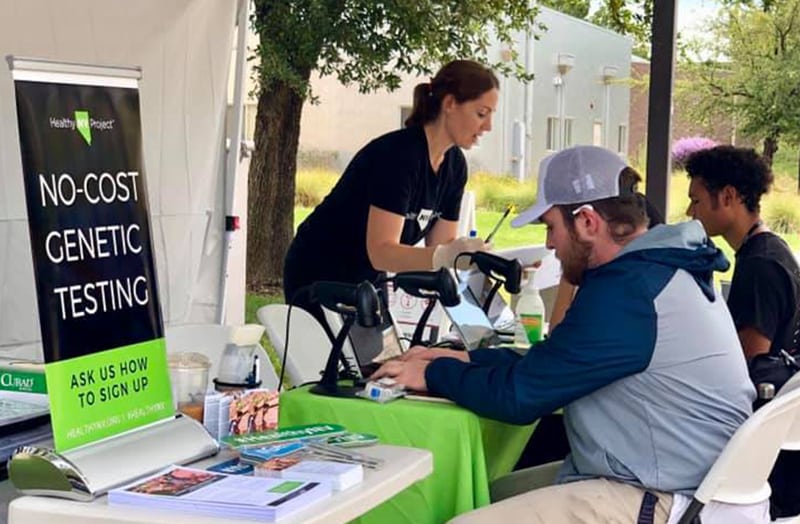
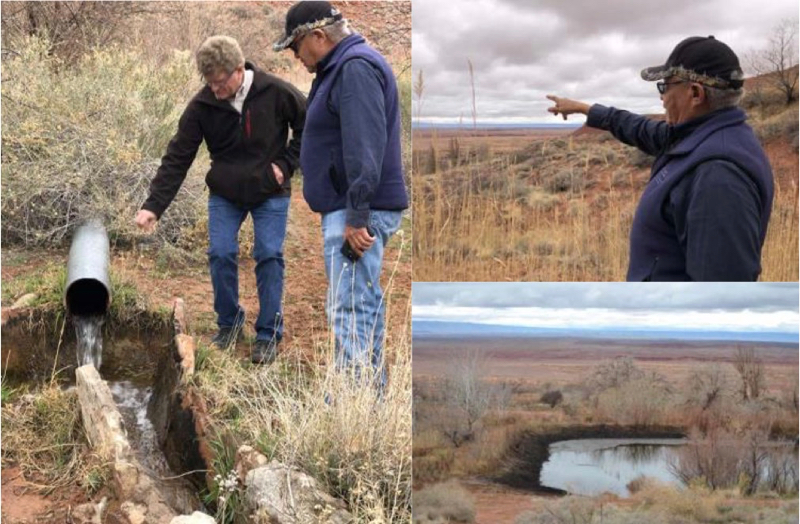
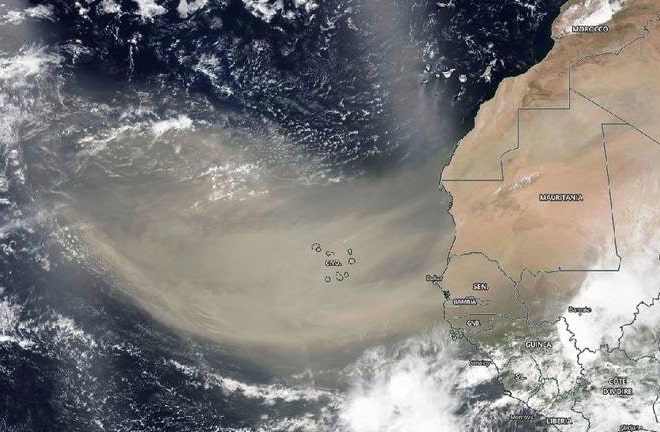
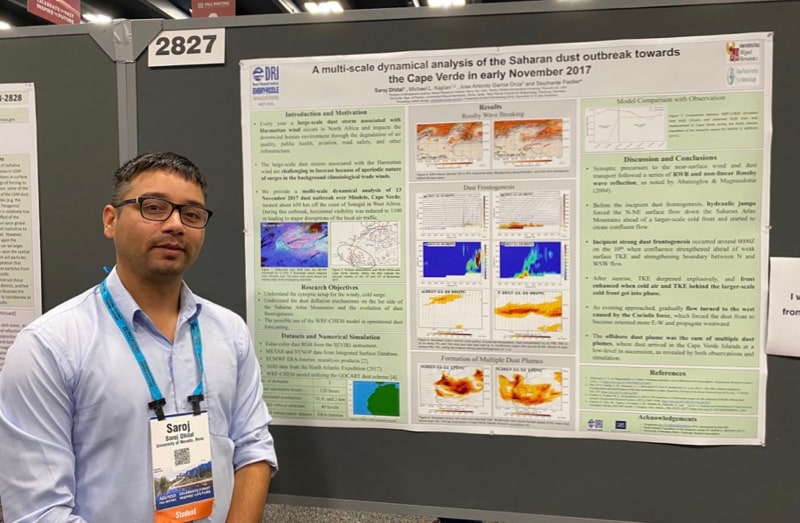
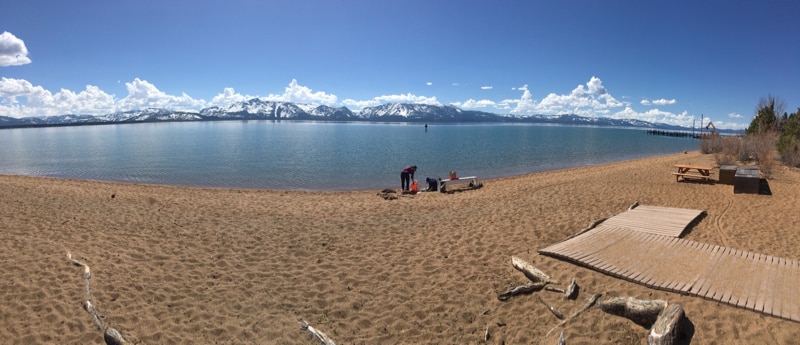
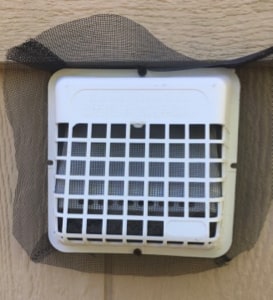
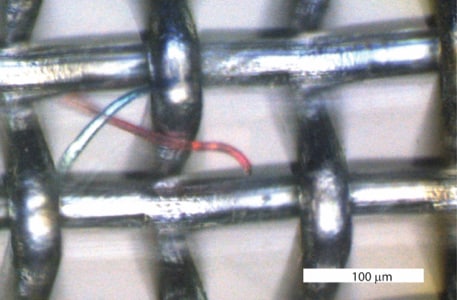

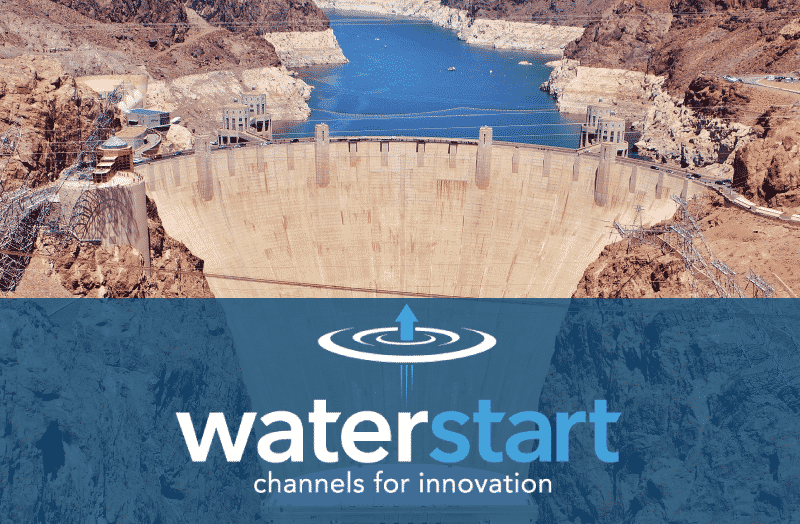
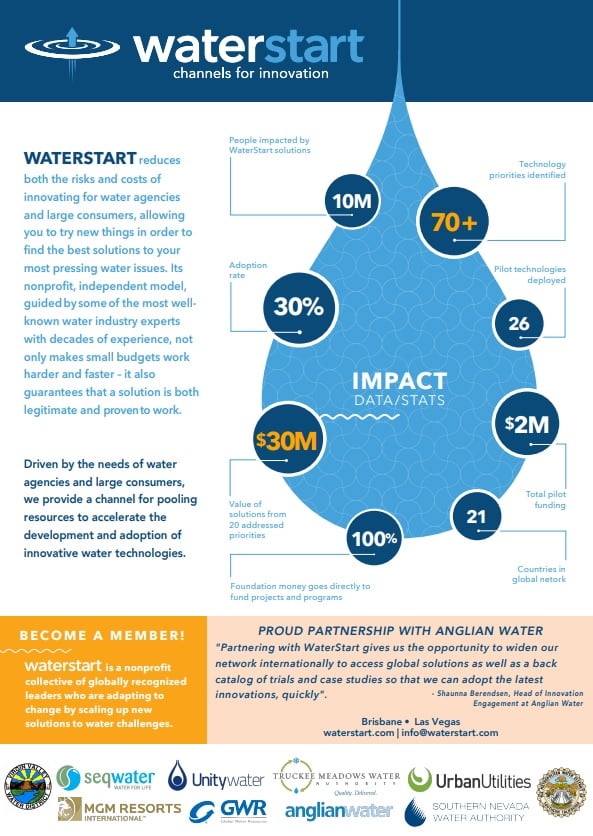
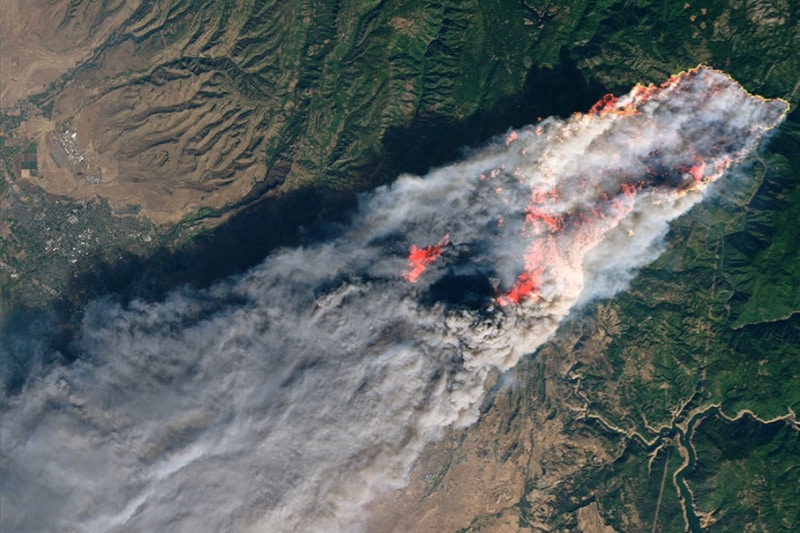
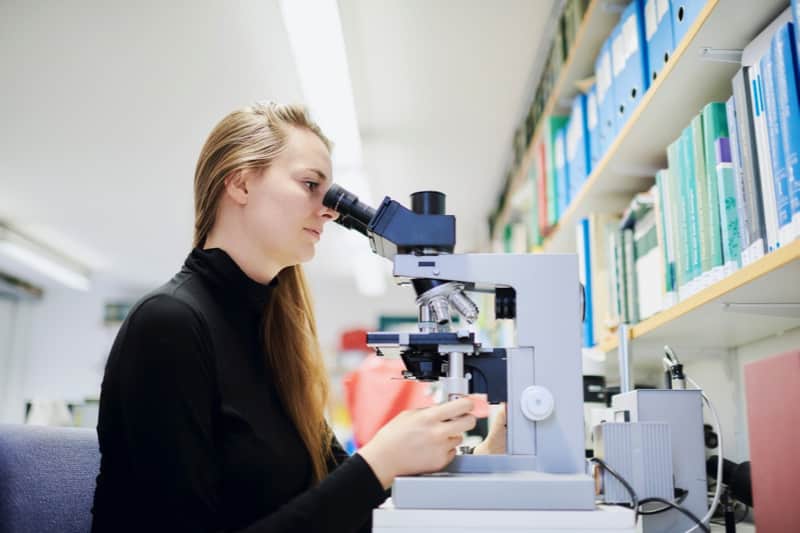
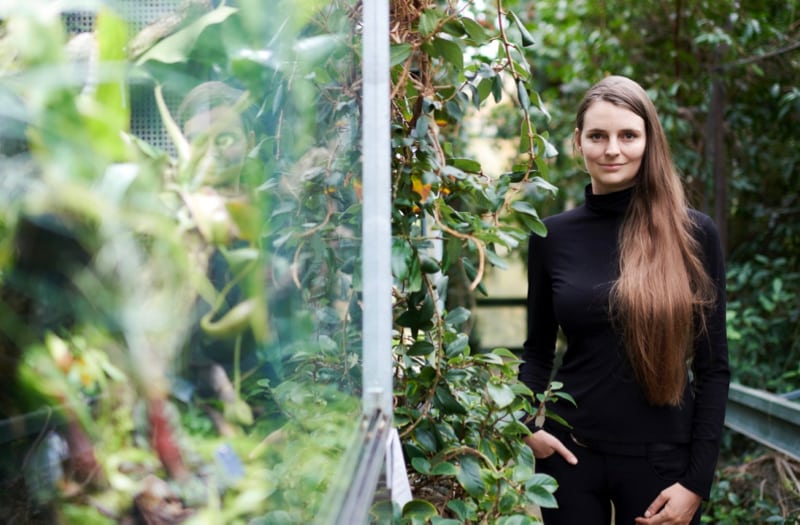
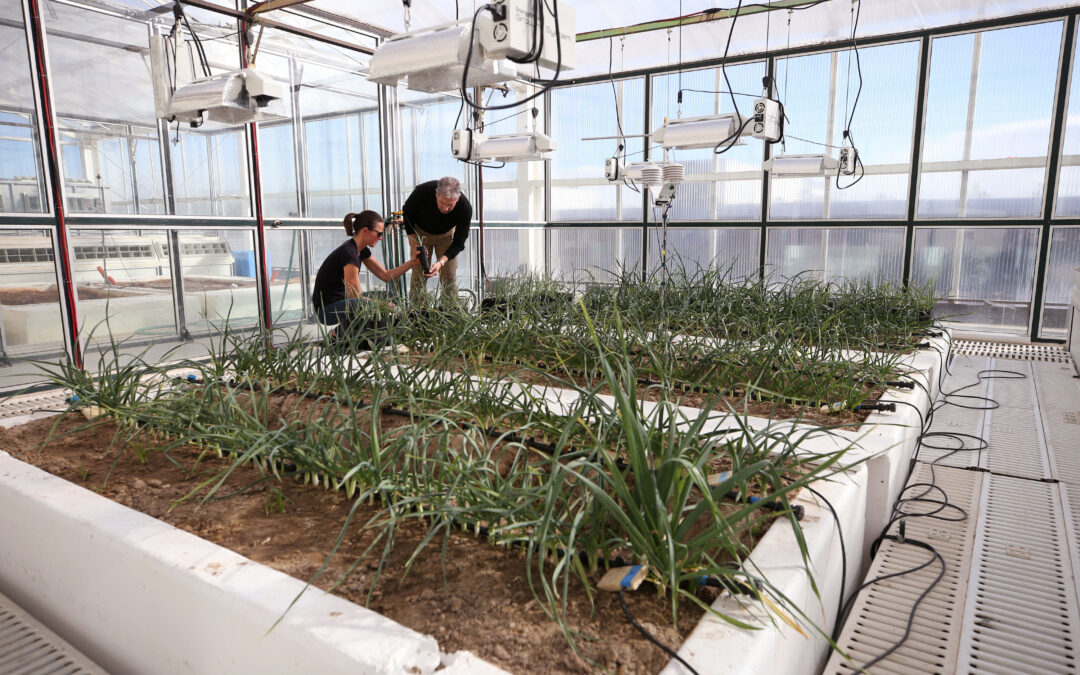
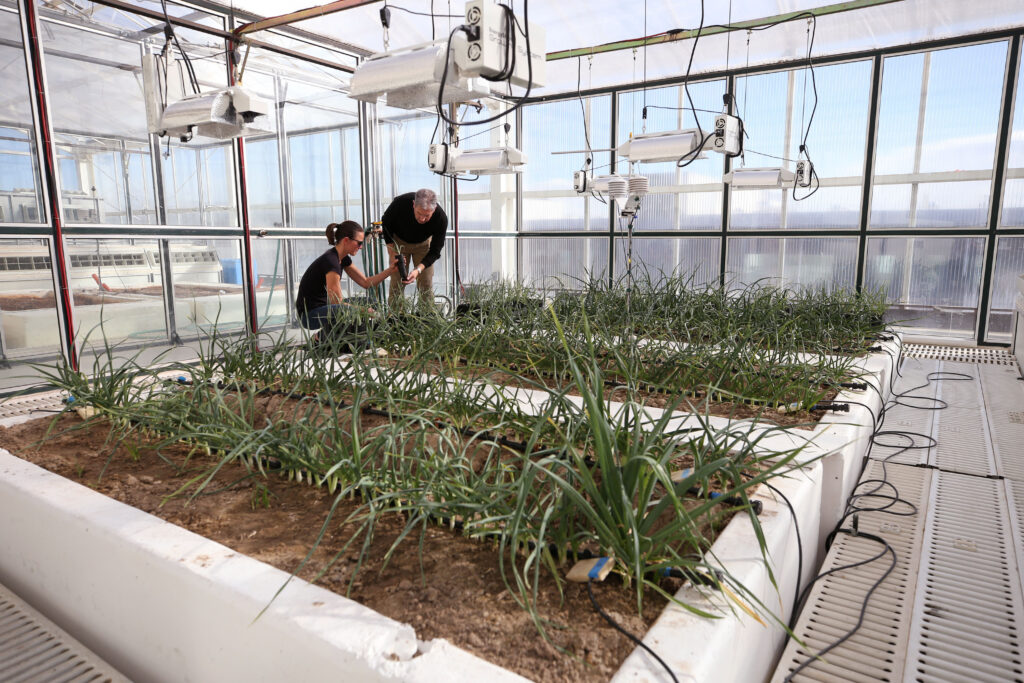
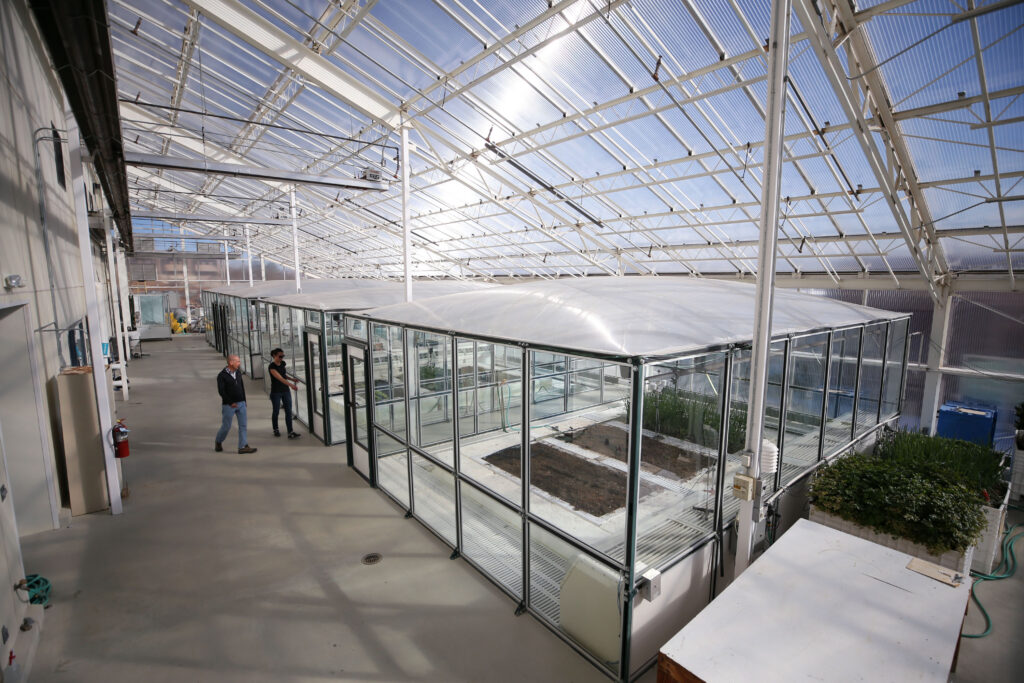
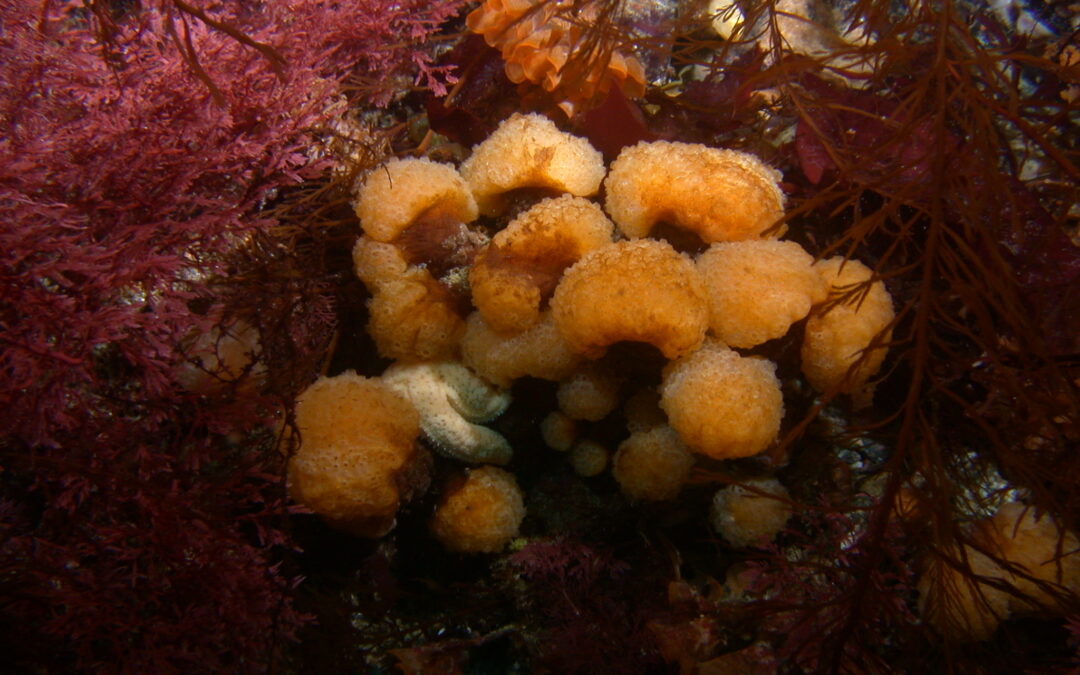
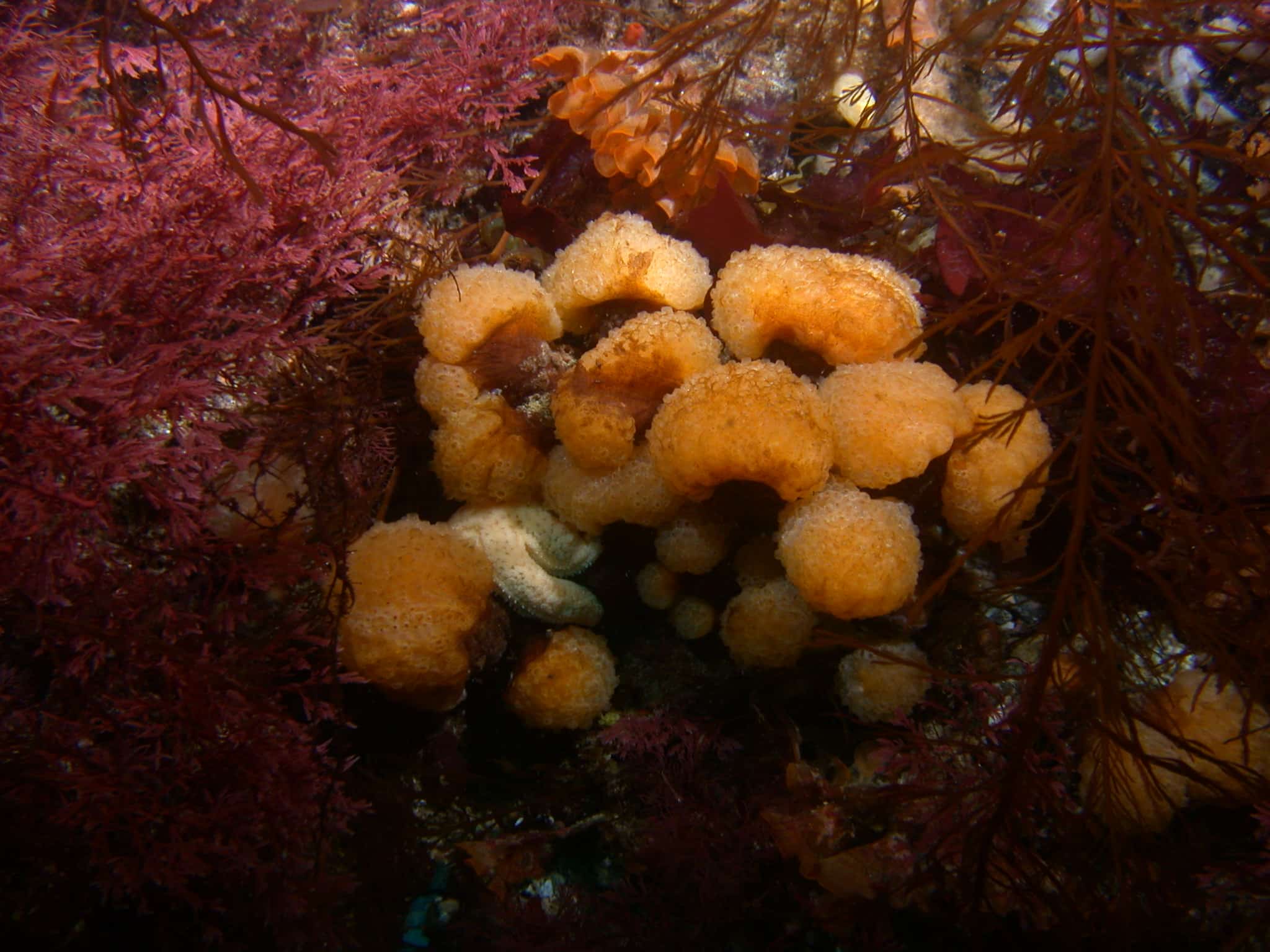
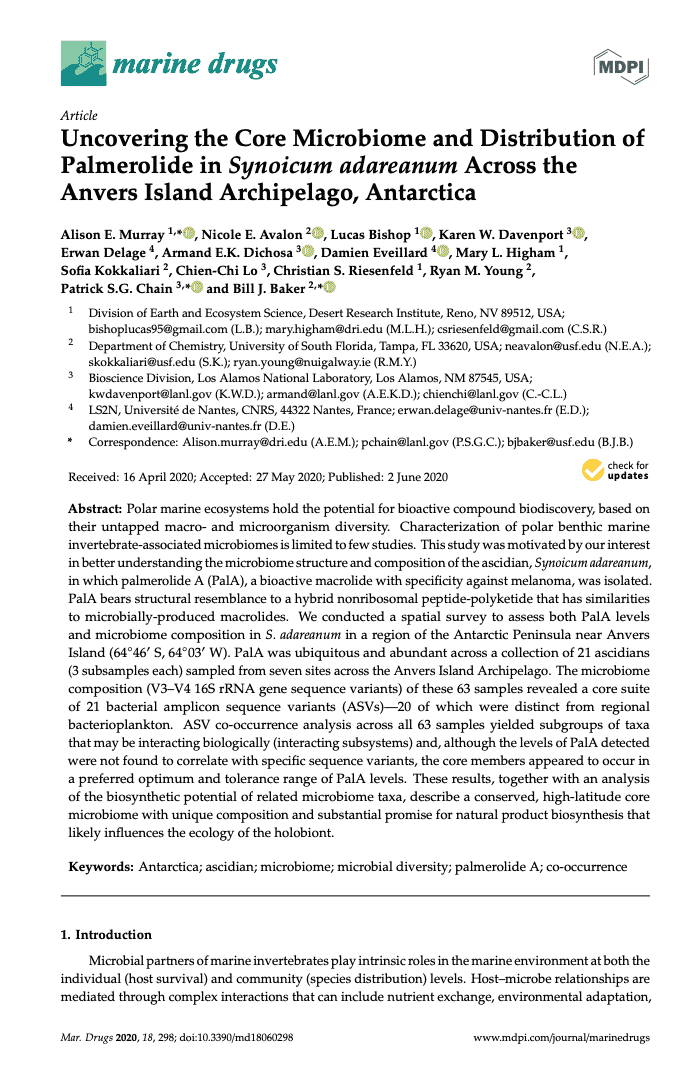
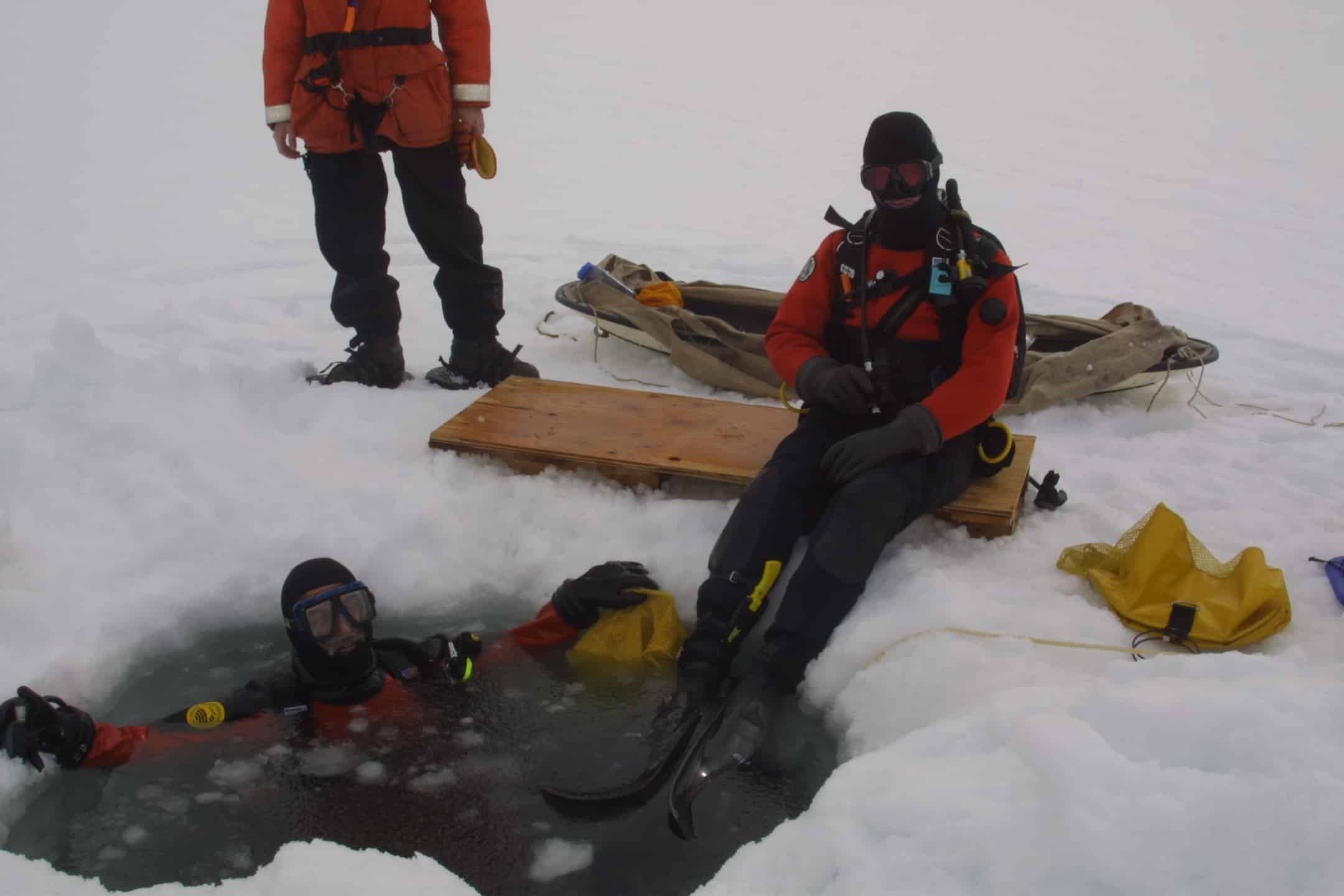
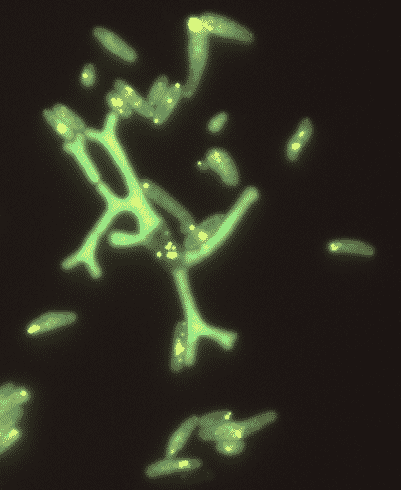
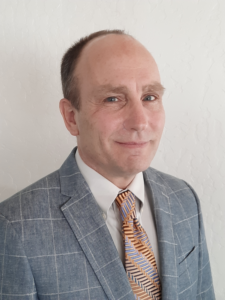
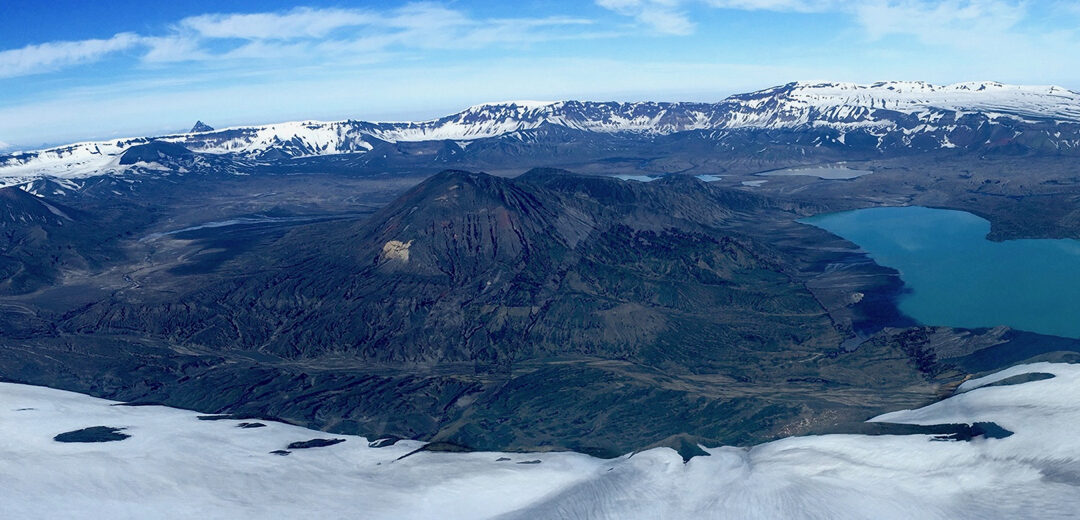
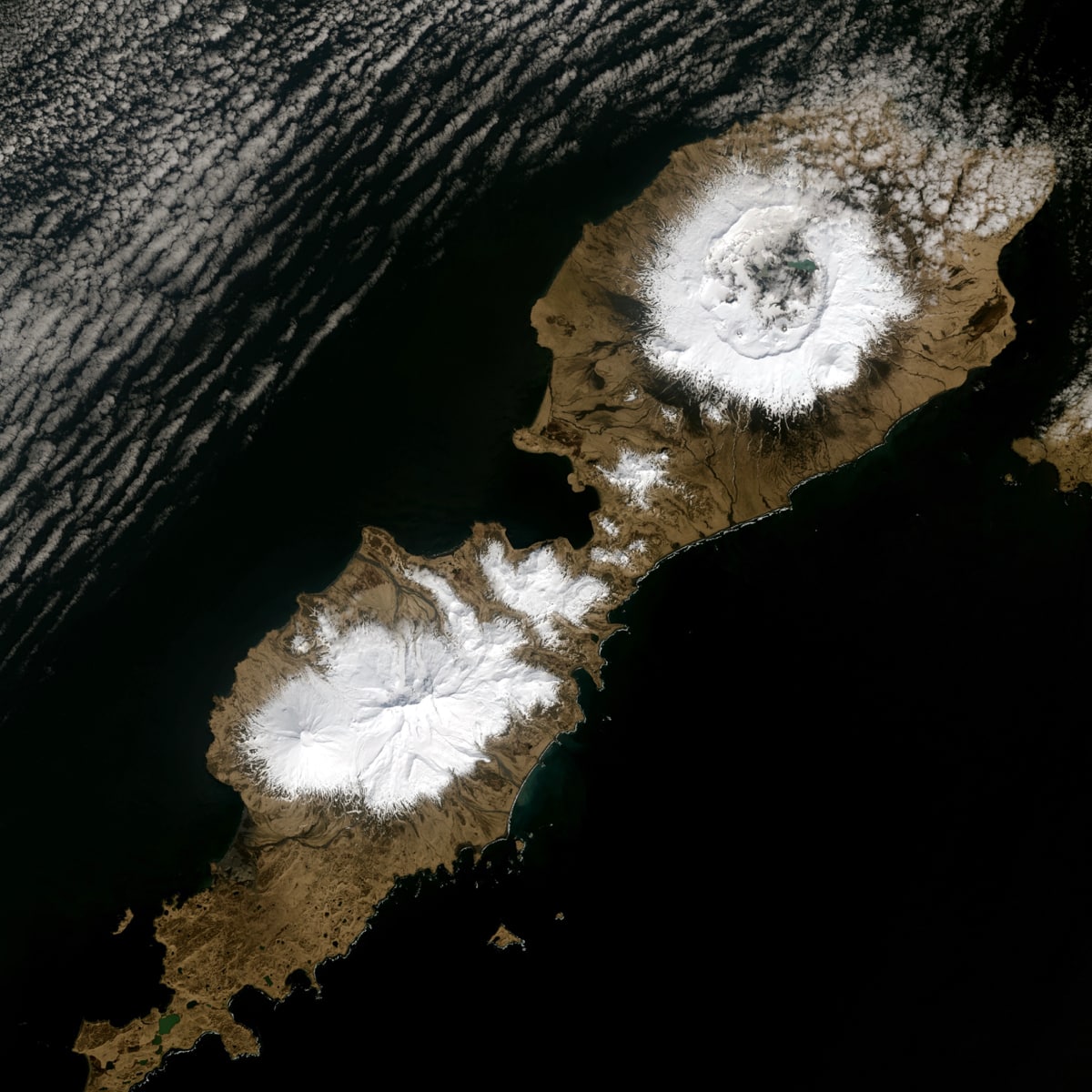
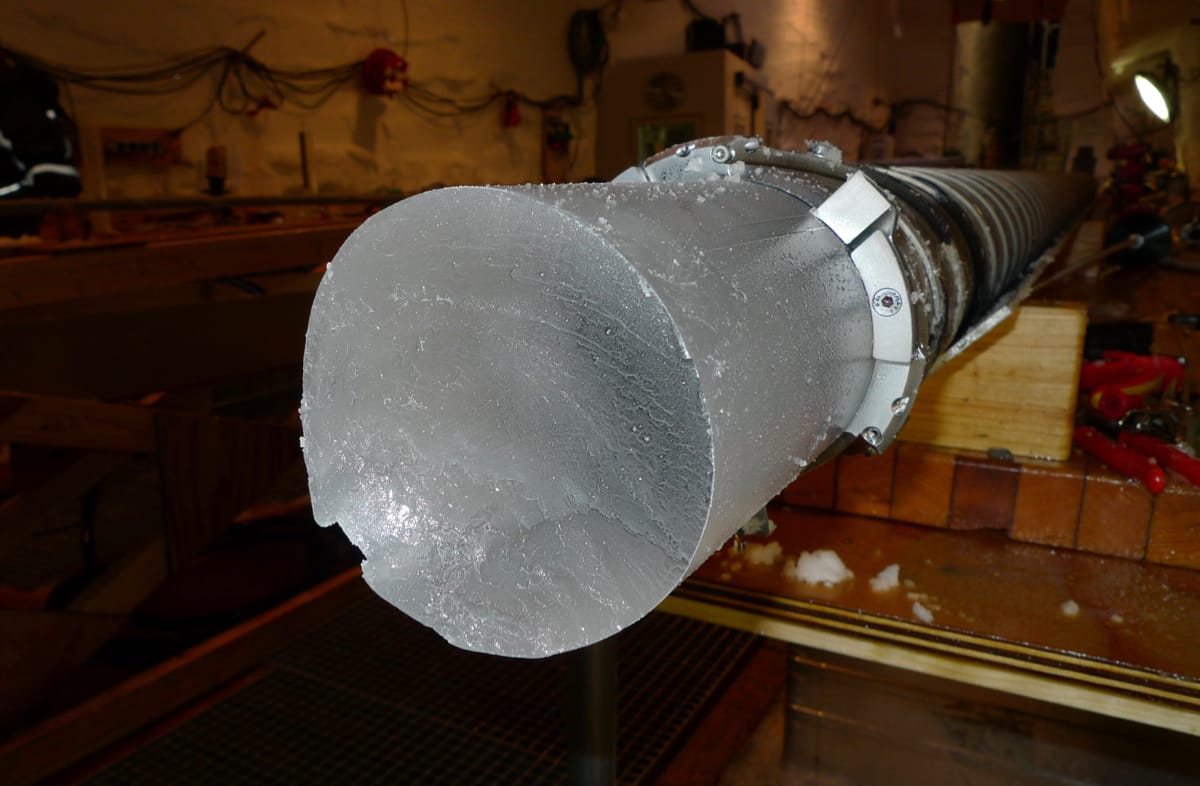
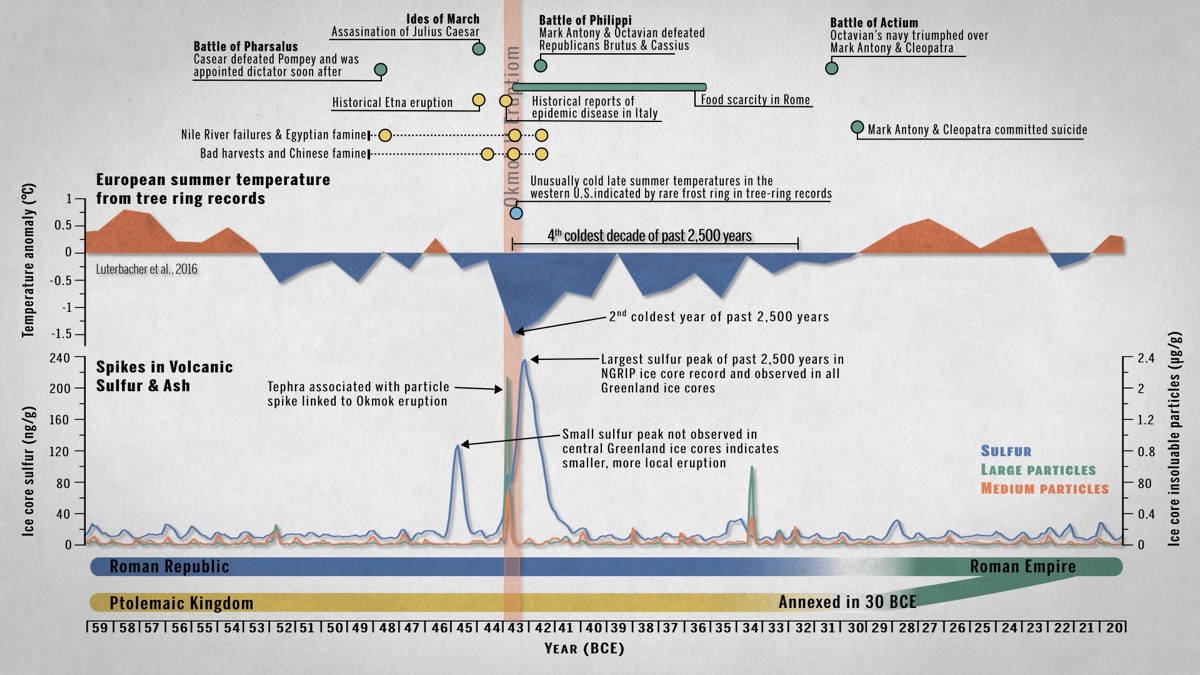
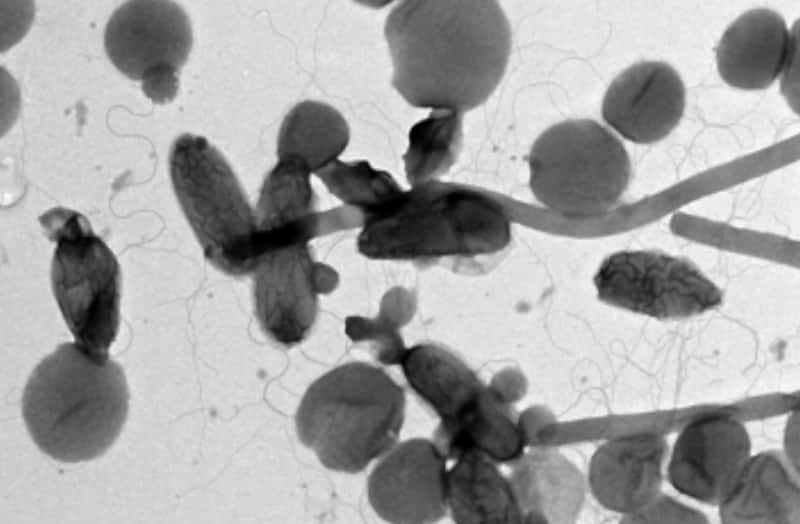
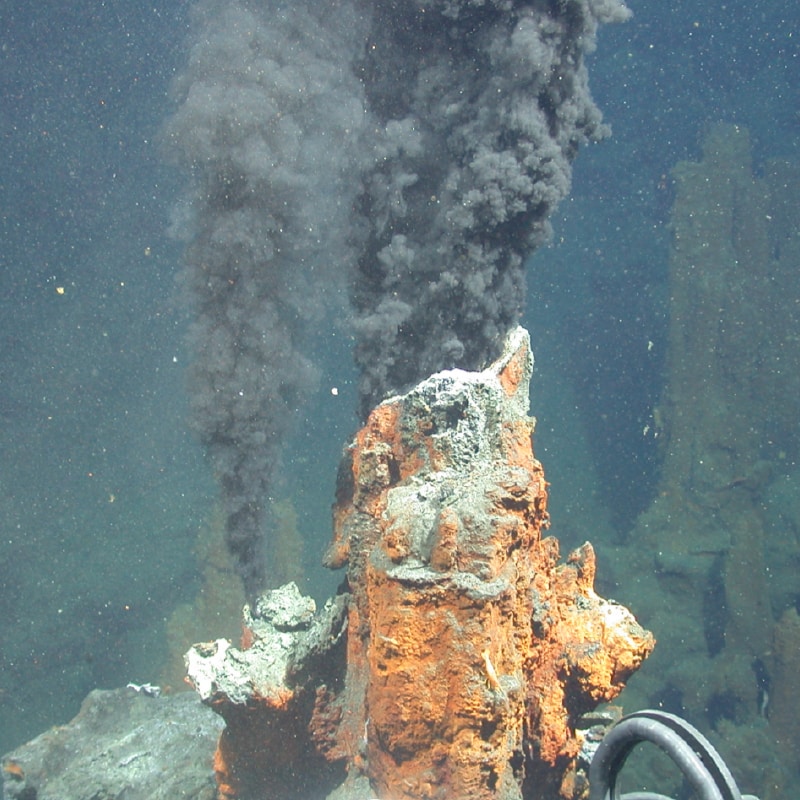
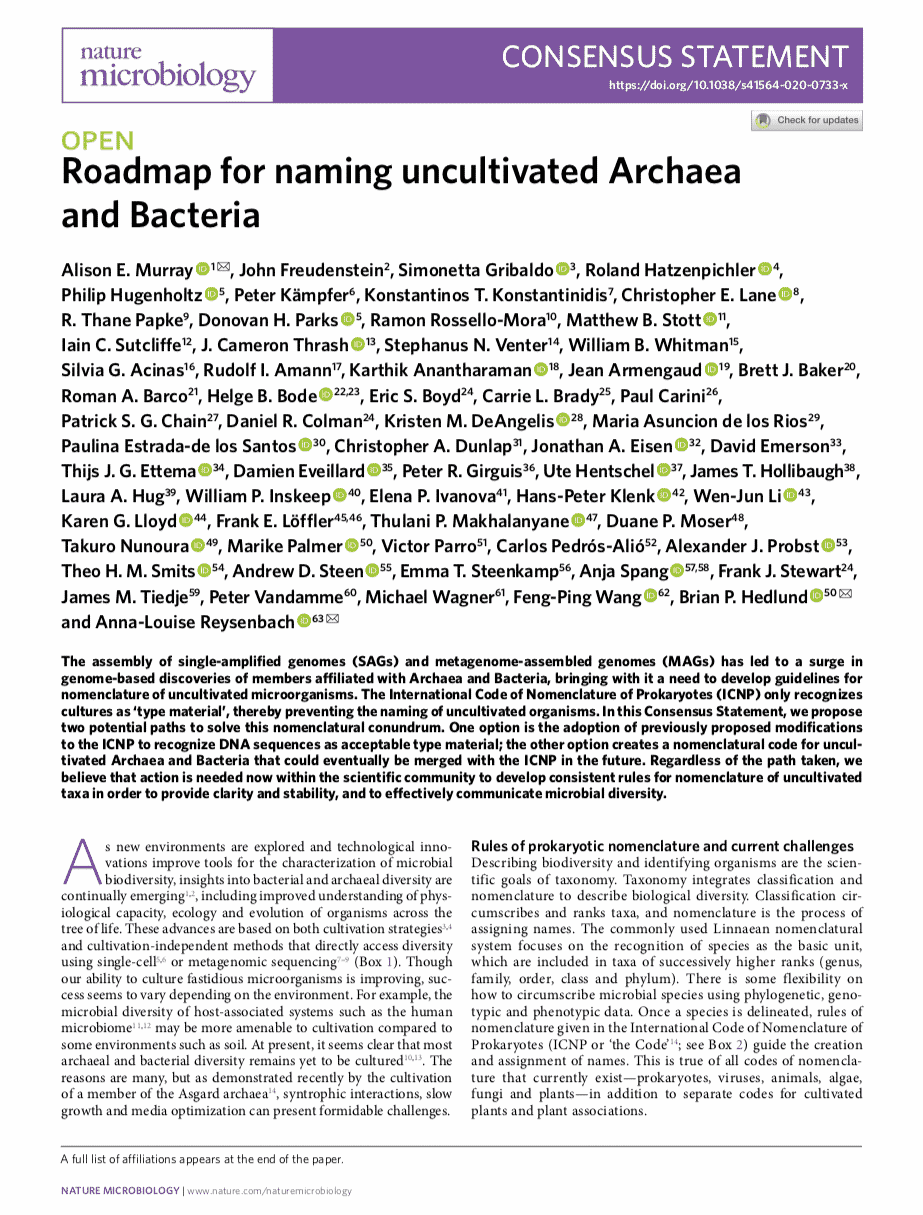
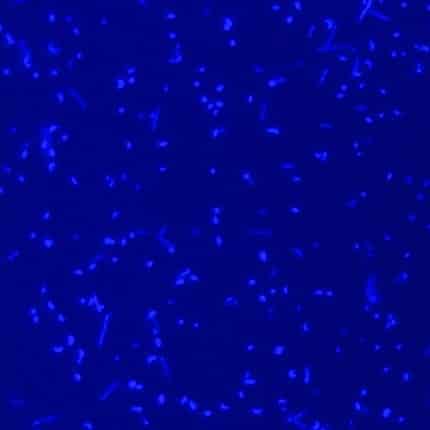
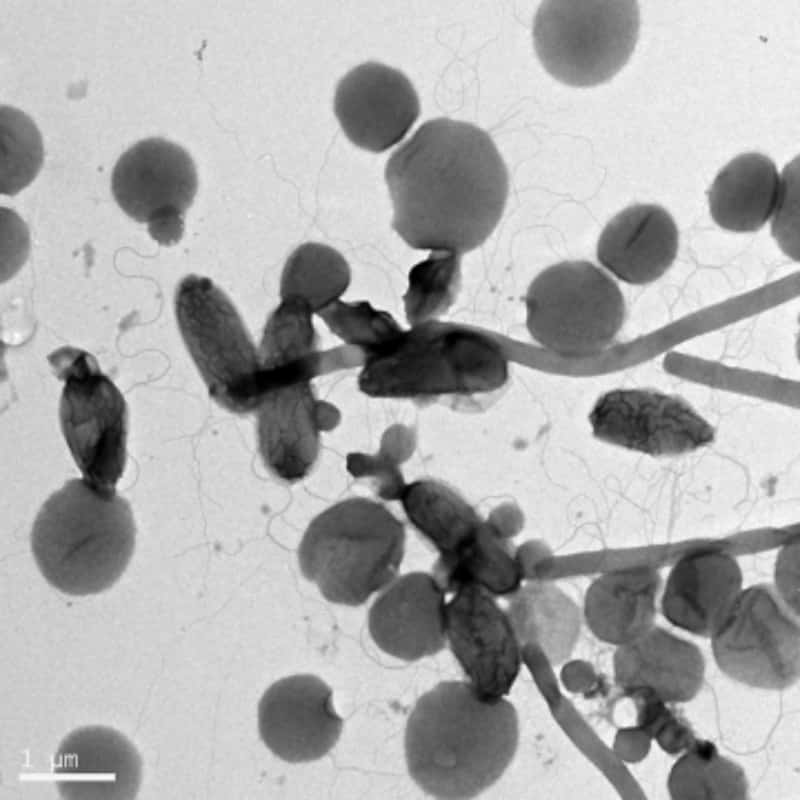
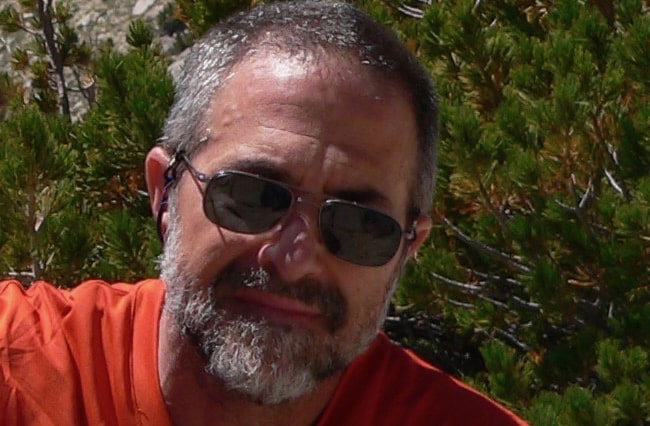
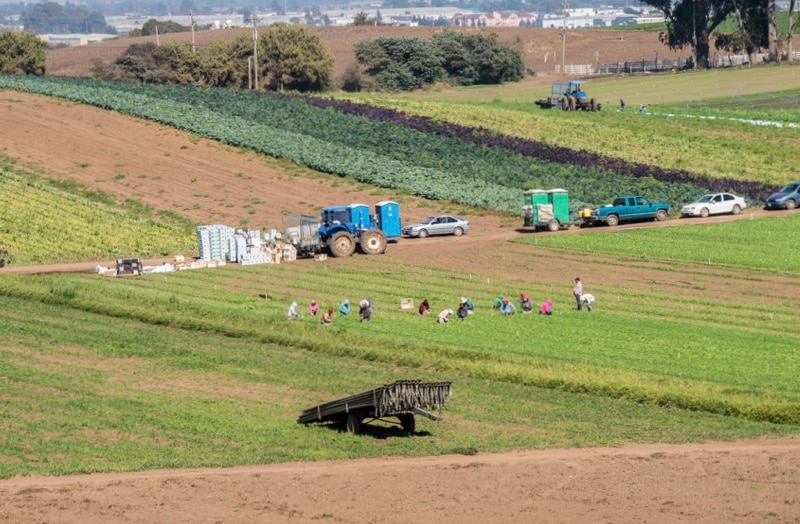
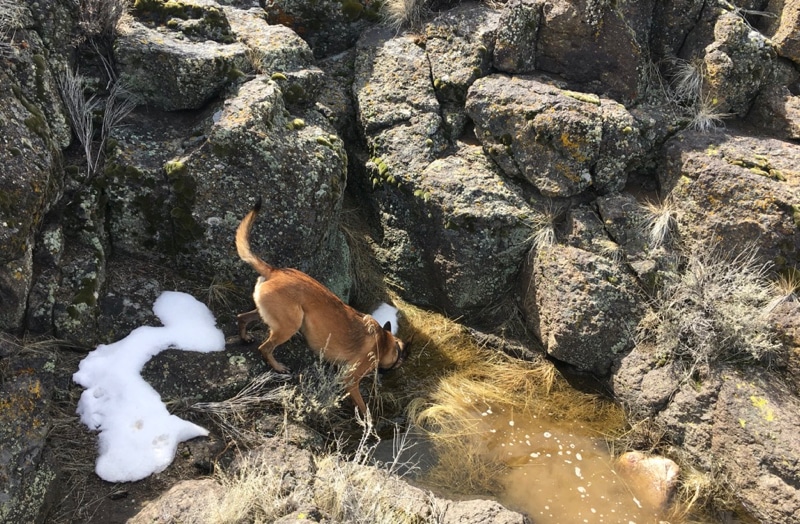
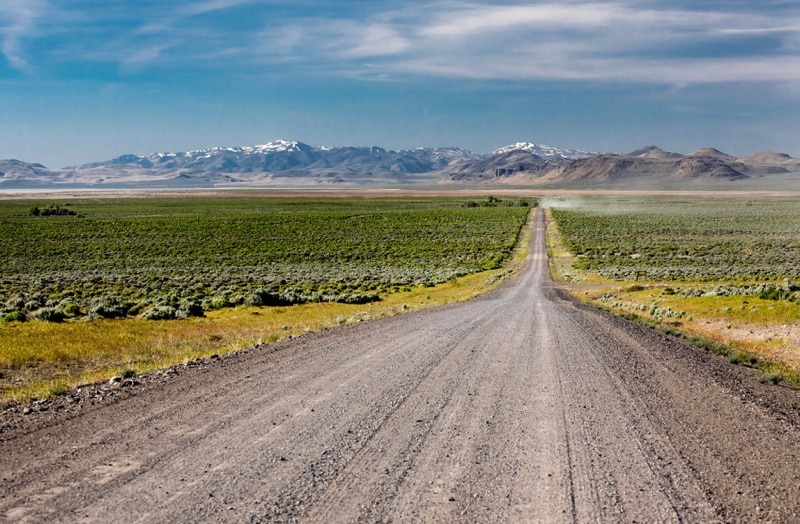
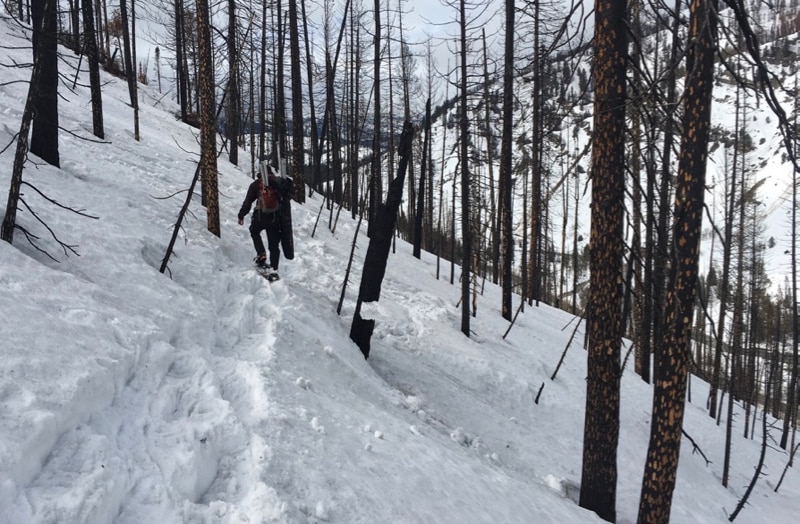

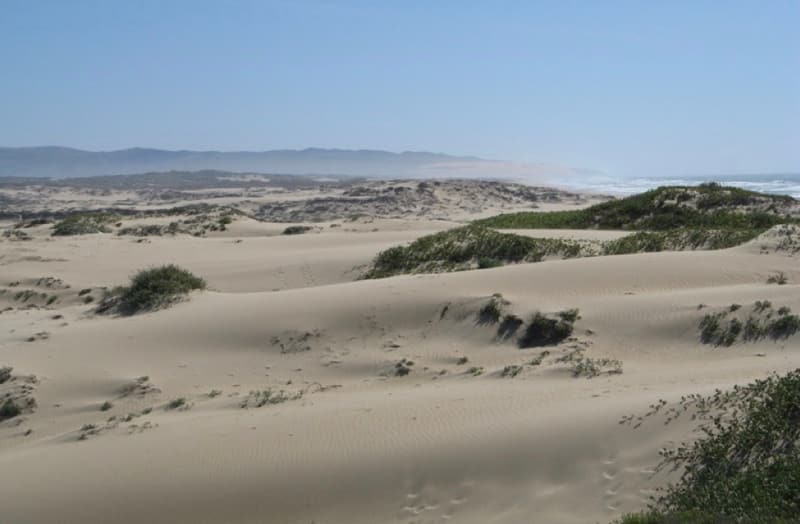
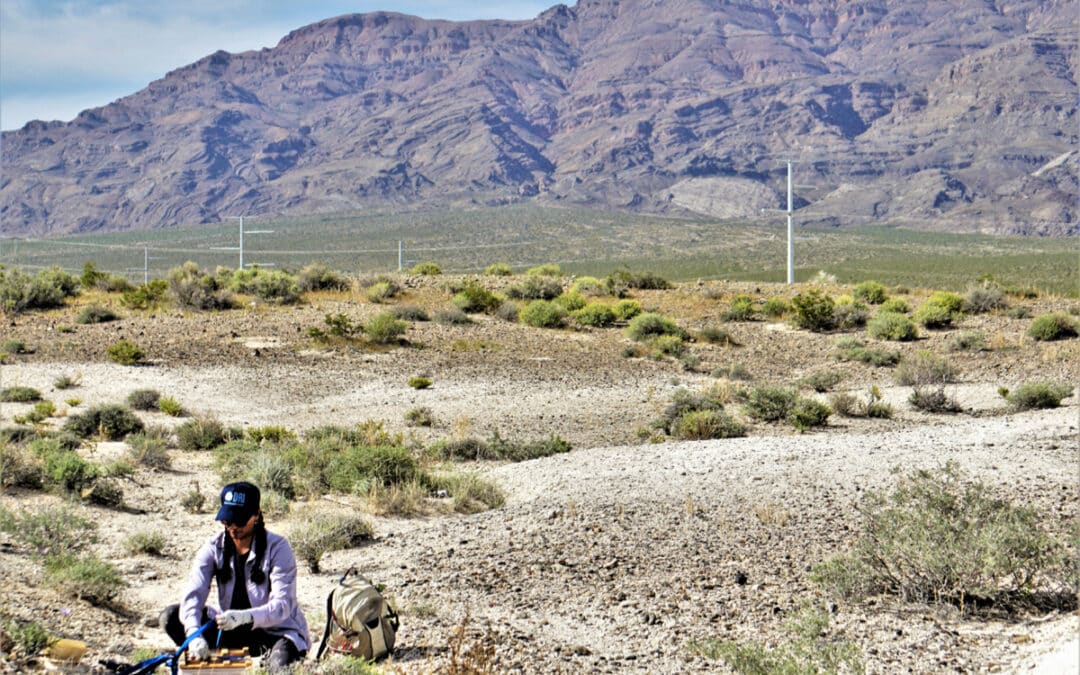
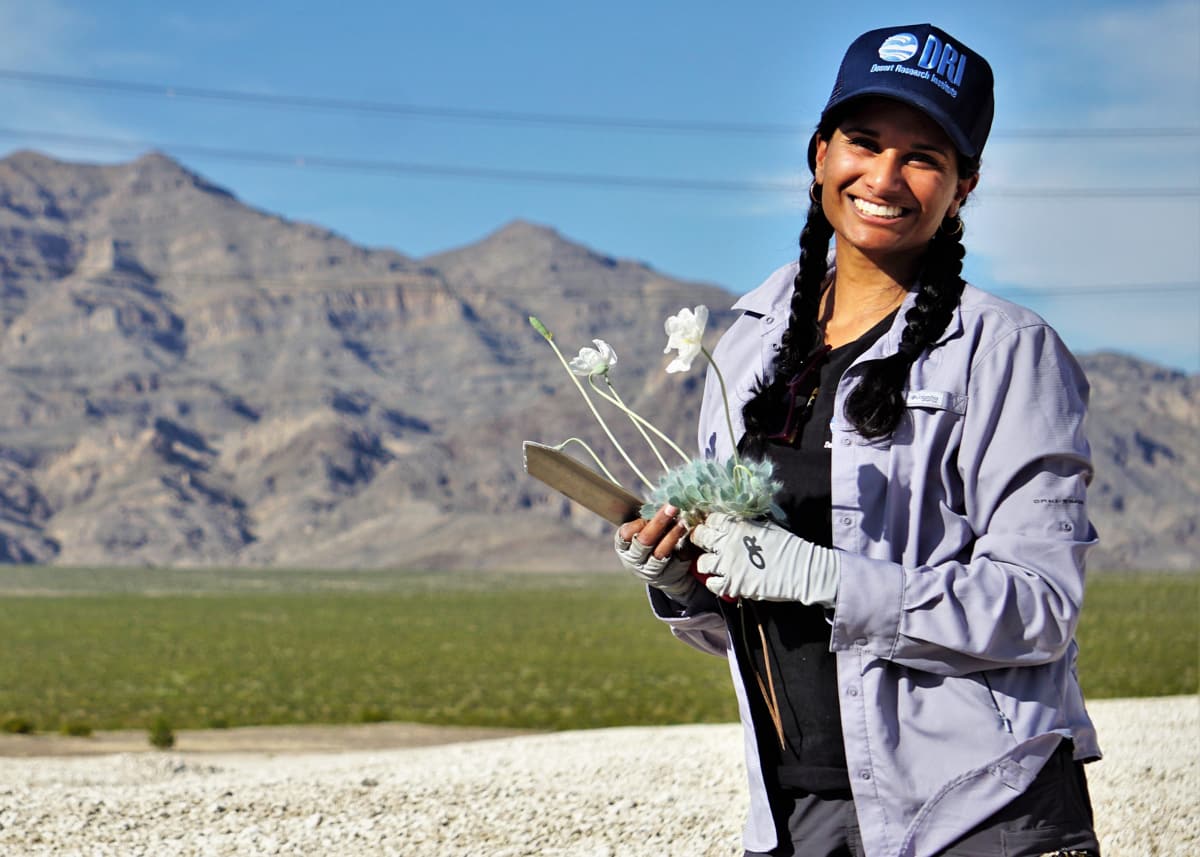
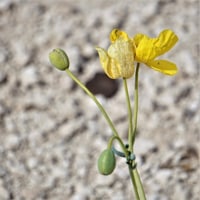
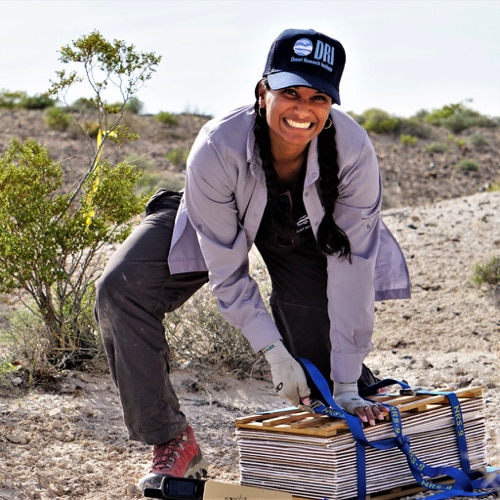
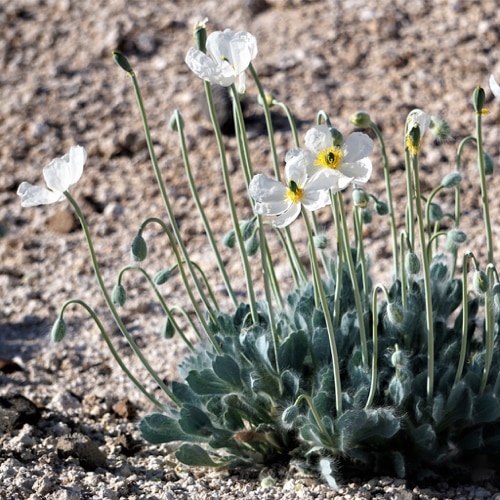
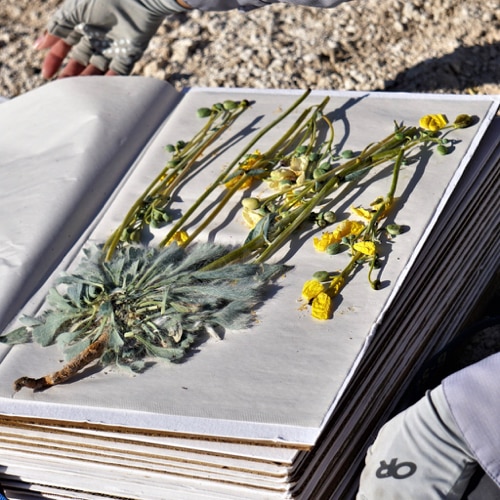

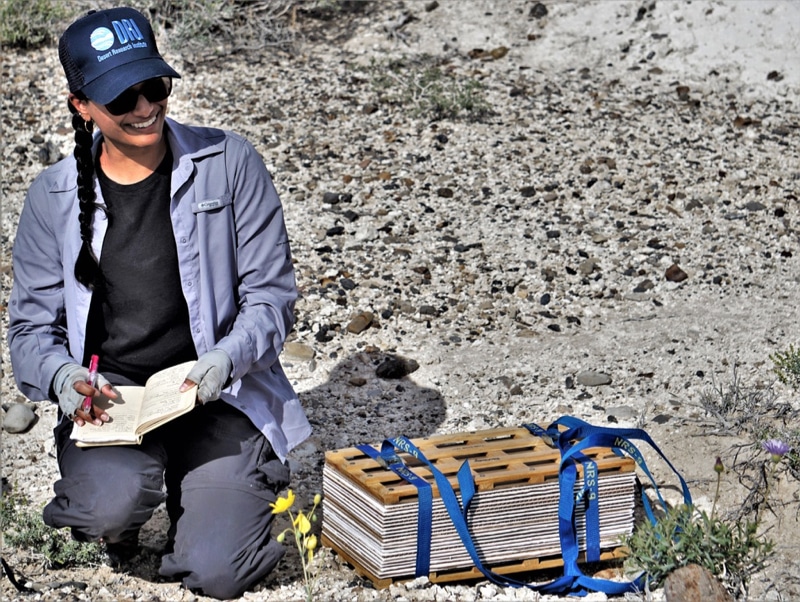

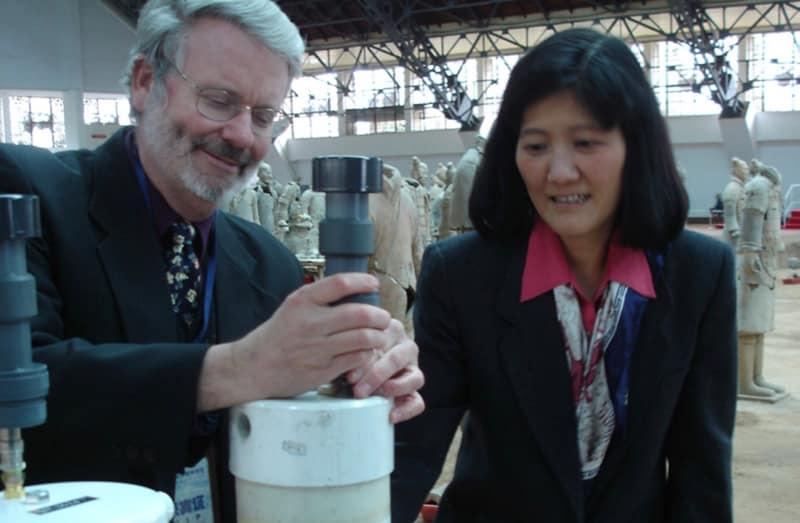
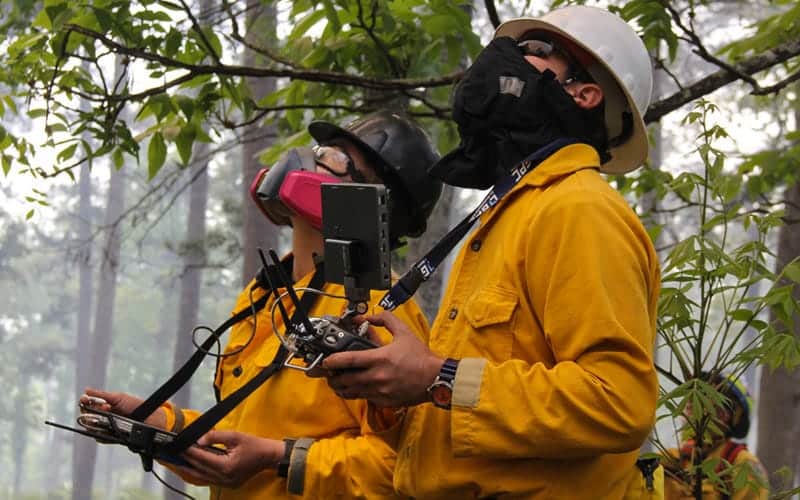
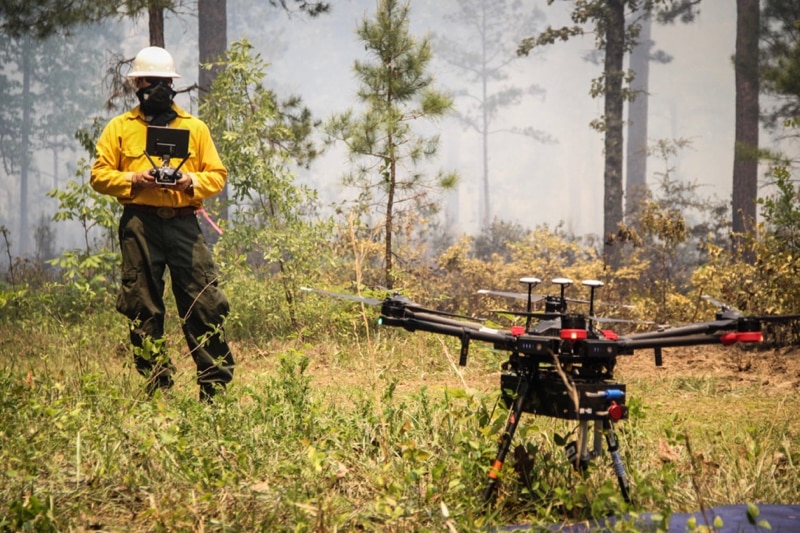

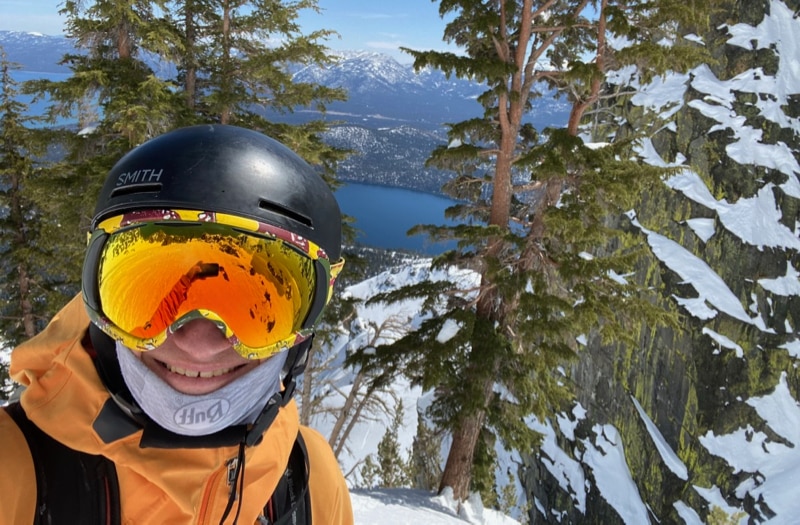
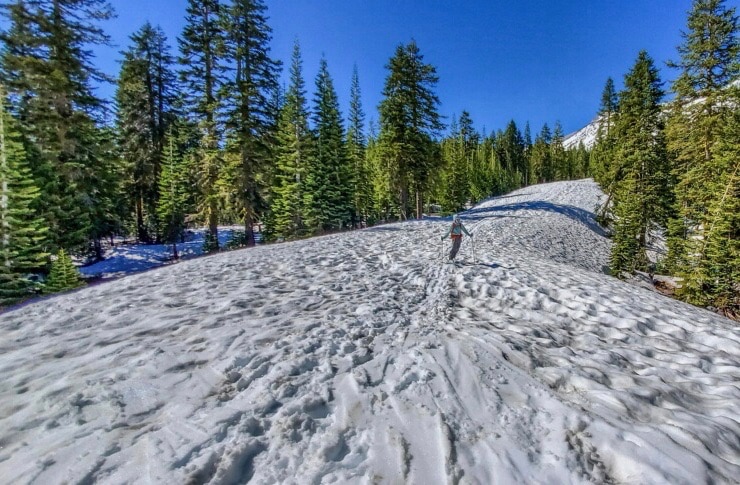
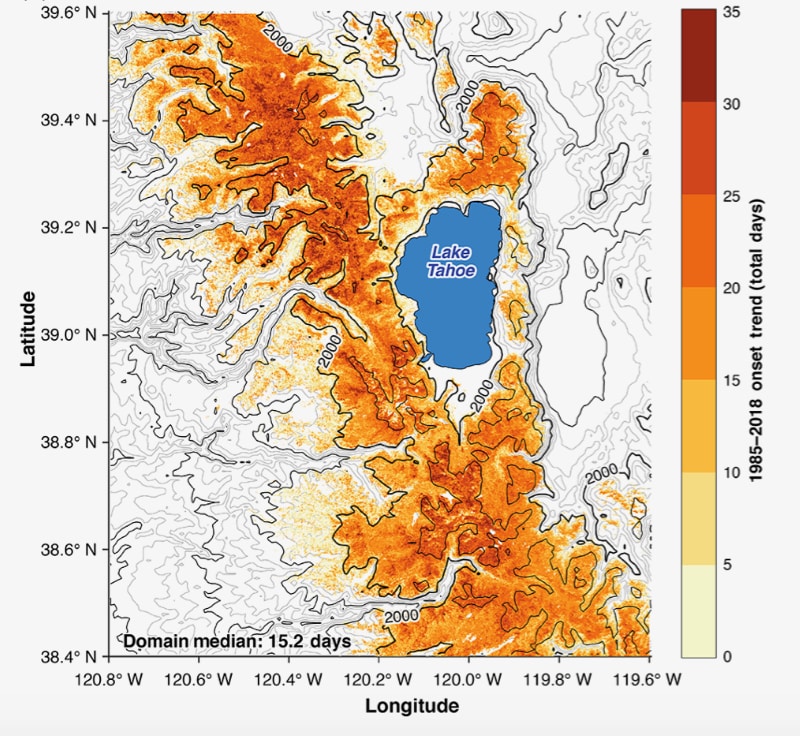
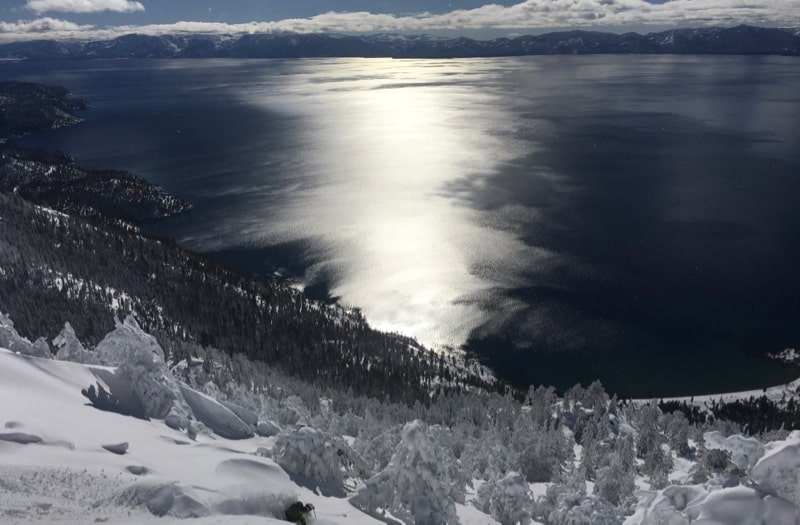
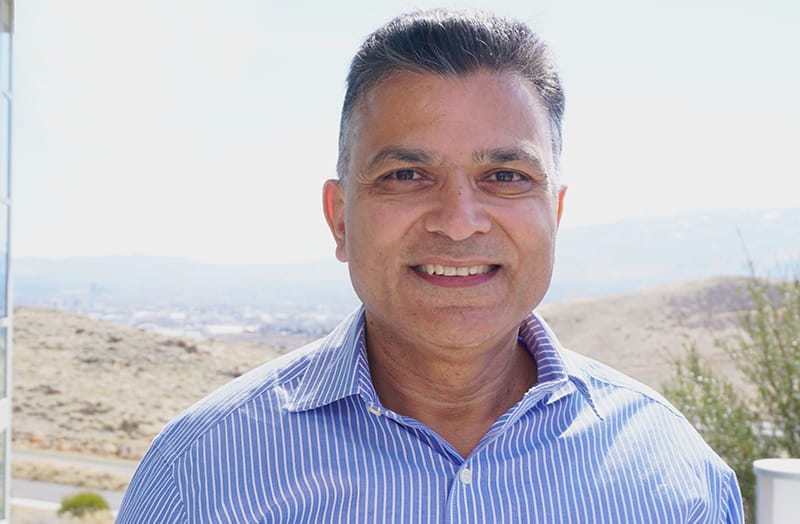
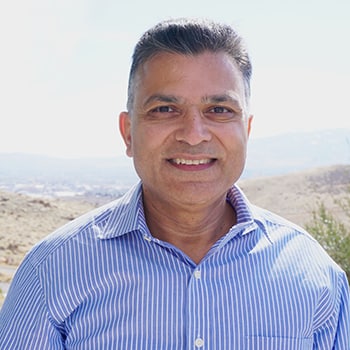 Dr. Kumar comes to DRI from the Electric Power Research Institute (EPRI) in Palo Alto, California, where he served for more than 20 years as a senior program manager and environmental leader in the areas of air quality, climate change, renewable energy, and multimedia sciences.
Dr. Kumar comes to DRI from the Electric Power Research Institute (EPRI) in Palo Alto, California, where he served for more than 20 years as a senior program manager and environmental leader in the areas of air quality, climate change, renewable energy, and multimedia sciences.
